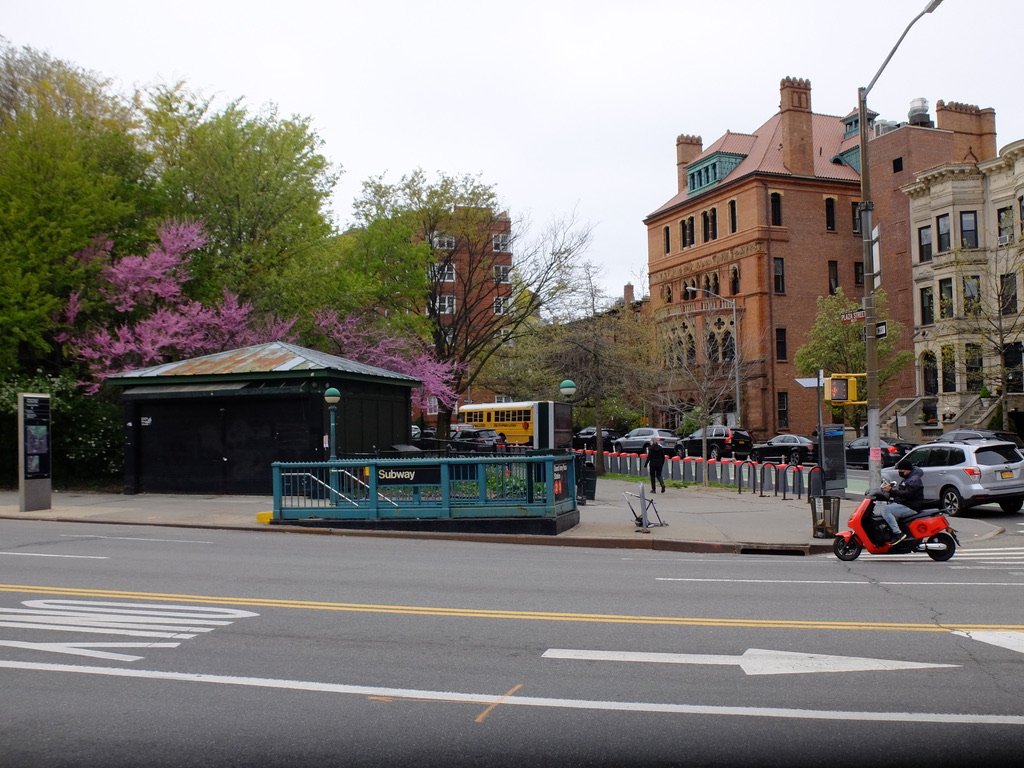During our many email encounters with Ted Mineau, Director of Tours Programs at The Municipal Art Society of New York during COVID, we became online friends. We met for lunch during our October ‘21 visit to NYC. We were arranging for a luncheon meeting for this visit when he said he’d like to try out a Greenwich Village tour on us. What a treat!
This is a long blog. Greenwich Village may be a village but it’s jam packed with history, stories, architecture & people.
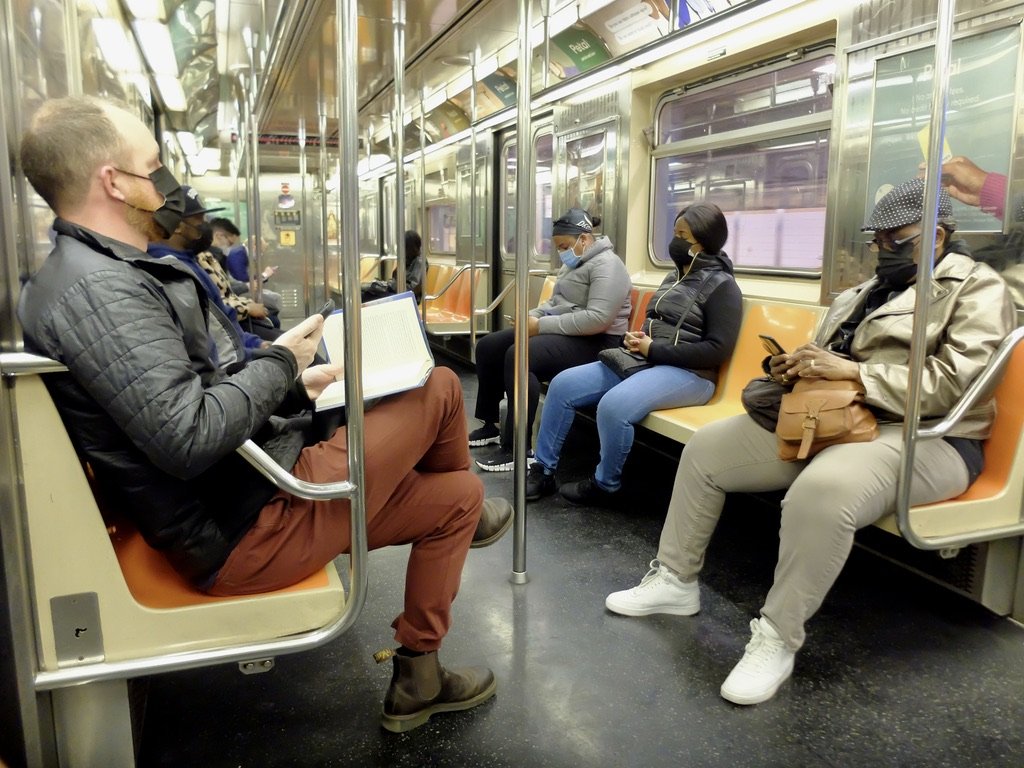
We took our first subway ride of this visit. Once again, during off hours & sitting in the less crowded first or last cars.

This was the perfect subway read as a lot of the action took place on the, familiar to us, subways & streets of midtown Manhattan.
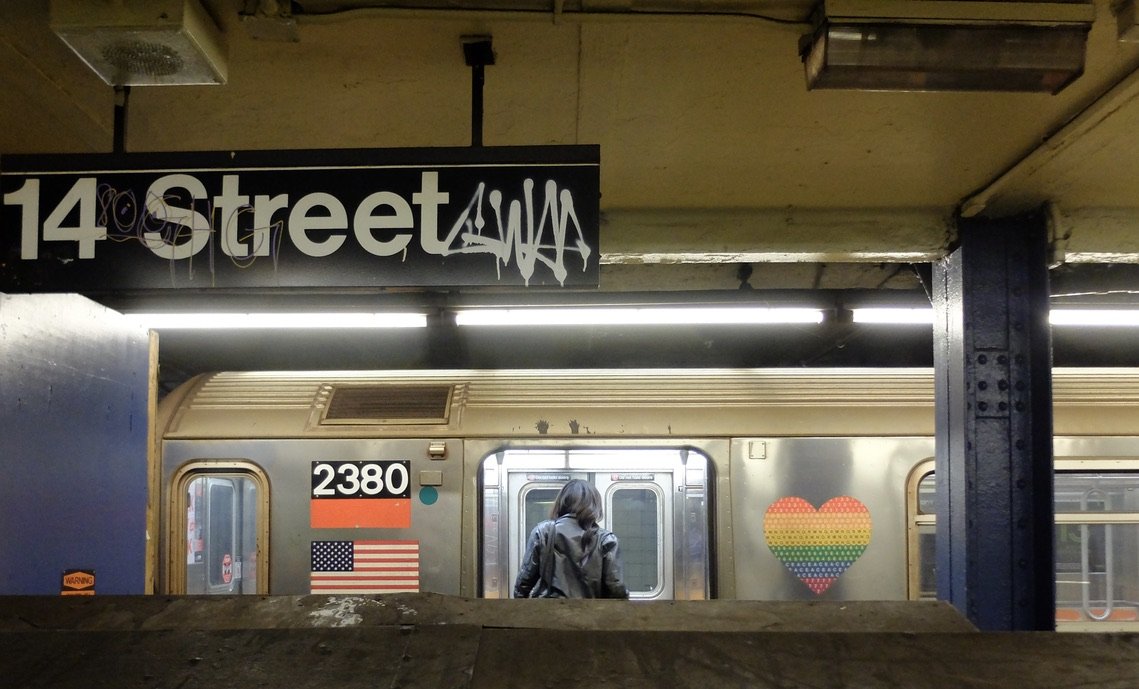
This heart was new to me. Look closely & you'll see that it consists of MTA subway line symbols.
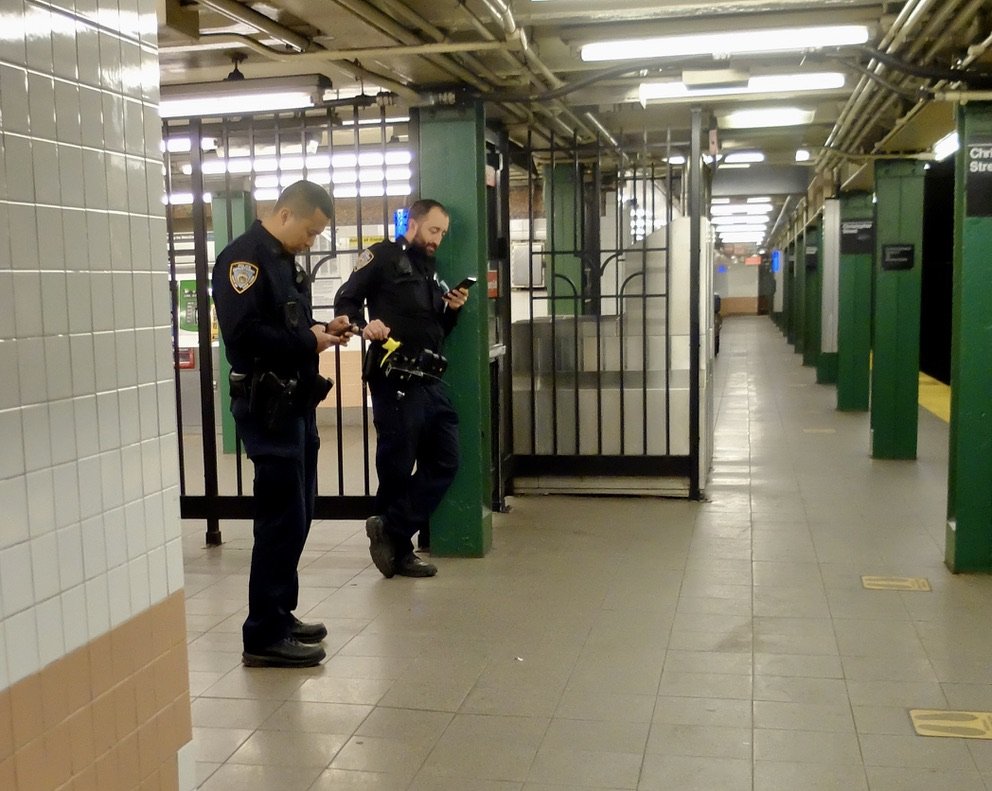
In "Gone Tomorrow," Reacher was observing passengers for signs of suicide bombers or suicide leaning folks. He said that was in directives all NYPD officers received. These guys didn't make me feel confident...
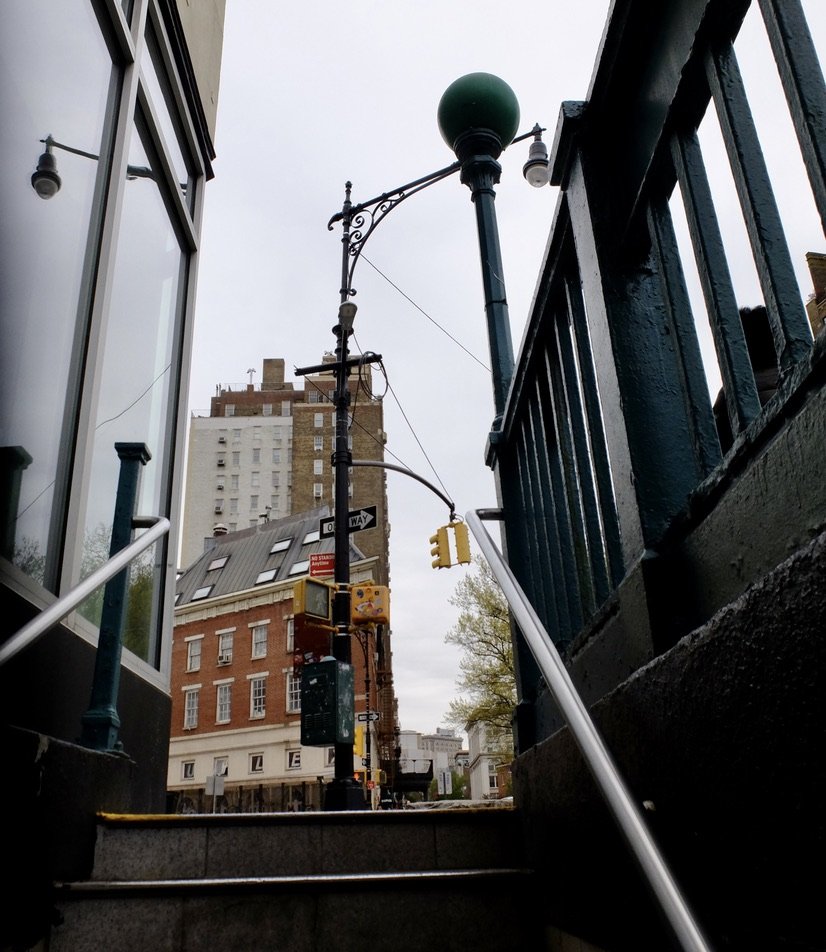
Before we met up with Ted, we took our own short walking tour. Later, Ted filled us in on some historical details.

Phil Mortillaro’s Greenwich Locksmiths is reputed to be the smallest freestanding building in Manhattan. The house next to it must date from the time of people arriving mounted on a horse. Check out the height of the gate.
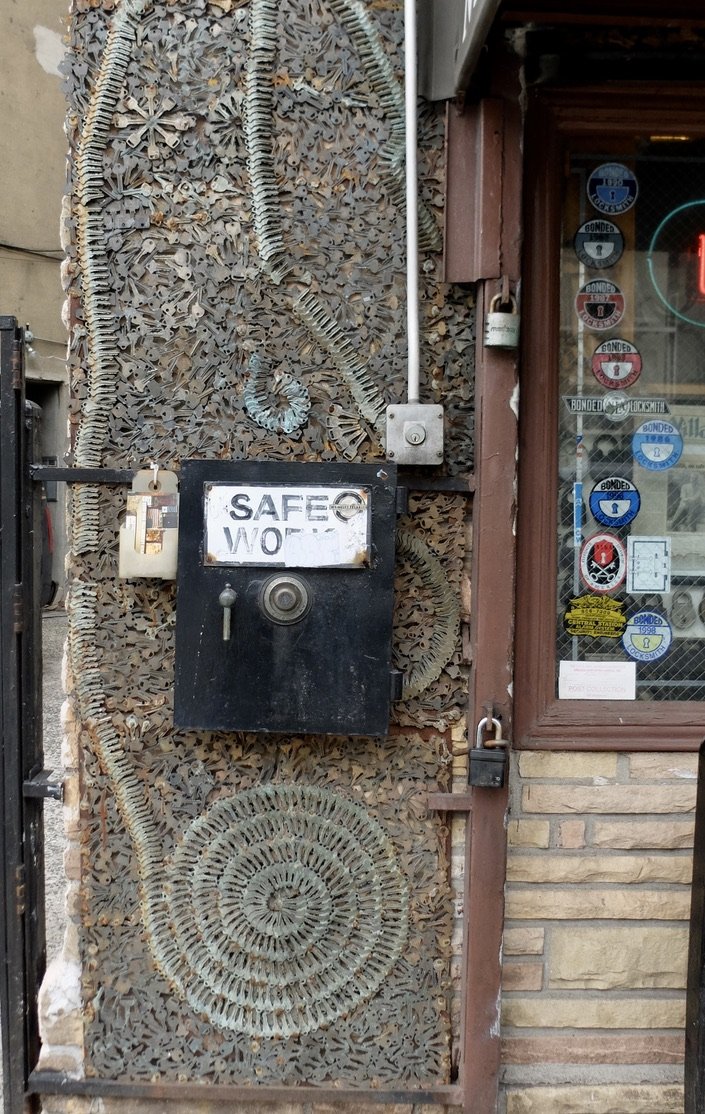
Since 1980, Mortillaro has been making keys in the Greenwich Village. https://www.youtube.com/watch?v=9QOe1_PSGLM
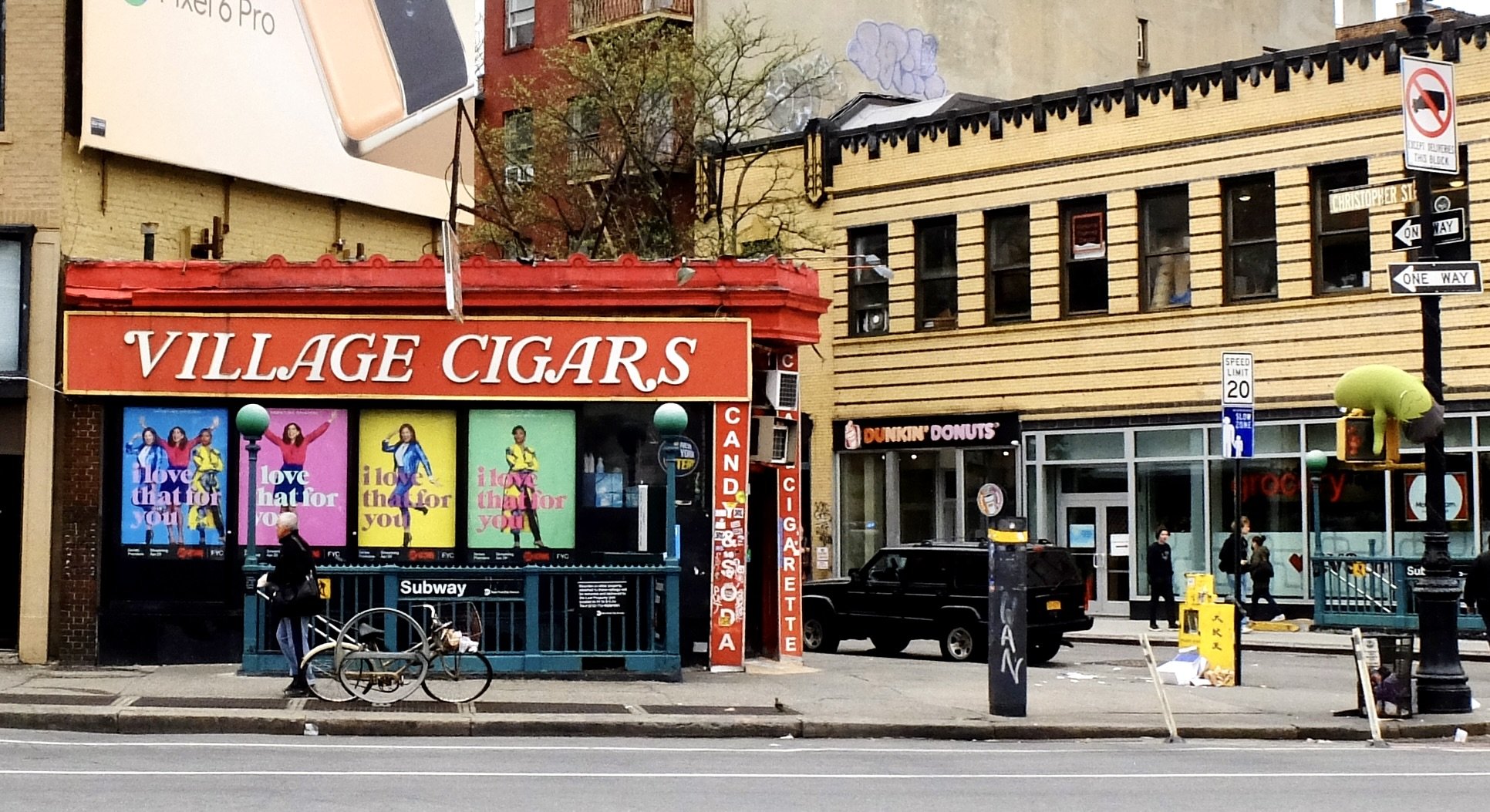
-
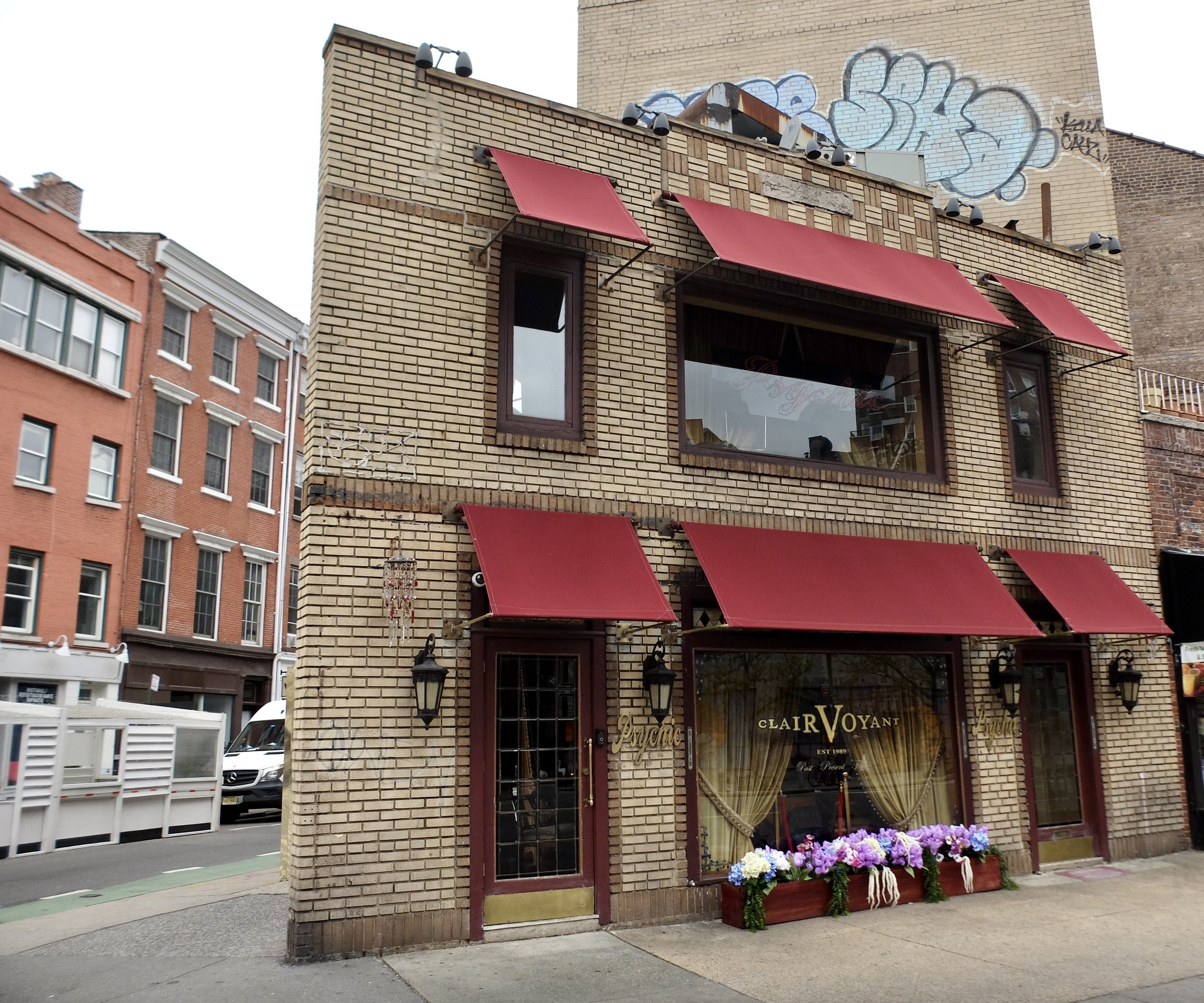
My spotter Nomi spied this "Clairvoyant."
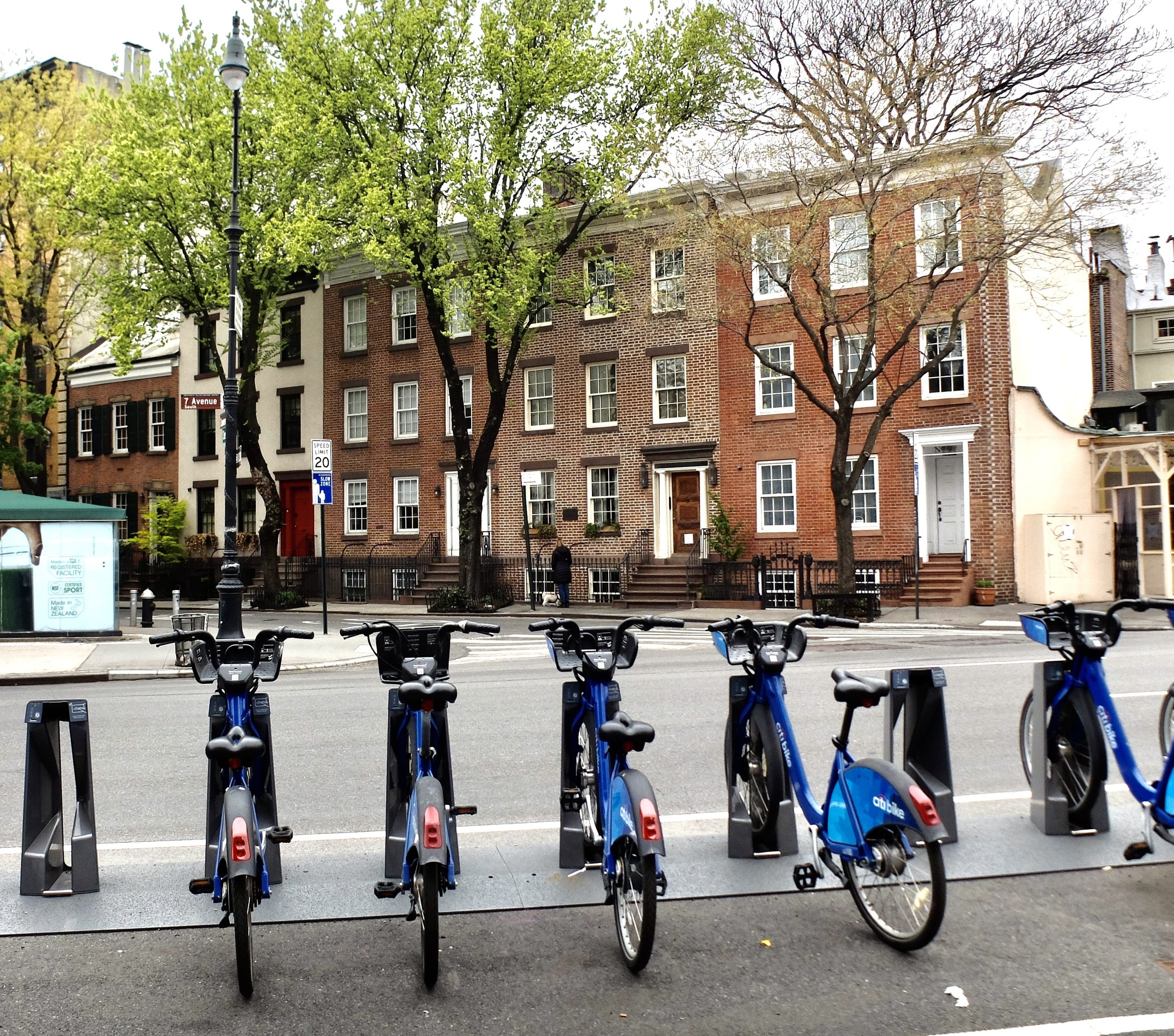
7th Ave. S. didn't exist until a subway line was to be tunneled beneath this area. 7th Ave. was continued south, above the subway line. North of the new 7th Ave. all the address #'s were set. So, they had to add “South” to 7th. Ave. As a result of cutting this diagonal south, one sees sides of the buildings vs. fronts or backs.

The upper part of this 1935 photo of 7th Ave. by Berenice Abbott shows the angle where 7th Ave. South begins.
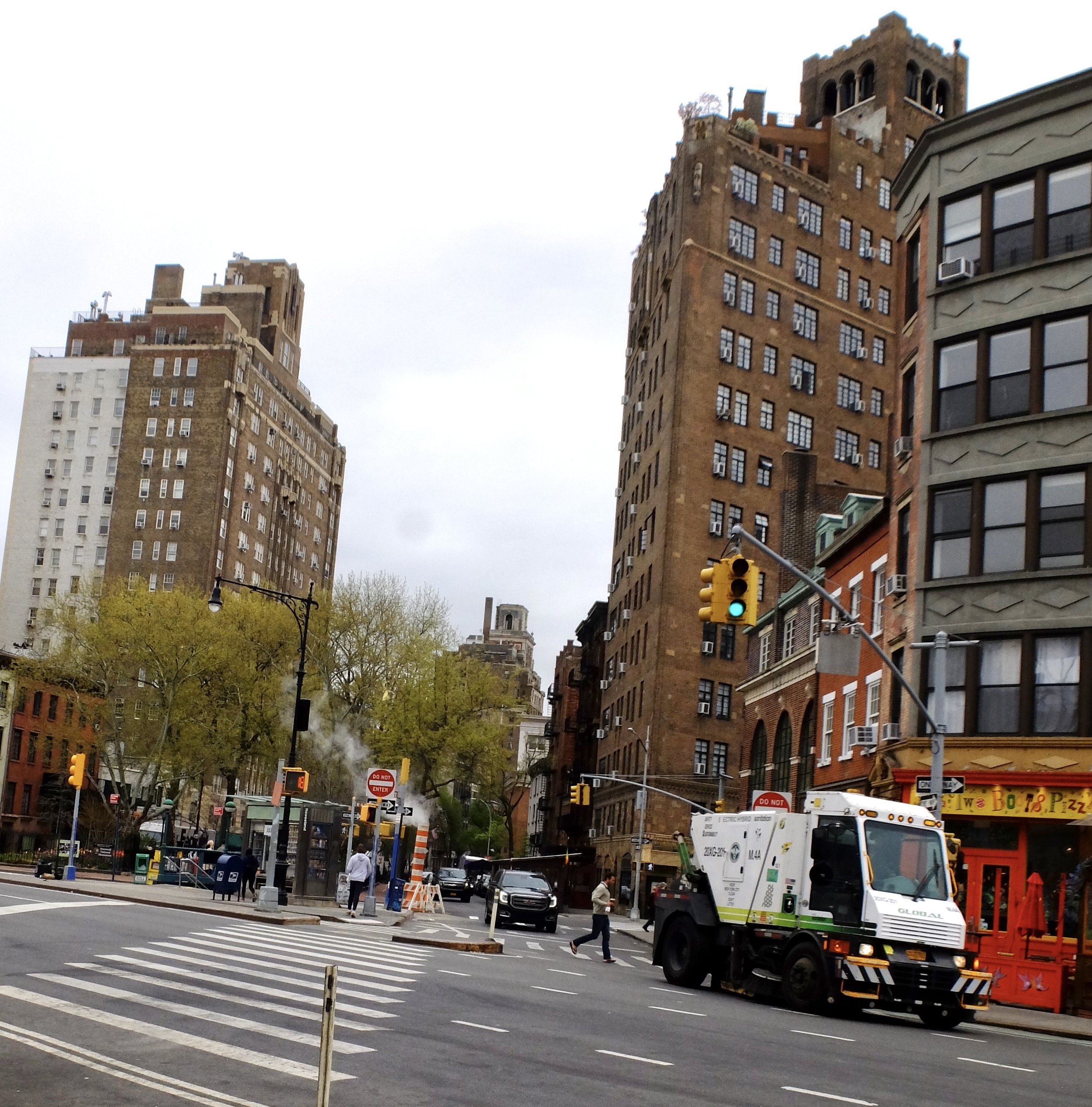
I loved that little street sweeper. It seemed to make more dust than clean.
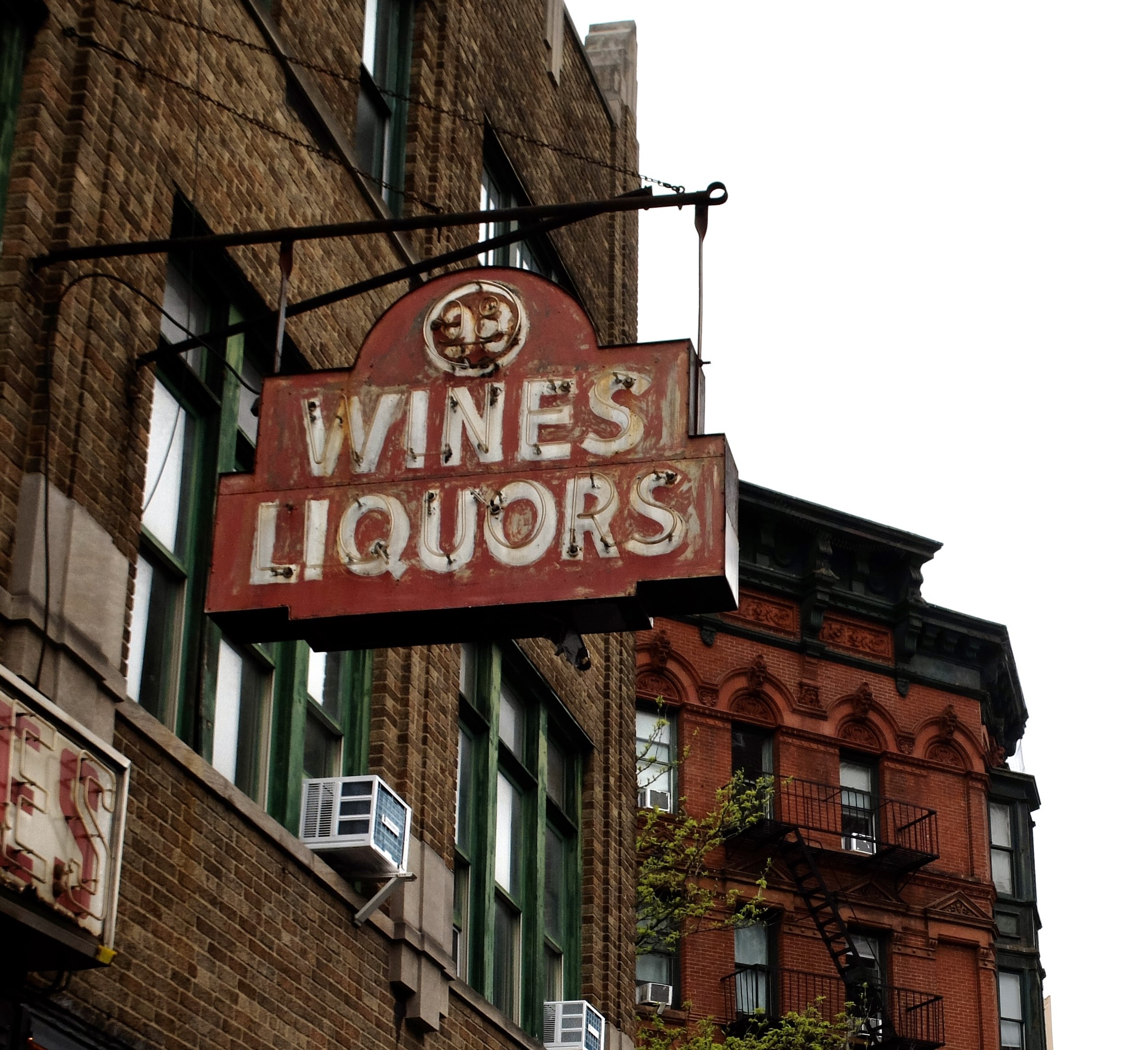
-
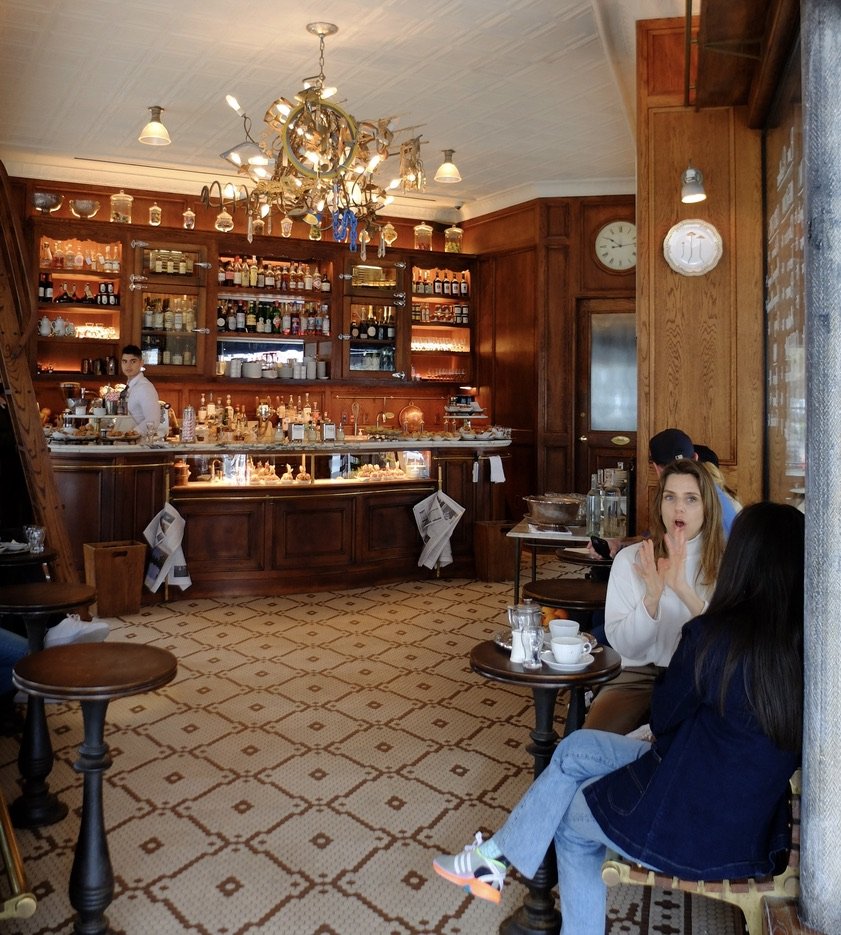
We saw the awning for this cafe from across the street. One look inside & we knew where we'd be getting our coffee. I walked over to the counter to get the morning paper but they were old newspapers hanging there for decoration. Zoom in on that chandelier...
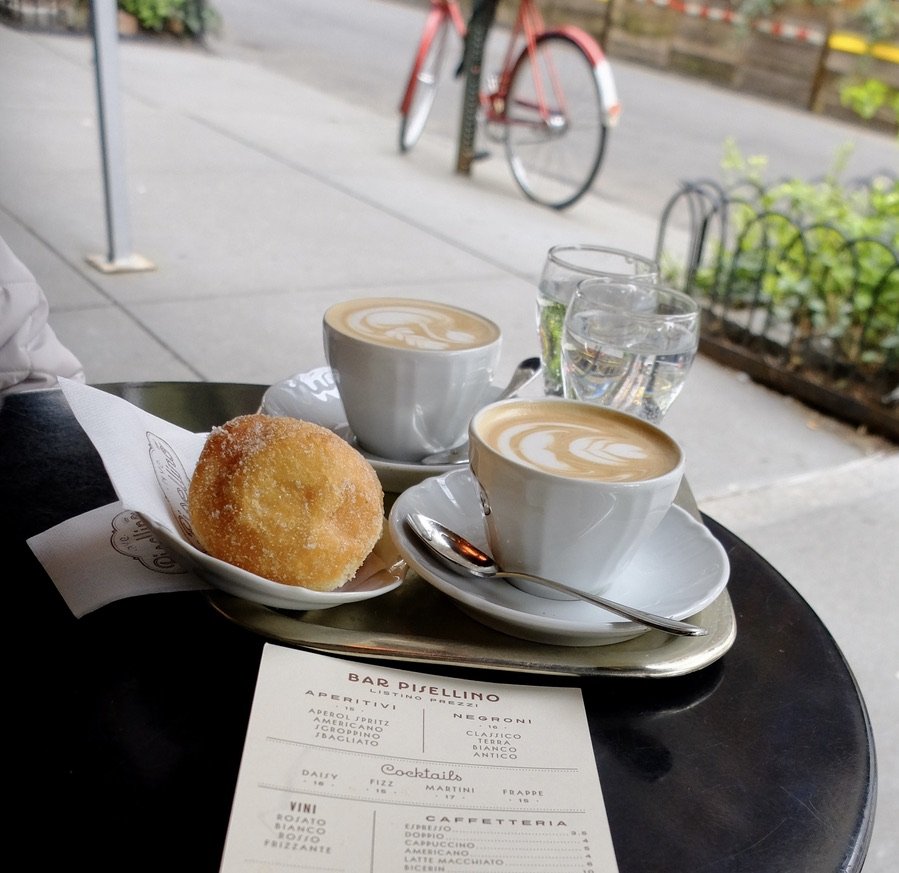
Who needs to go to Paris when you can get coffee service like this in Greenwich Village? See photo of Café de Flore coffee service in my April 8th. ‘22 blog, “Cawfee (coffee) and...”
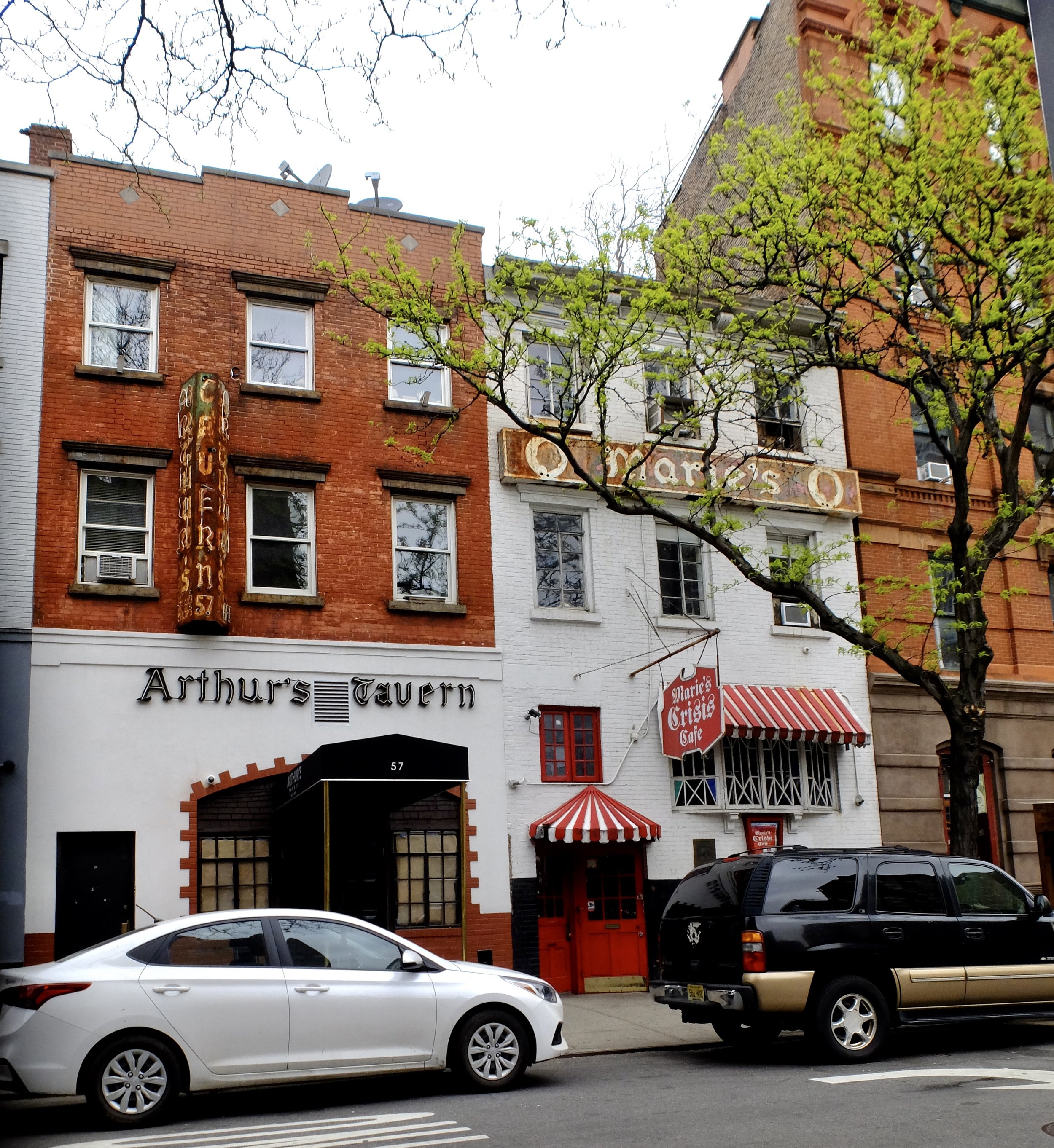
Four scenes from our table at Bar Pisellino. Marie's (opened 1929 & bldg c. 1839) & Arthur's (c. 1937) have fascinating histories.
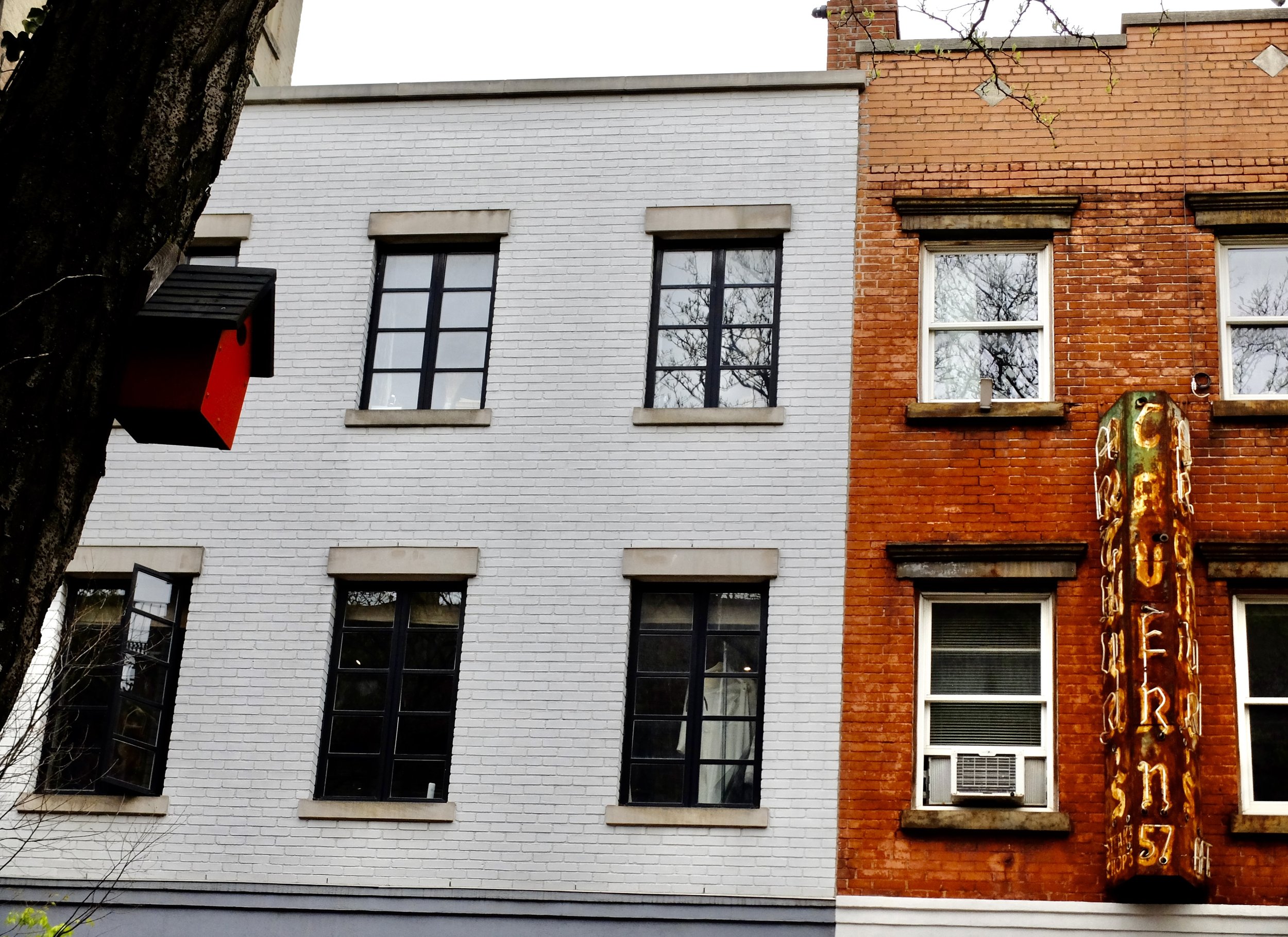
I wonder what the rent is on that birdhouse?
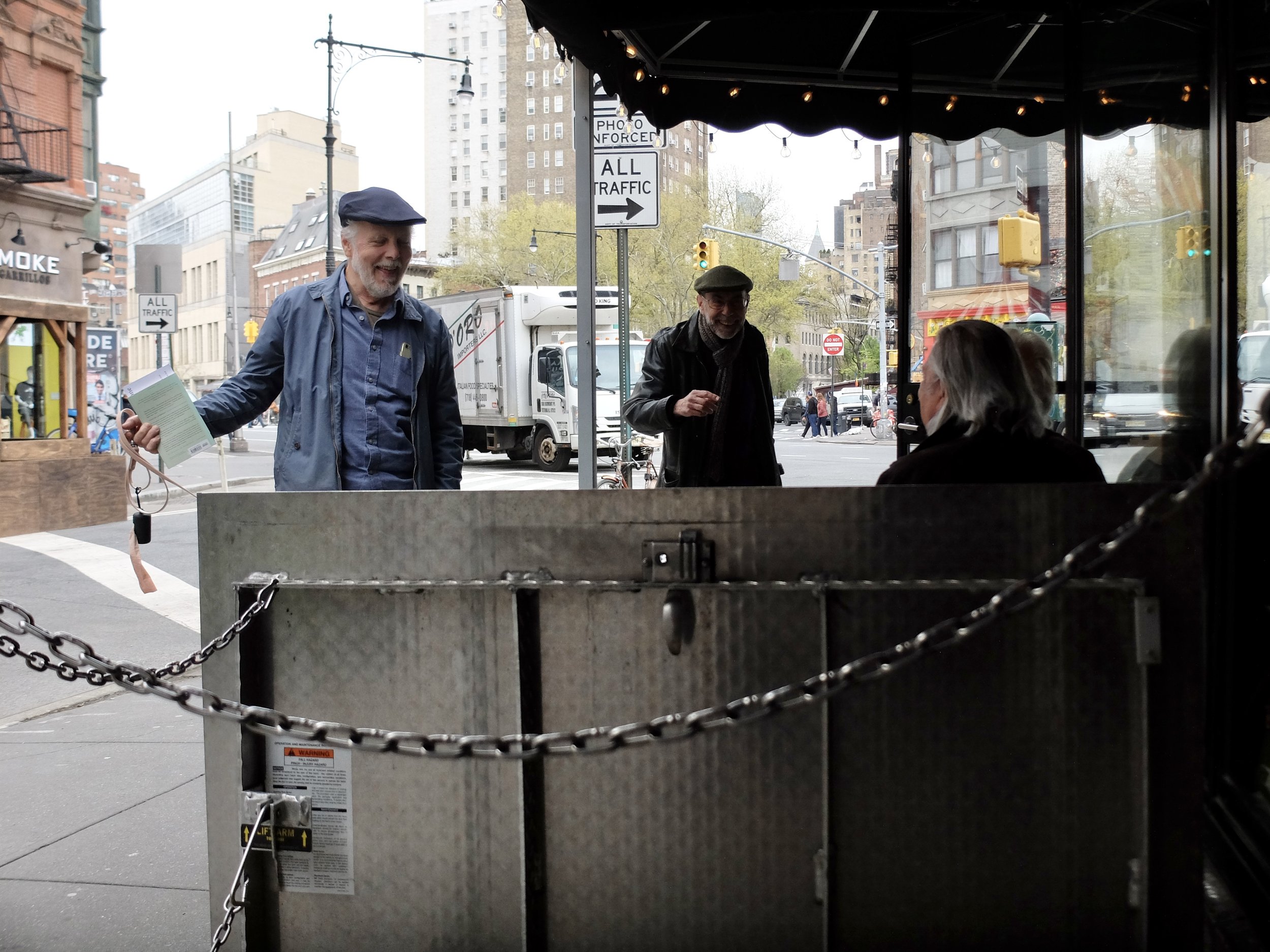
-
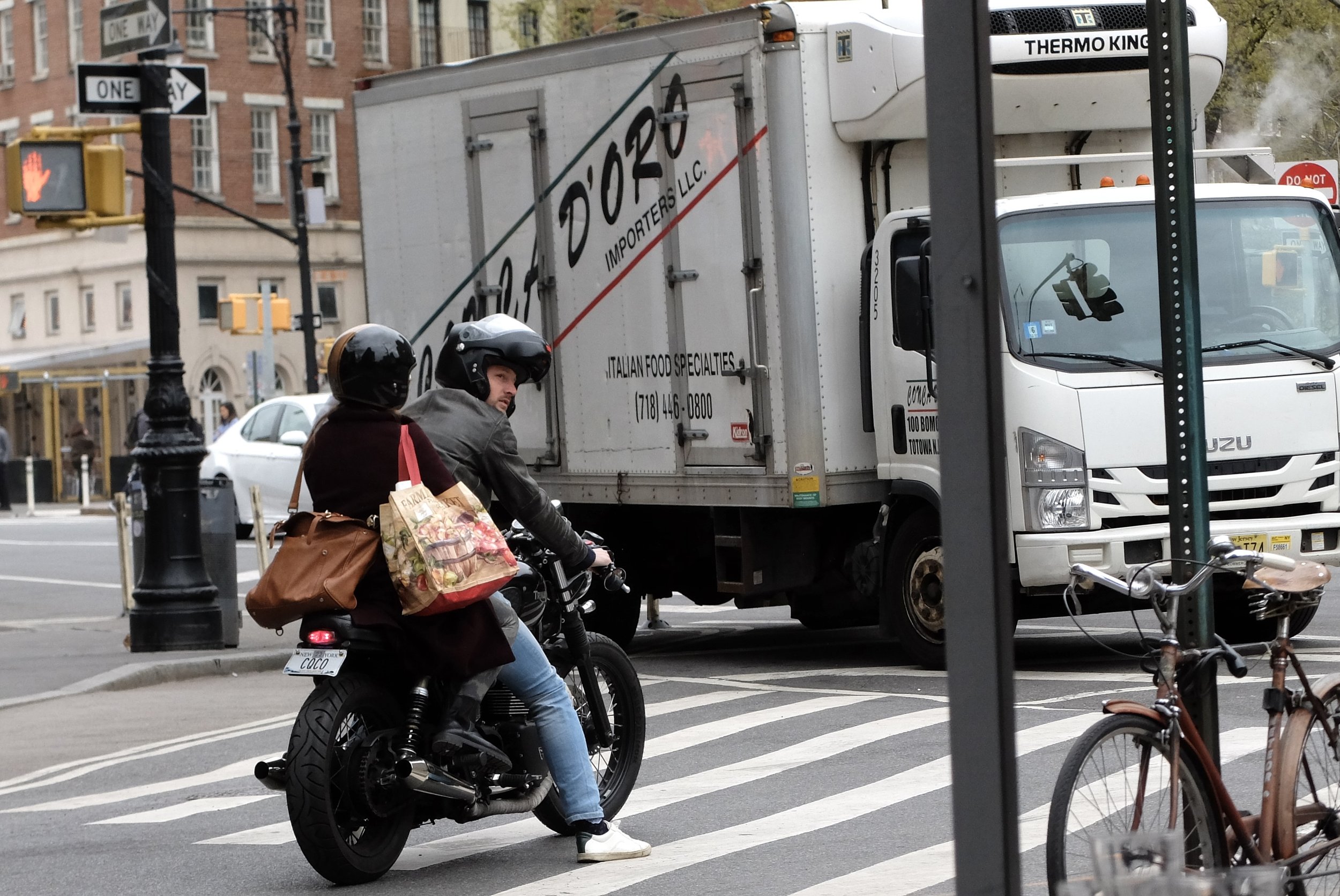
-
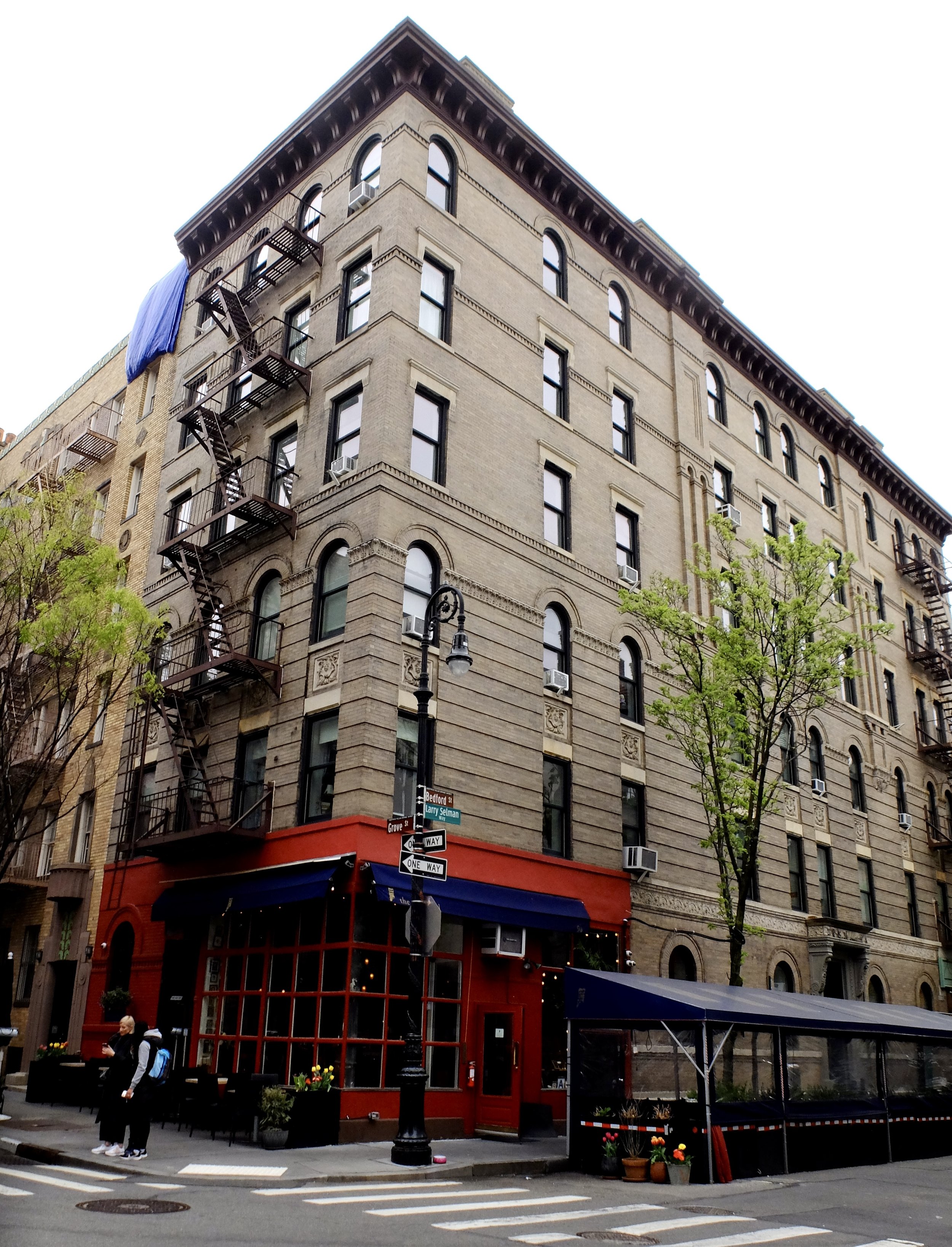
"Friends" apt. house - Monica's apt. was supposedly in this building. There are no apartments in here that look like Monica's. Lots of tourists milling about here taking photos of the building & missing the fabulous architectural examples all around it.
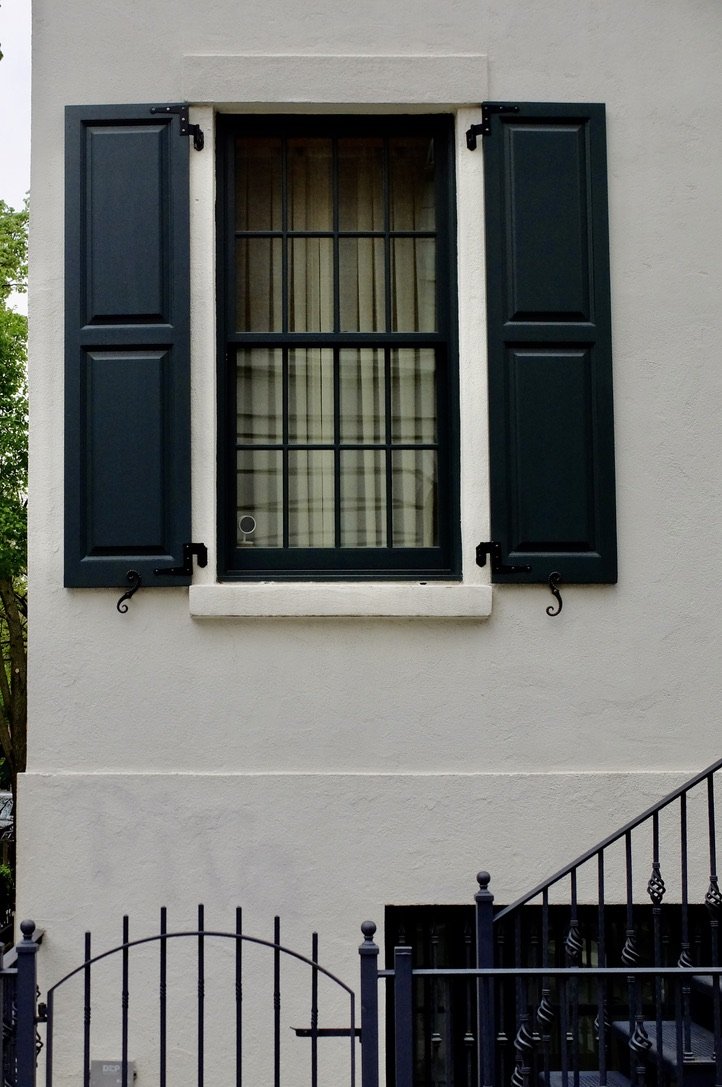
Like this, across the street.
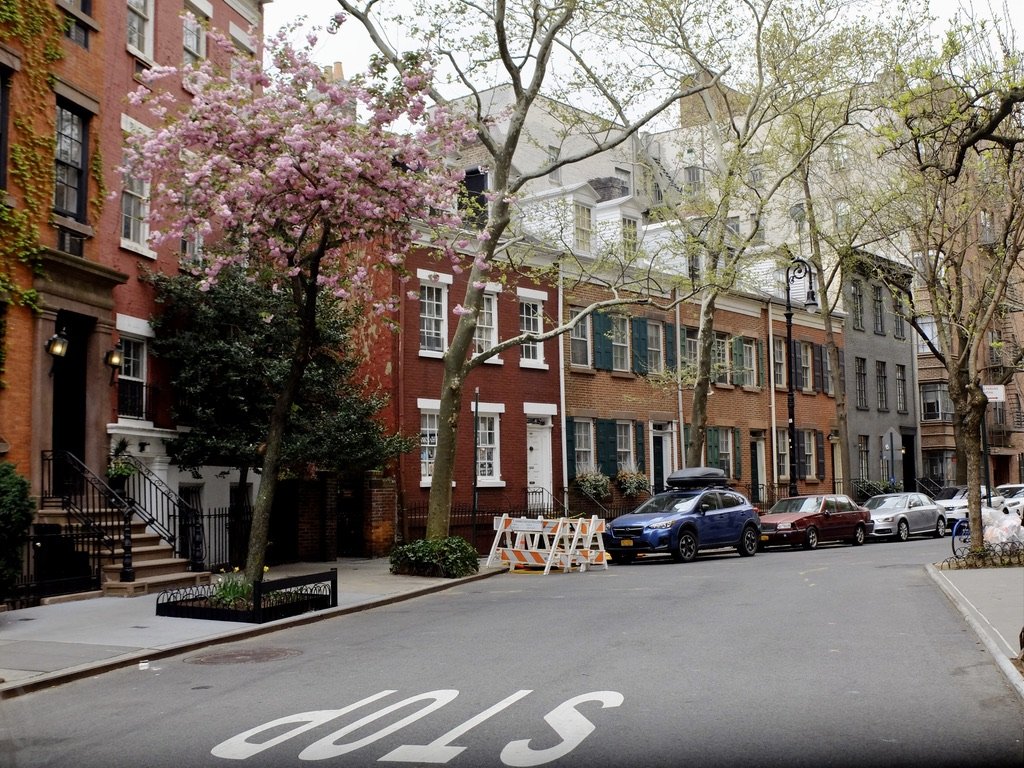
One can envision how this area looked as a “village” by looking at the two story buildings on this block. The residents collected rainwater runoff from the roofs. When the NYC Catskill water supply was created, the pressure was enough to go up five stories. Ted said you an tell the age of house by the number of stories.
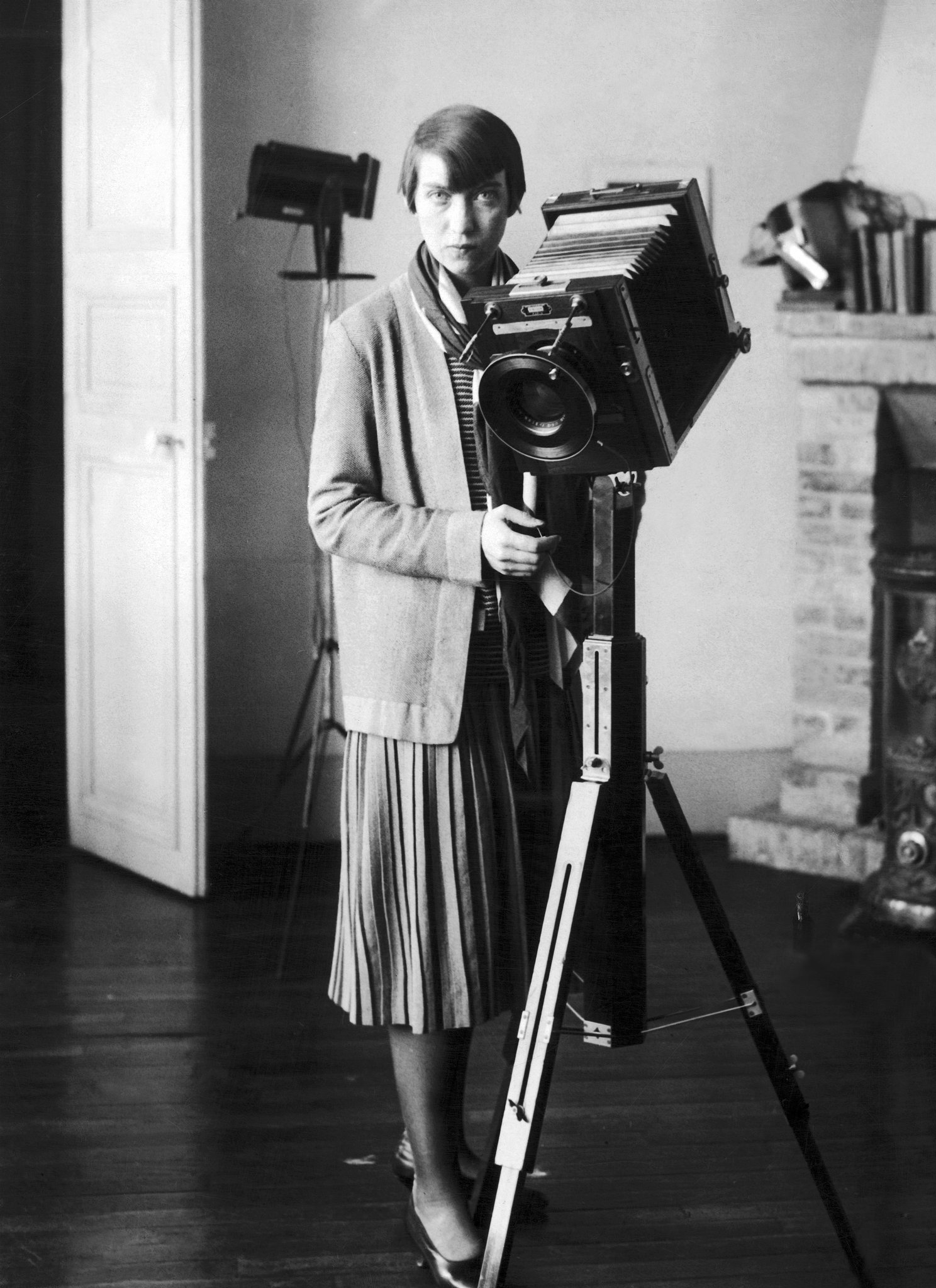
Berenice Abbott (1898-1991). Her photography has been a great influence on my selection of subjects & composition.
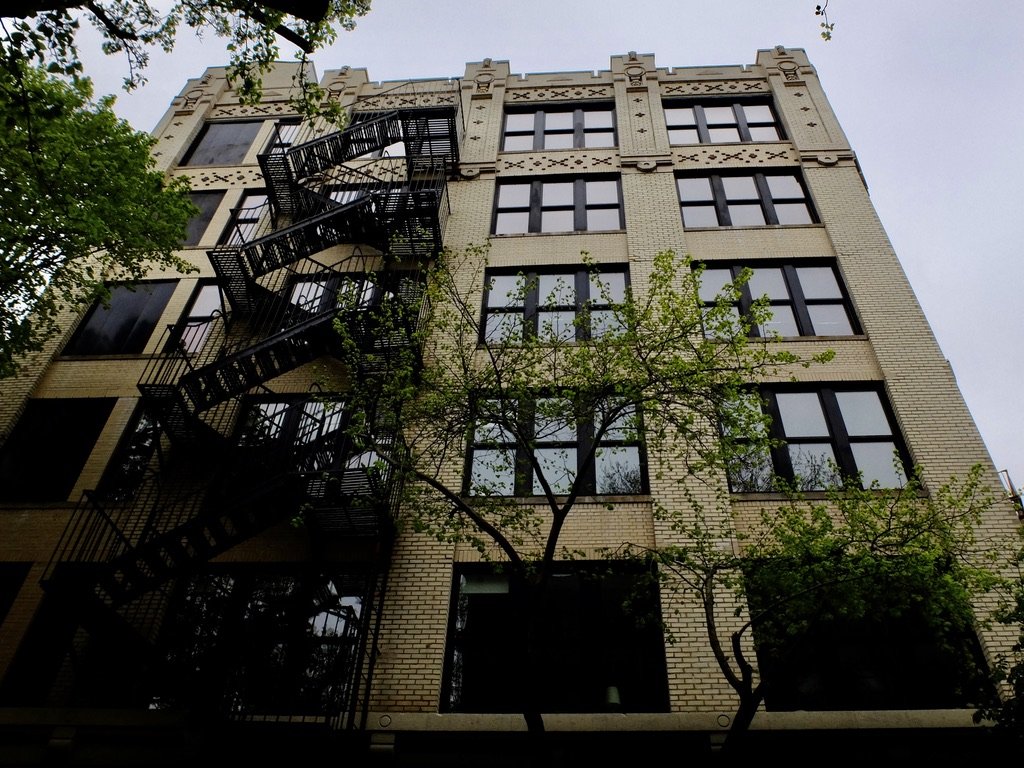
She lived here.
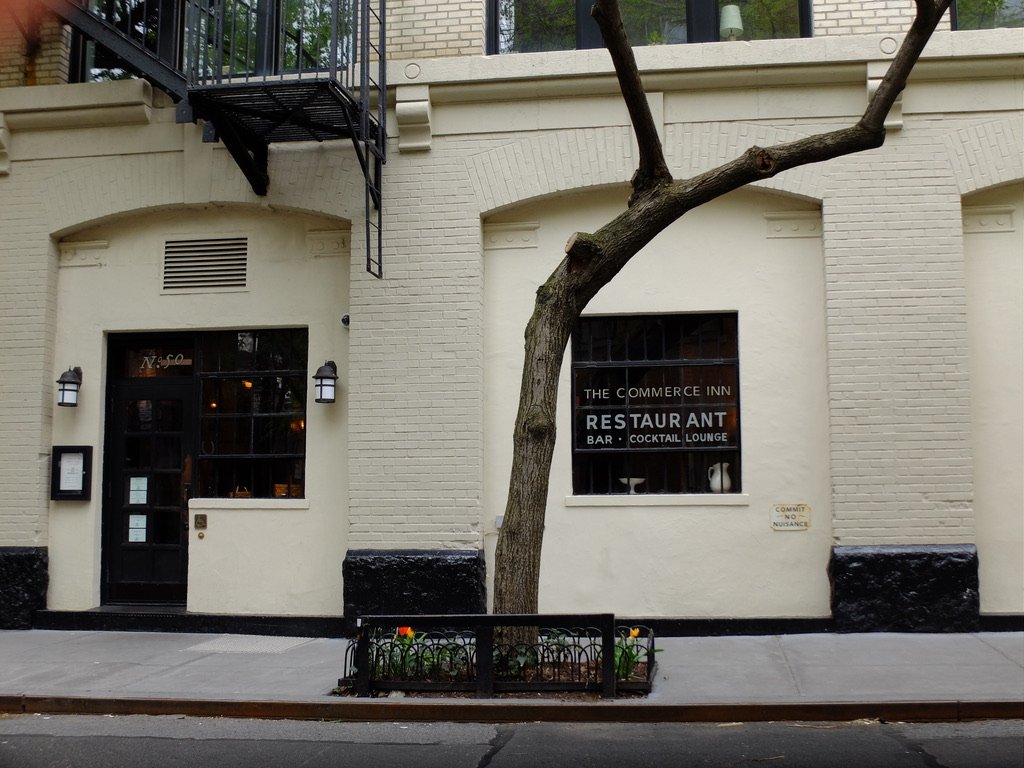
Entrance to her building.
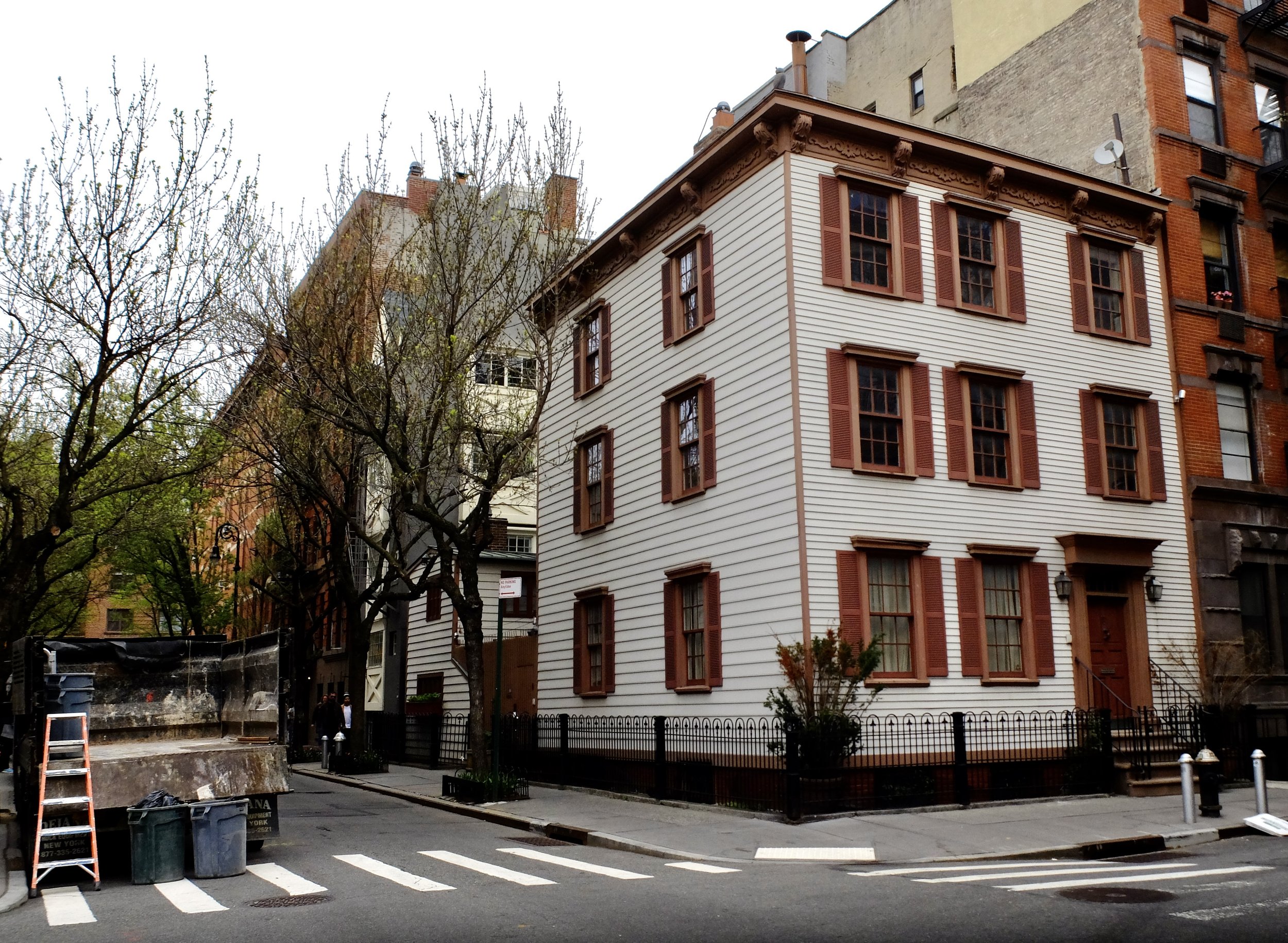
Oldest wooden house in The Village with carriage house, was at one time carved up into multiple apartments.
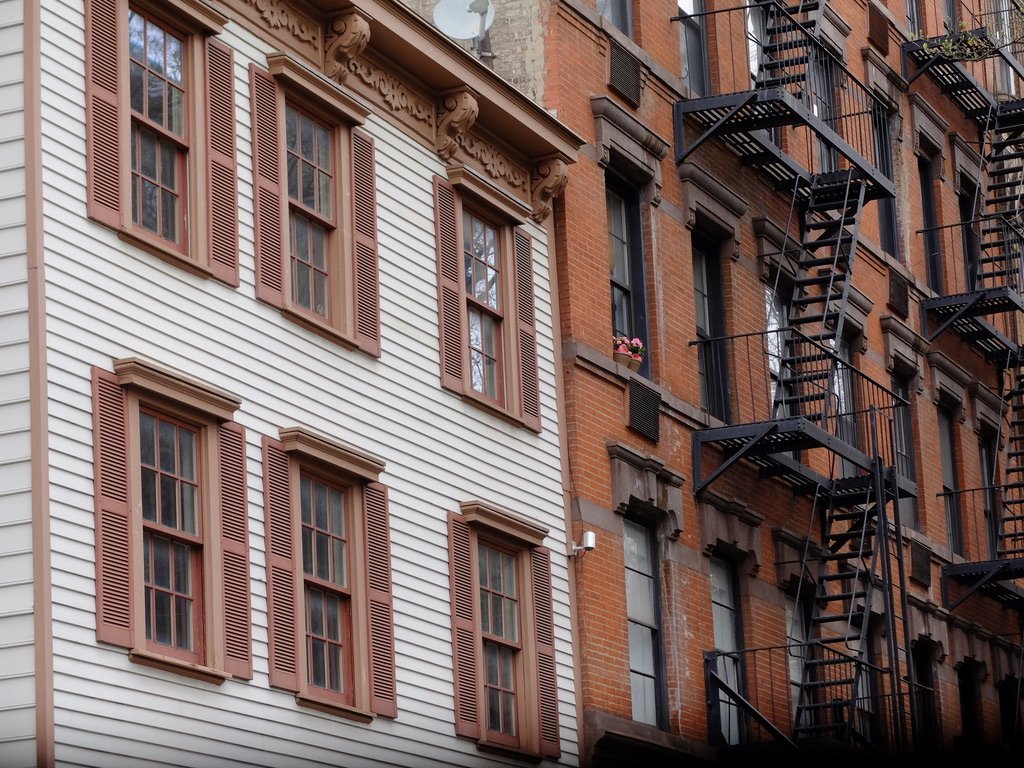
It's now a single family dwelling.
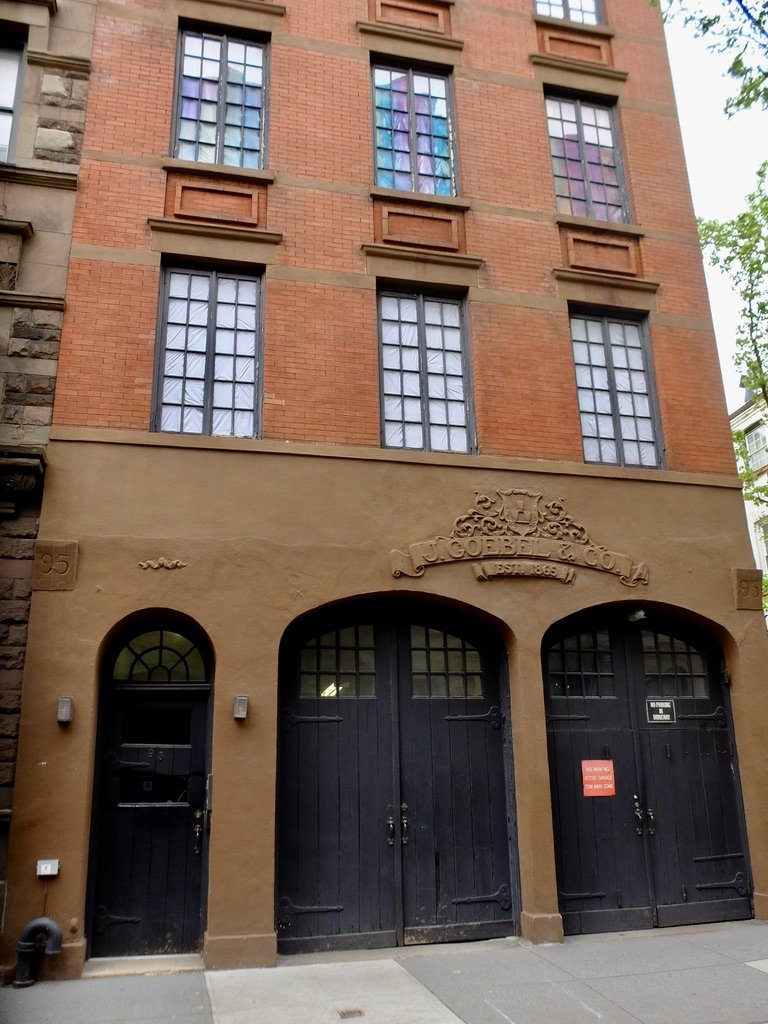
-
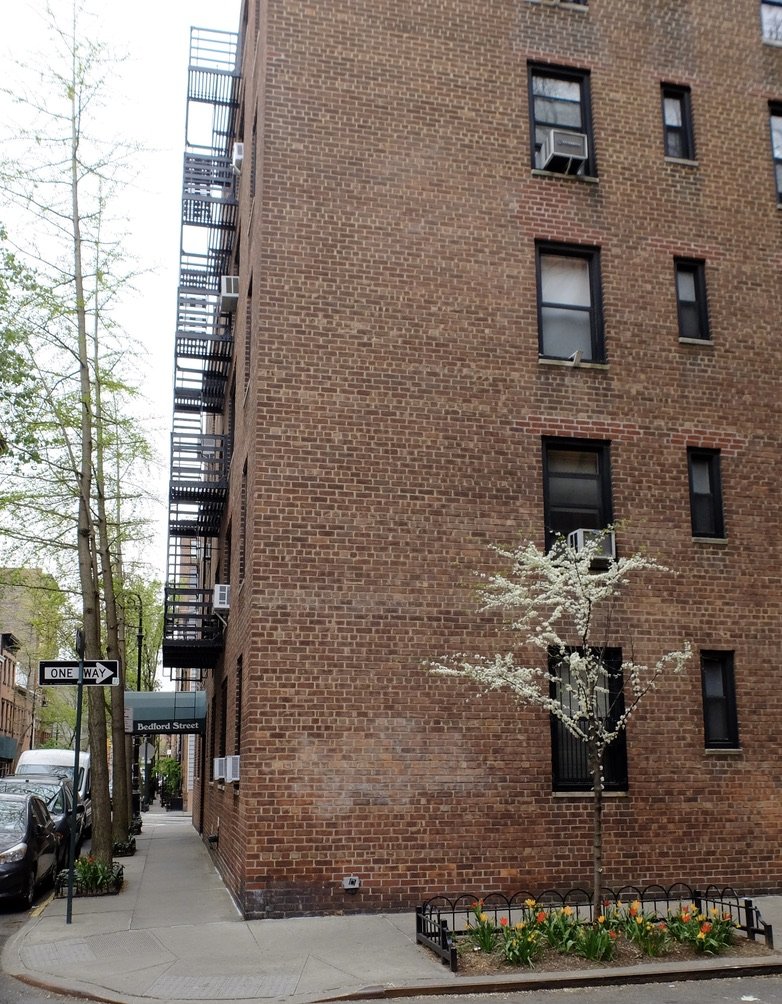
-
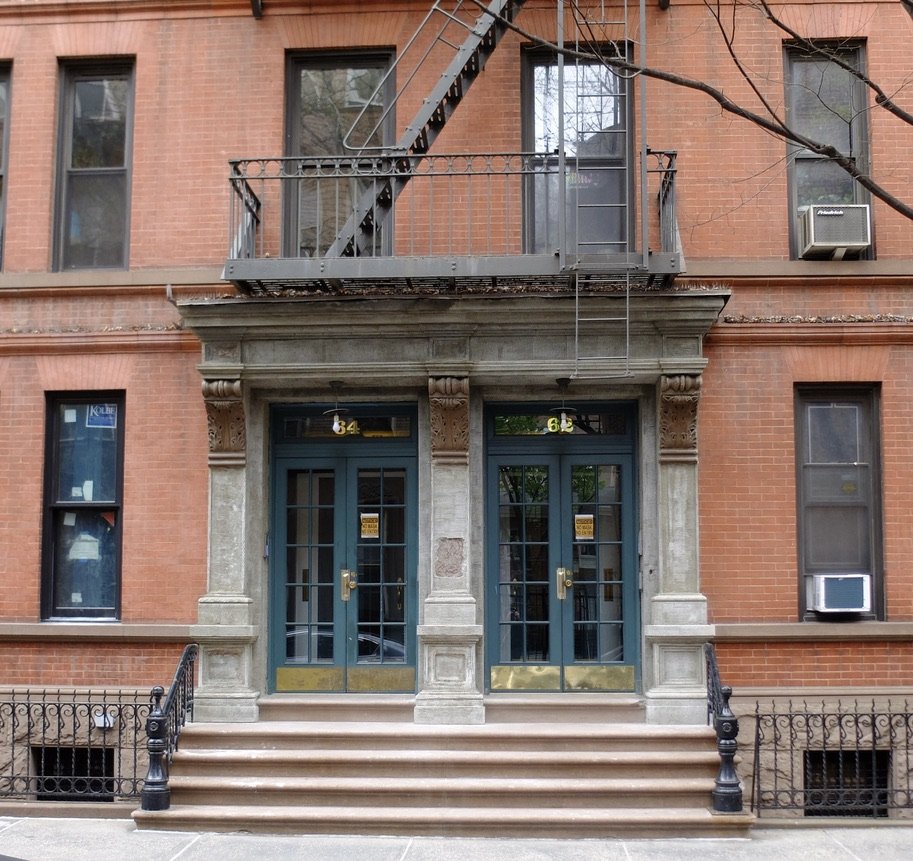
-
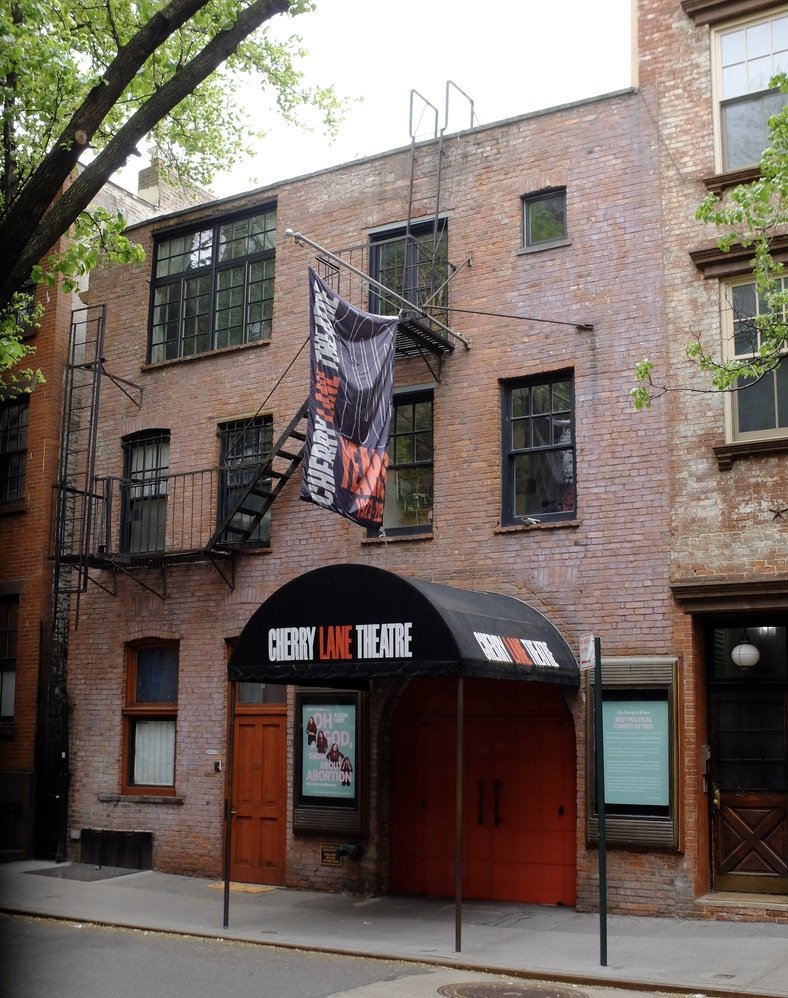
This off Broadway theatre has an adjacent off-off Broadway theatre. The building was constructed as a farm silo in 1817. Edna St. Vincent Millay, who lived around the corner, was one of the folks who converted it to the Cherry Lane Theatre. Many famous actors performed here as a way of keeping “their chops” before live audiences.
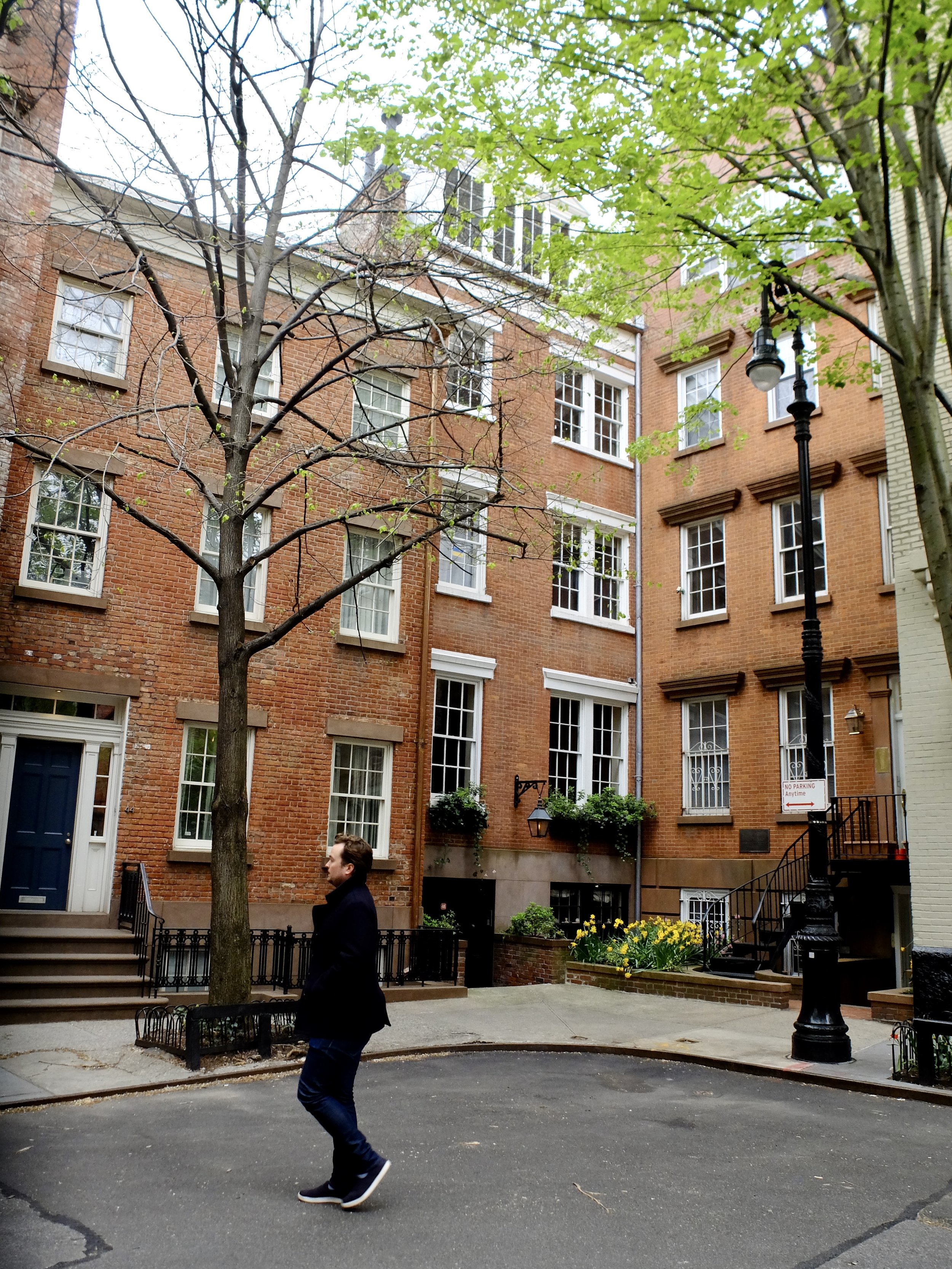
If you live here it helps to like your neighbors.
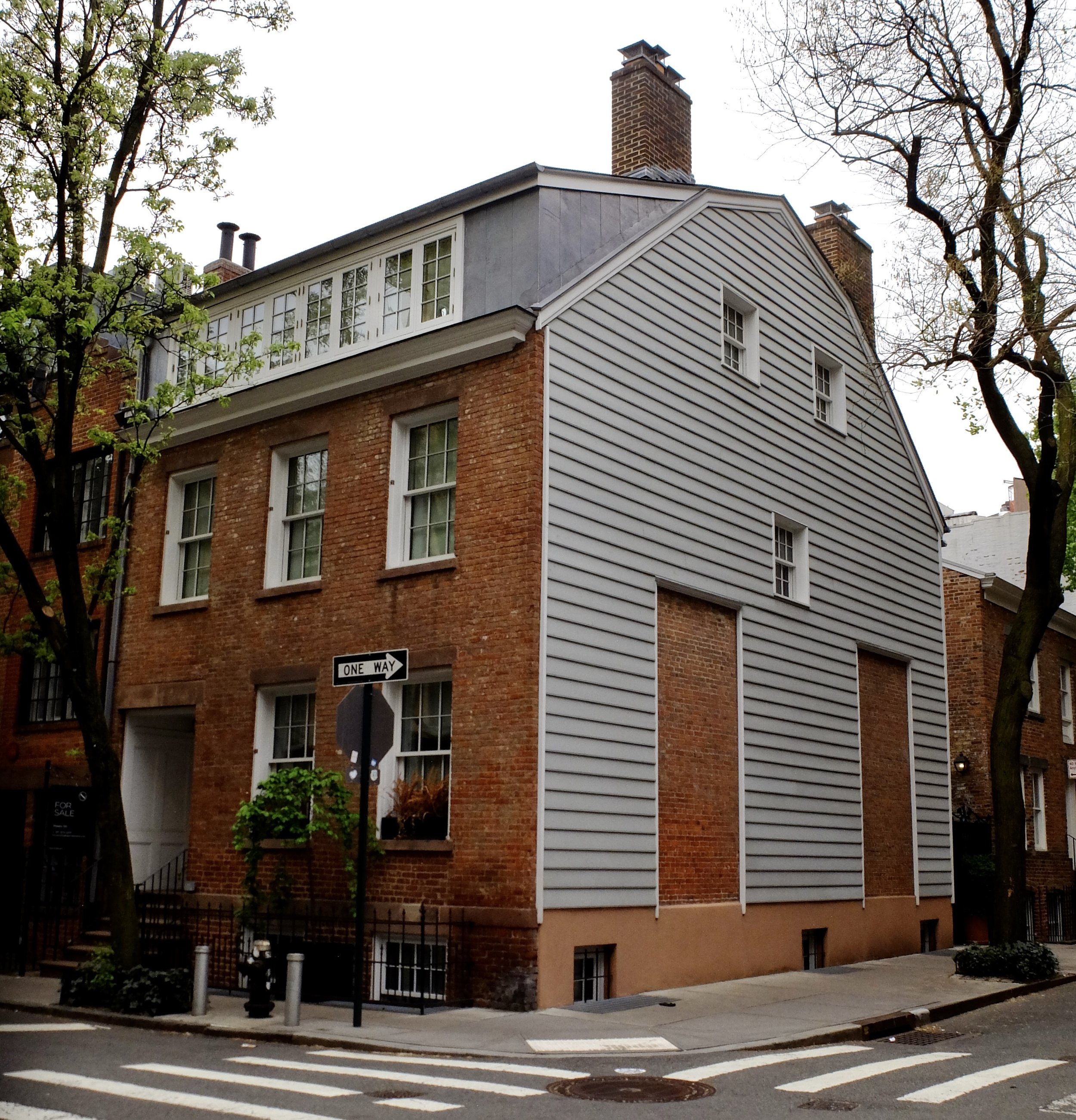
One of the older houses in The Village.
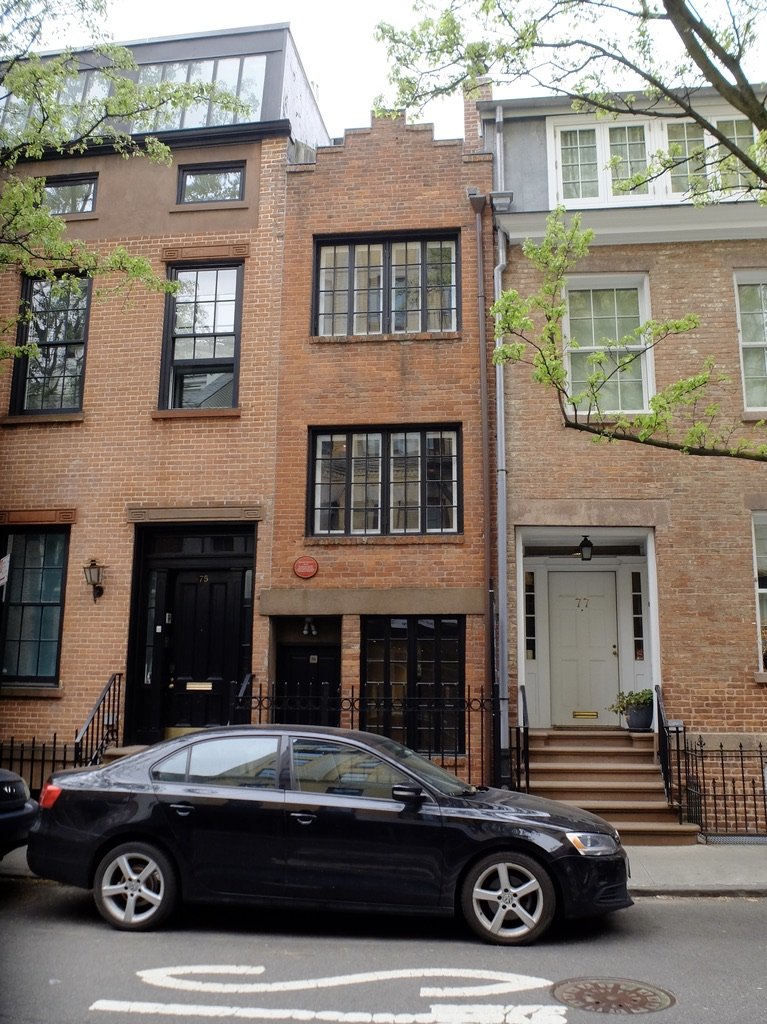
The space where this house is had been a carriage way. It’s so tiny that there has been a high turnover of owners. Often actors, like Cary Grant, would stay here when performing at the Cherry Lane Theatre.
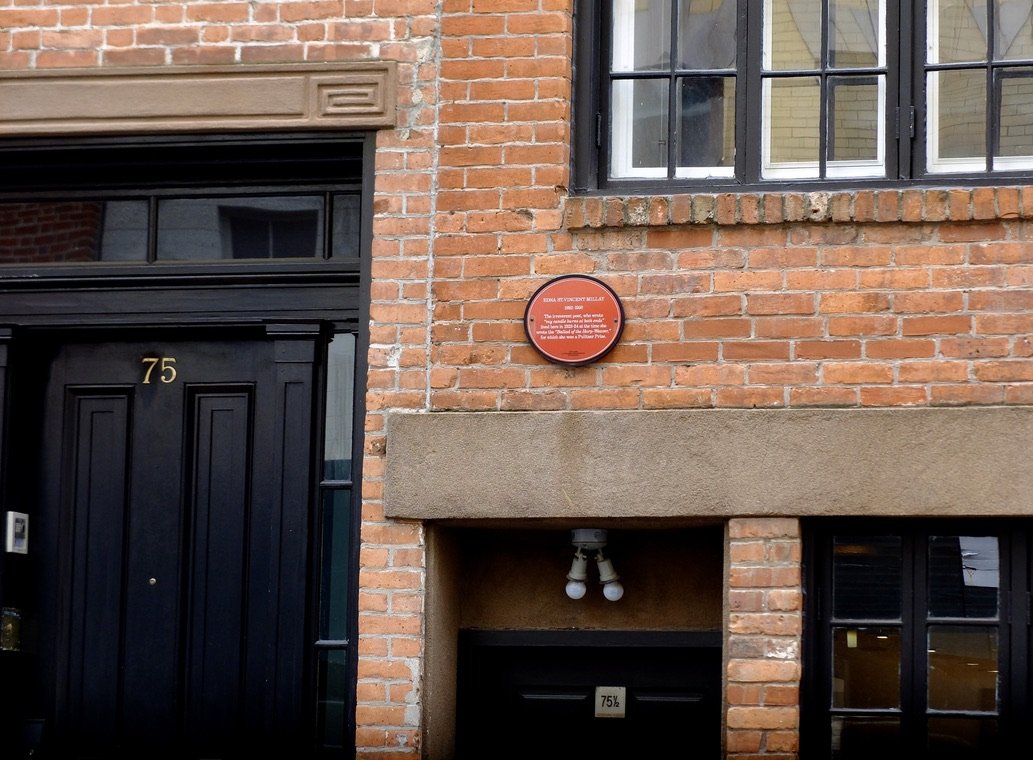
Edna St. Vincent Millay lived here.
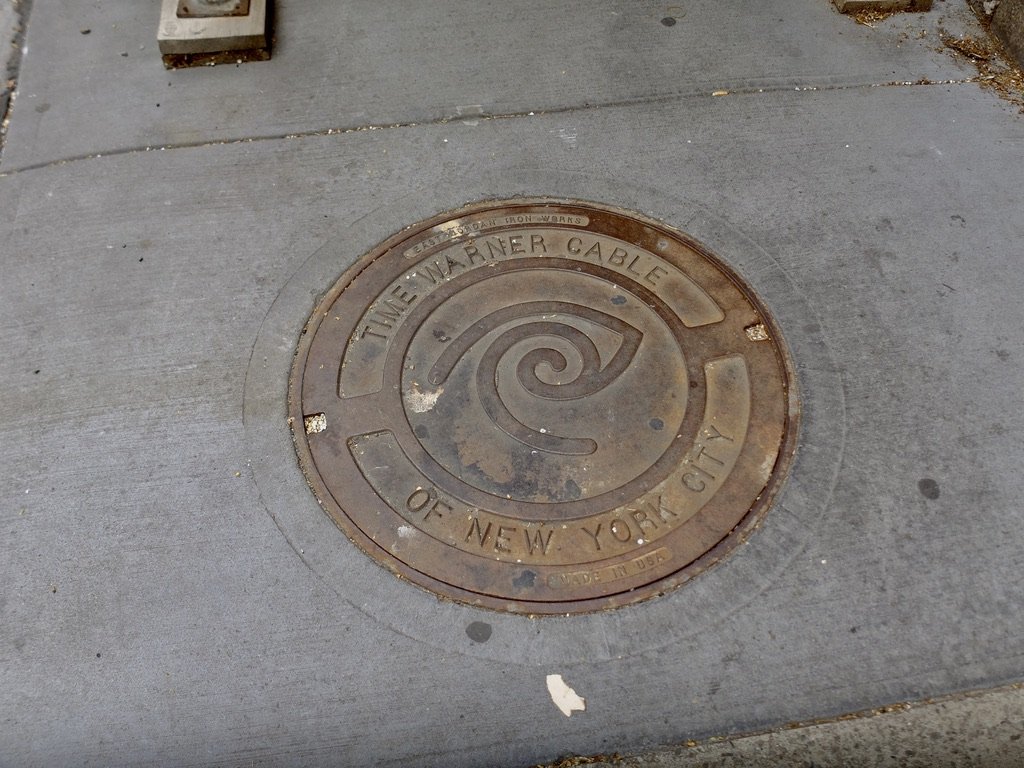
Interesting...
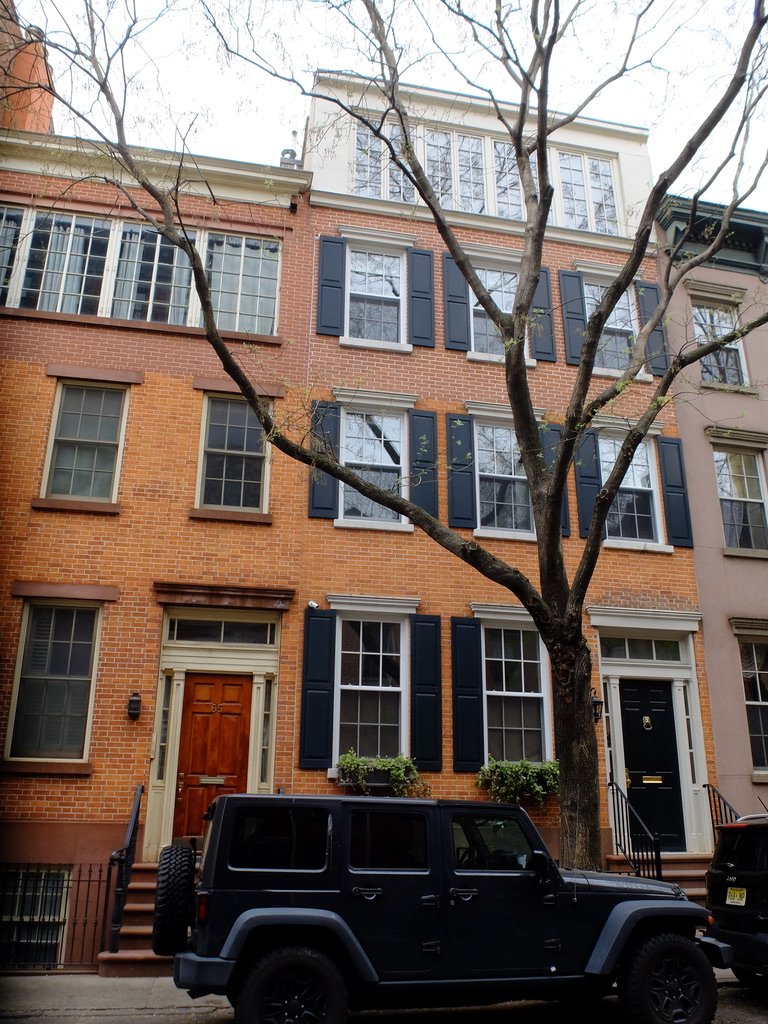
Ted pointed out the north facing studio. We noticed a lot of these.

-
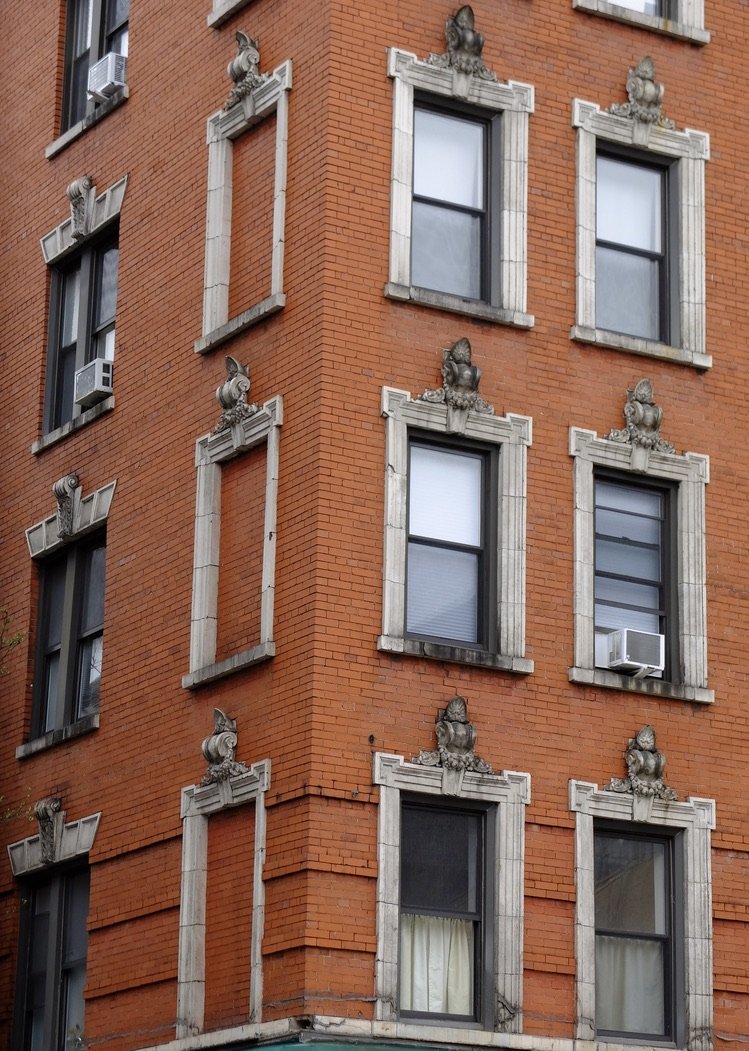
-
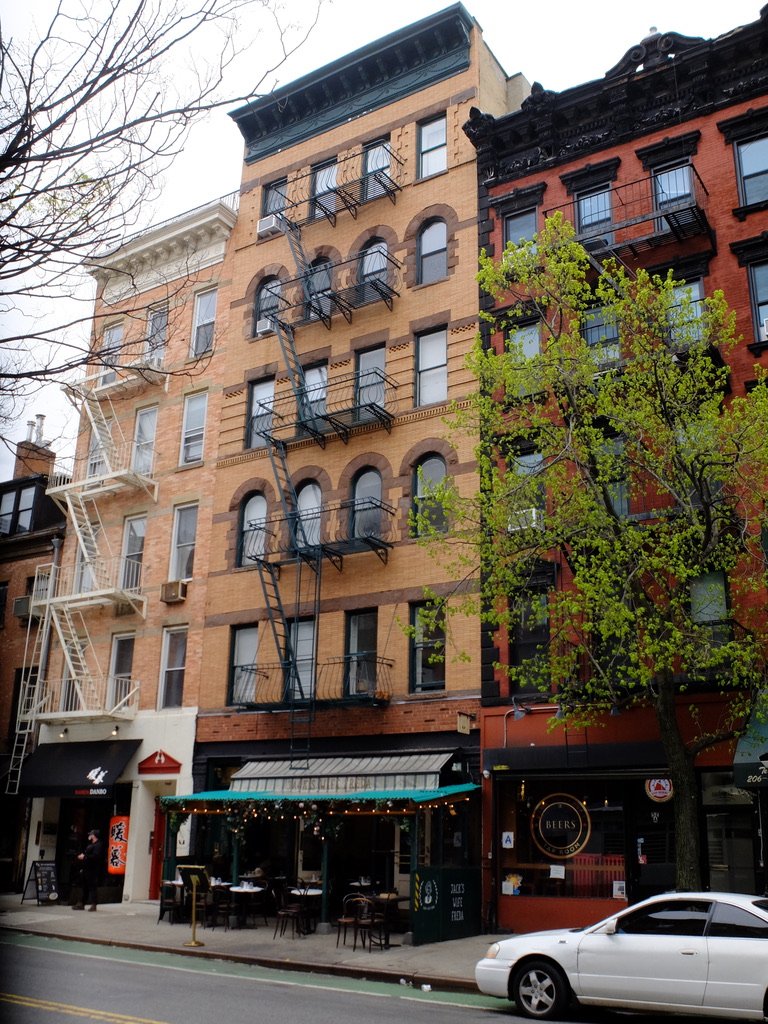
Ted lived on the 6th floor of this tan, with arched windows, walk-up, building. A neighbor had lived here all her life. She told Ted that there was gas lighting until 1950. Her parents wanted a t.v. & asked the landlord to convert to electricity. When she declined, they paid for it.
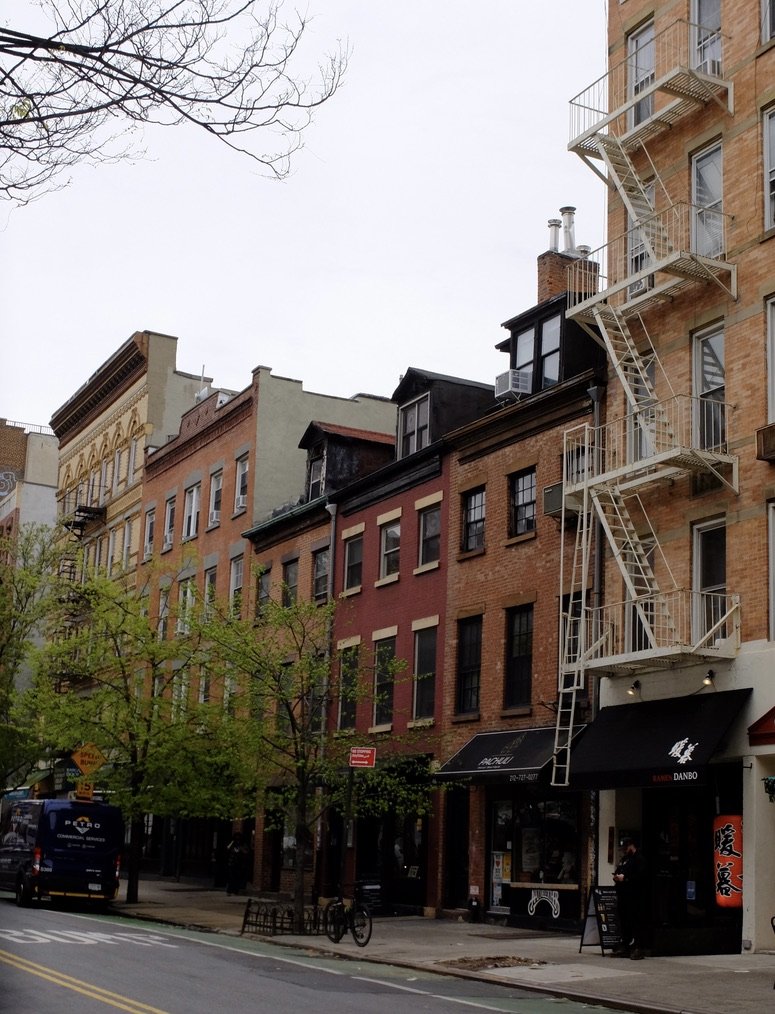
“Carmine Street...began as affluent residential neighbourhood in the early 19th century. It was a part of the Greenwich Village Historical District Extension II that was designated in 2010. Carmine Street has been greatly influenced by the Italian heritage on the street and the eccentric Village atmosphere, which can be felt through it’s strong sense of community today.” Jackson Pollack once lived along here.
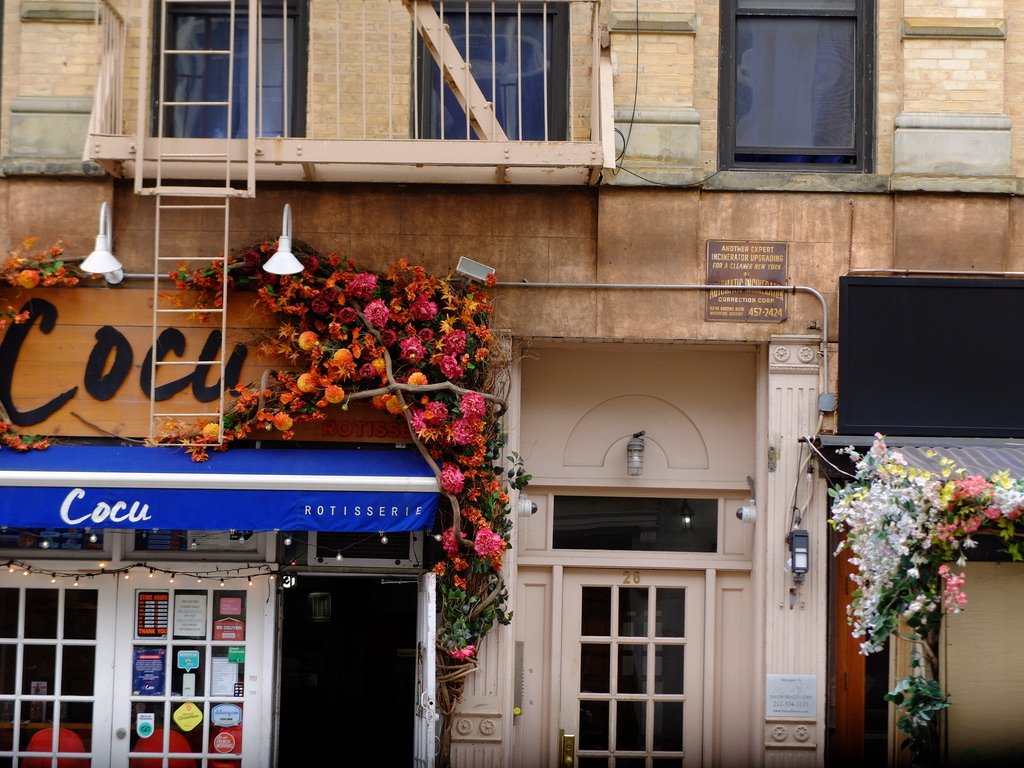
Check out that brass, plaque, sign above the doorway (next slide).
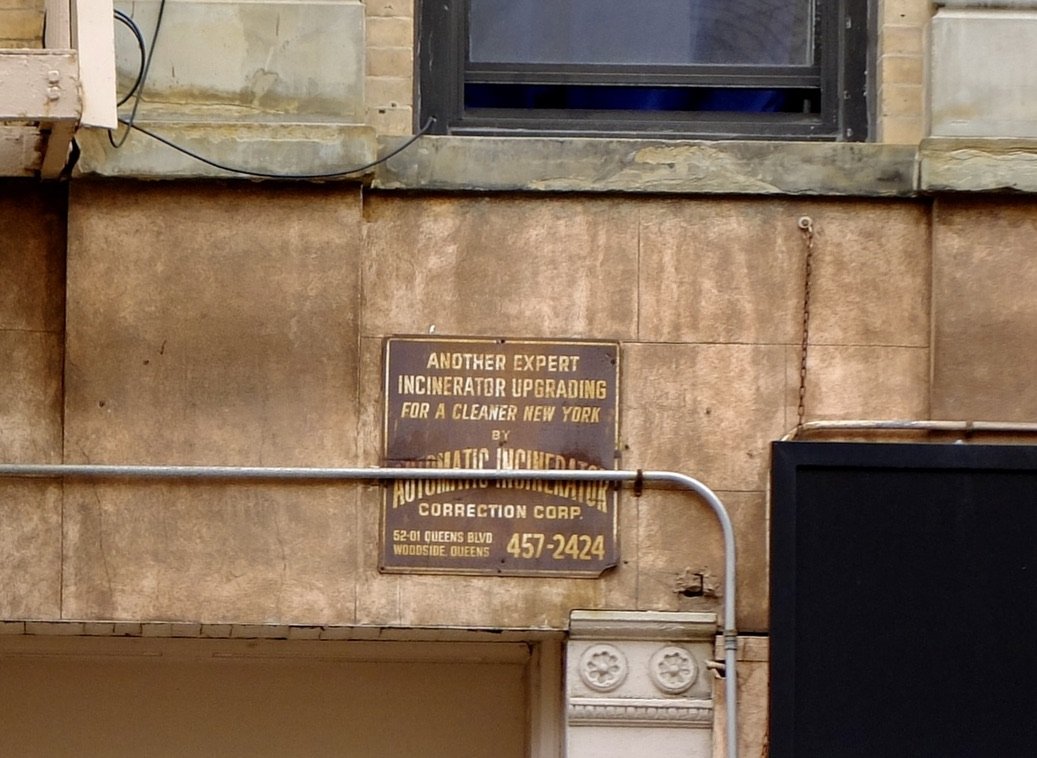
!
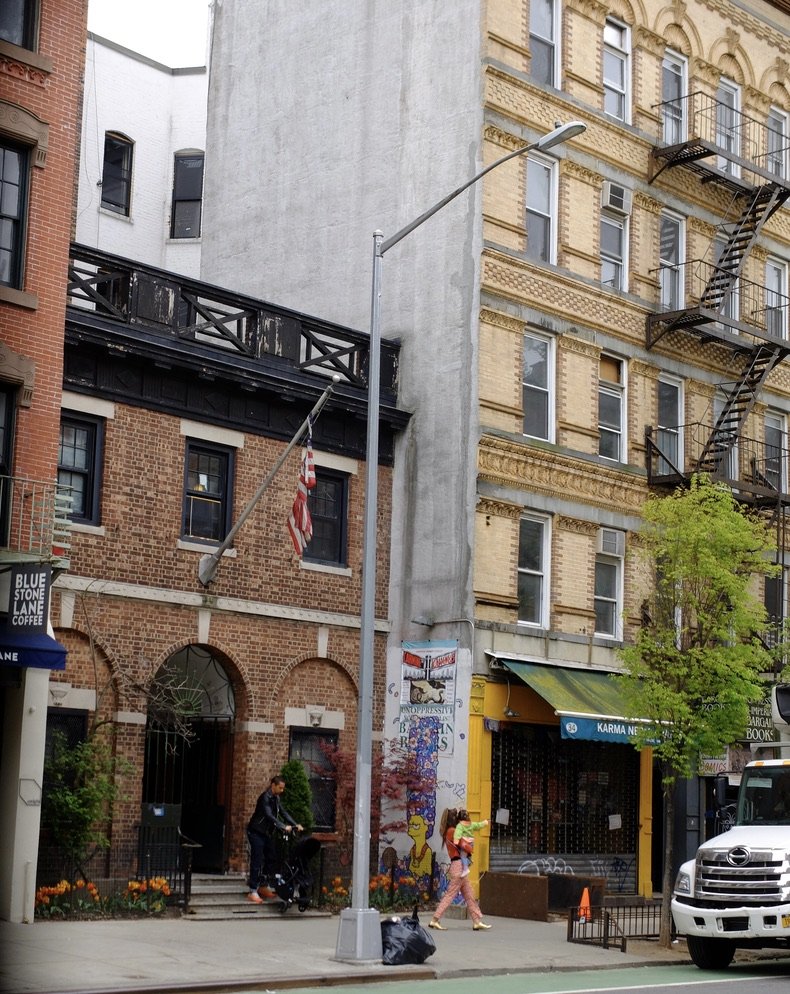
Entrance to walled in children's park in the rear.
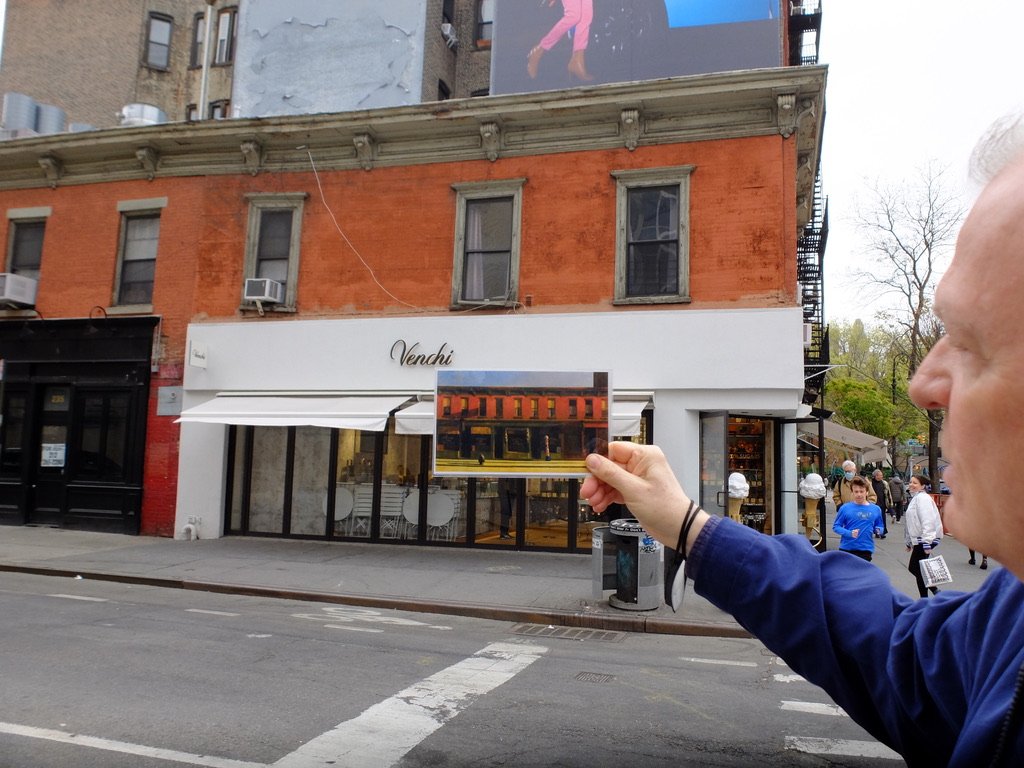
Building inspiration for Edward Hopper painting, "Early Sunday Morning" c. 1930?
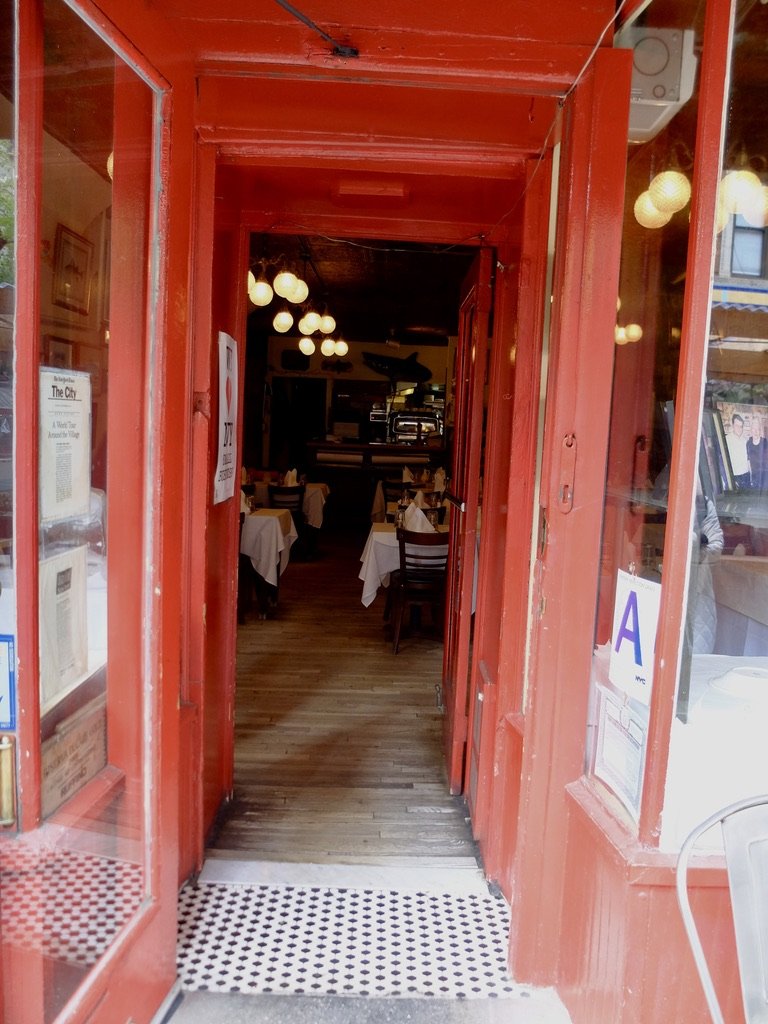
One of Ted's favorite restaurants & visited on his food walking tour of The Village. “The restaurant is called Pesce Pasta (in Italian “Fish – Pasta”) but they have the best spaghetti and meatballs around as well.”
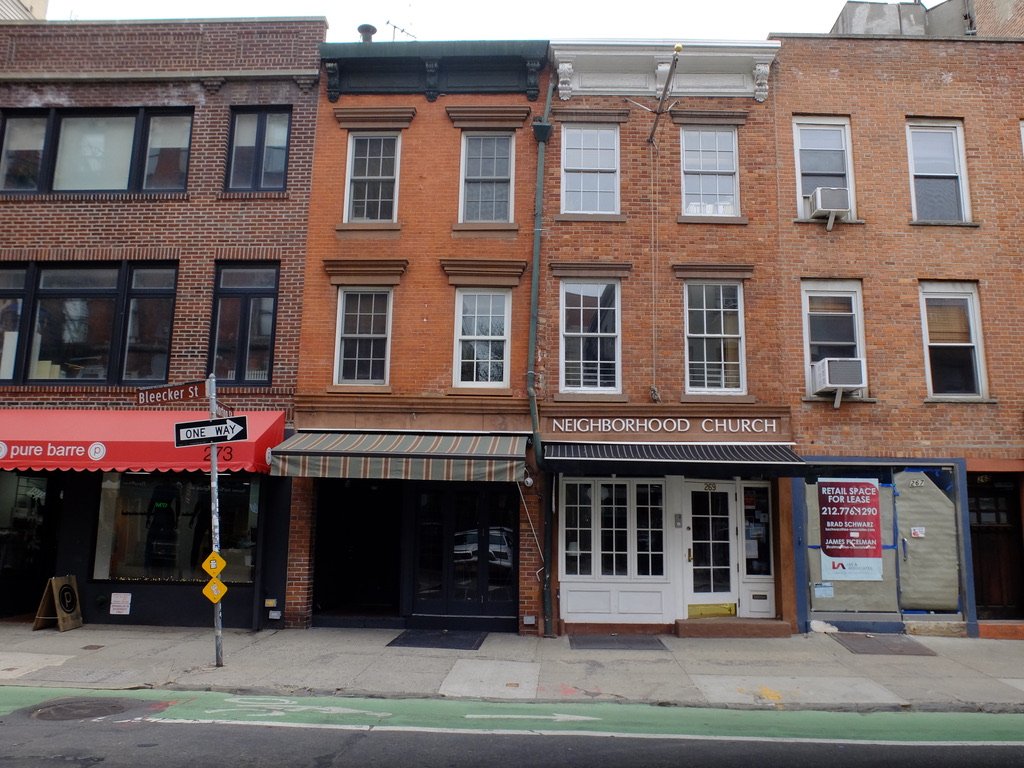
These circa 1800's buildings were residential at first. Within a few years, The VIllage was so busy that retail was added at street level.
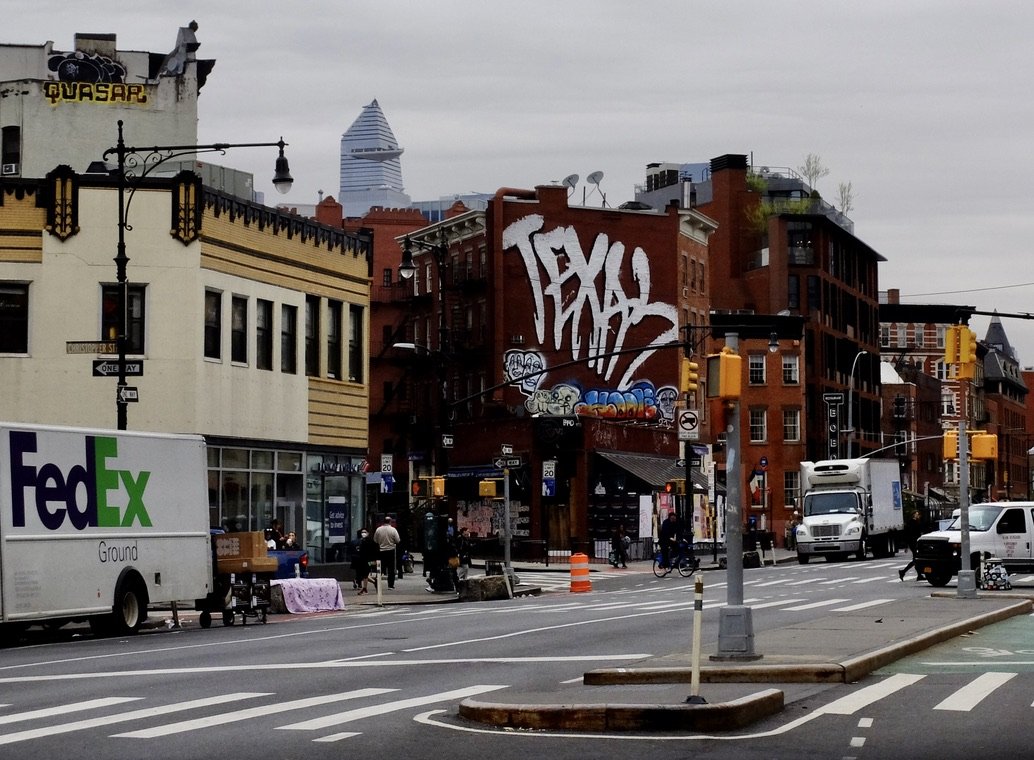
In the distance the 1,000' high, The Edge. The recently opened observation deck is in the Hudson Yards.
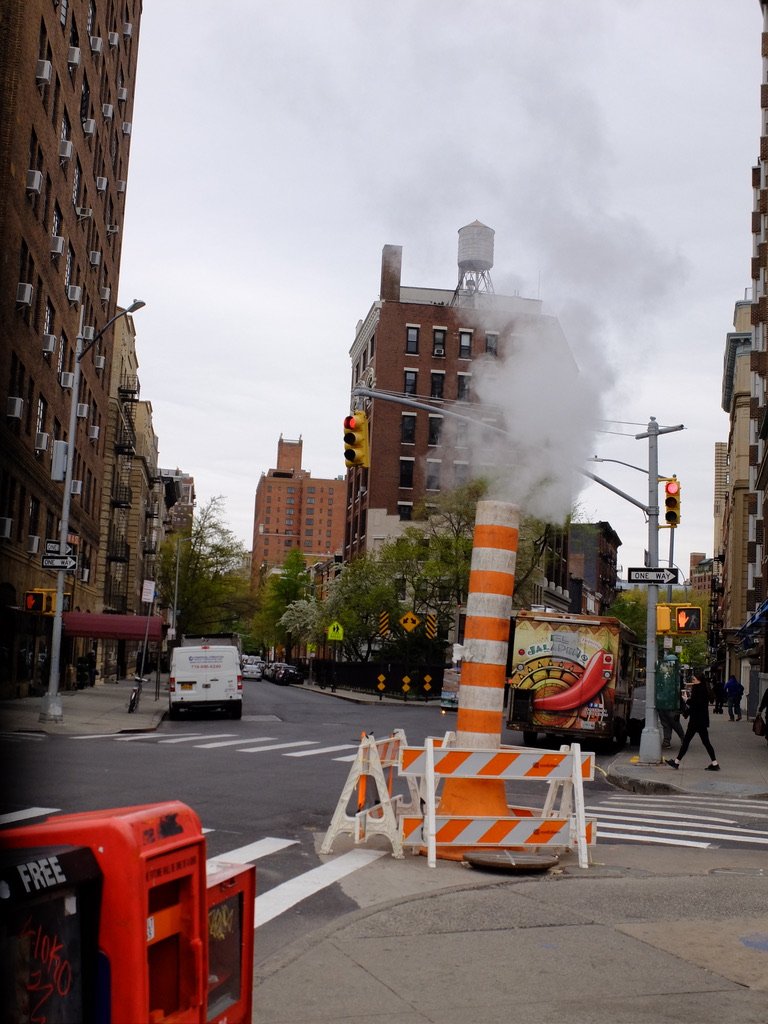
-
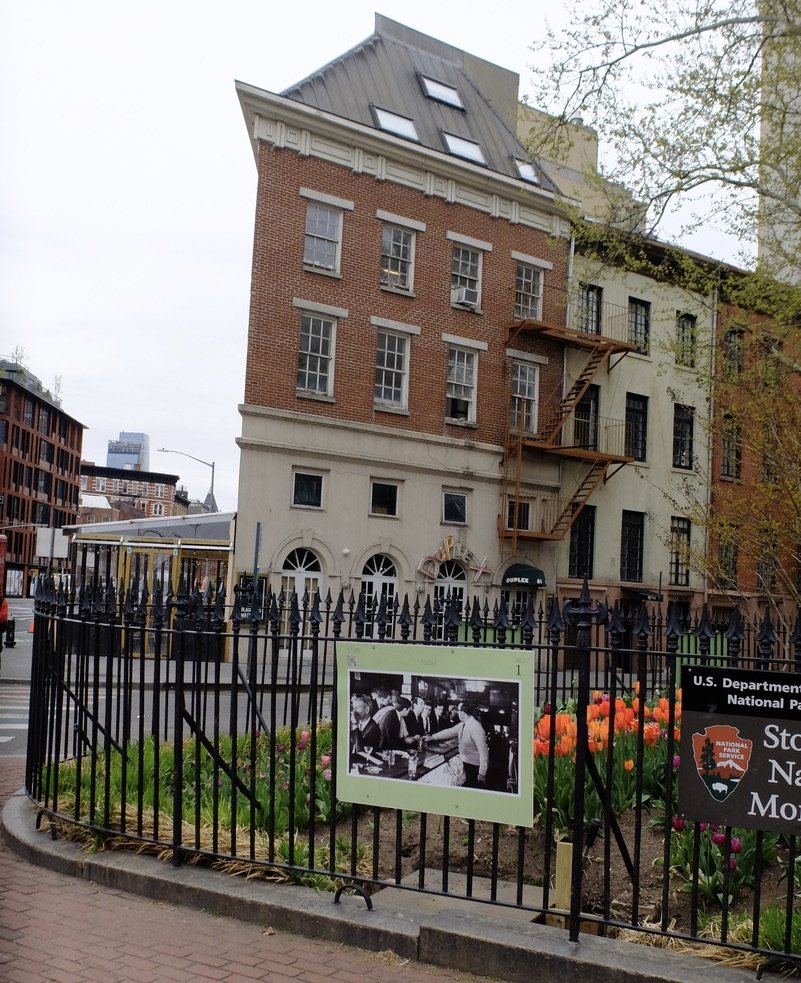
Stonewall Nat'l Monument.
Across the street…In 1966, “Julius’ Bar was the fourth choice for the group’s “sip-in.” York Leitsch and the others tried two other bars but, unexpectedly, when they announced they were homosexuals, they were served drinks.
At Julius’, the bartender wanted no trouble. Leitsch asked him to cooperate, promising that he would help with the bar’s legal issues. The bartender played his part. When Leitsch revealed that he and his friends were homosexuals, the bartender covered the glasses with his hand and refused to serve them, saying, “I think it’s against the law.” The New York Times ran a story entitled, “3 Deviates Invite Exclusion by Bars.”5 The Mattachine Society had the court case it wanted.
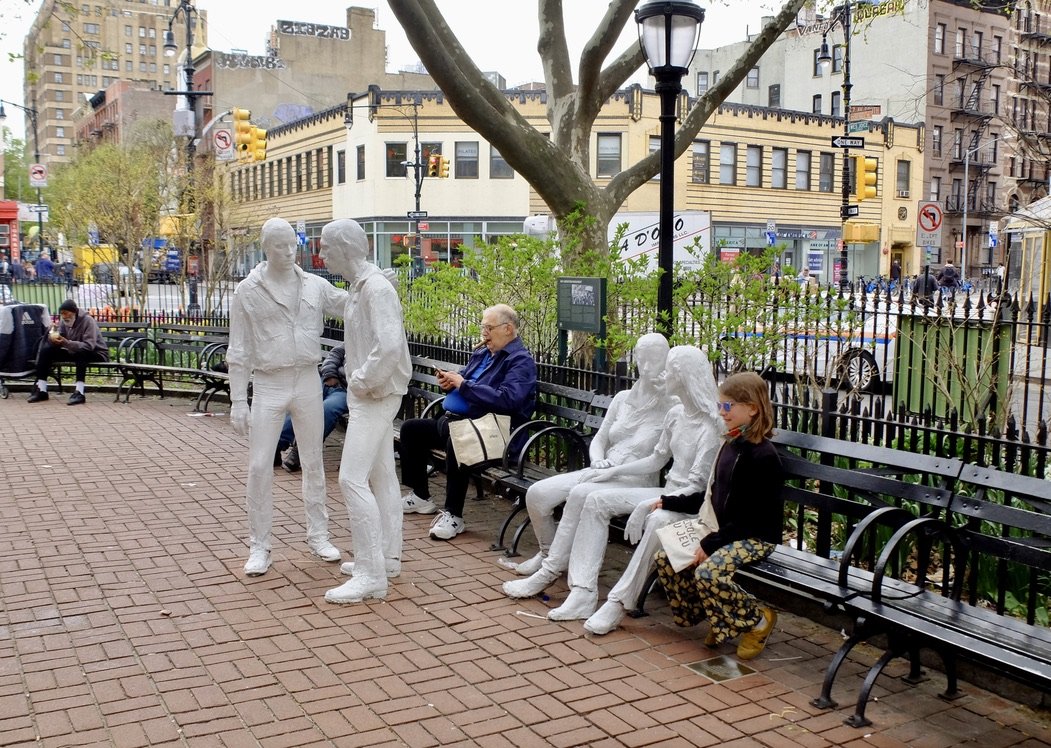
Stonewall Nat'l Monument.

-
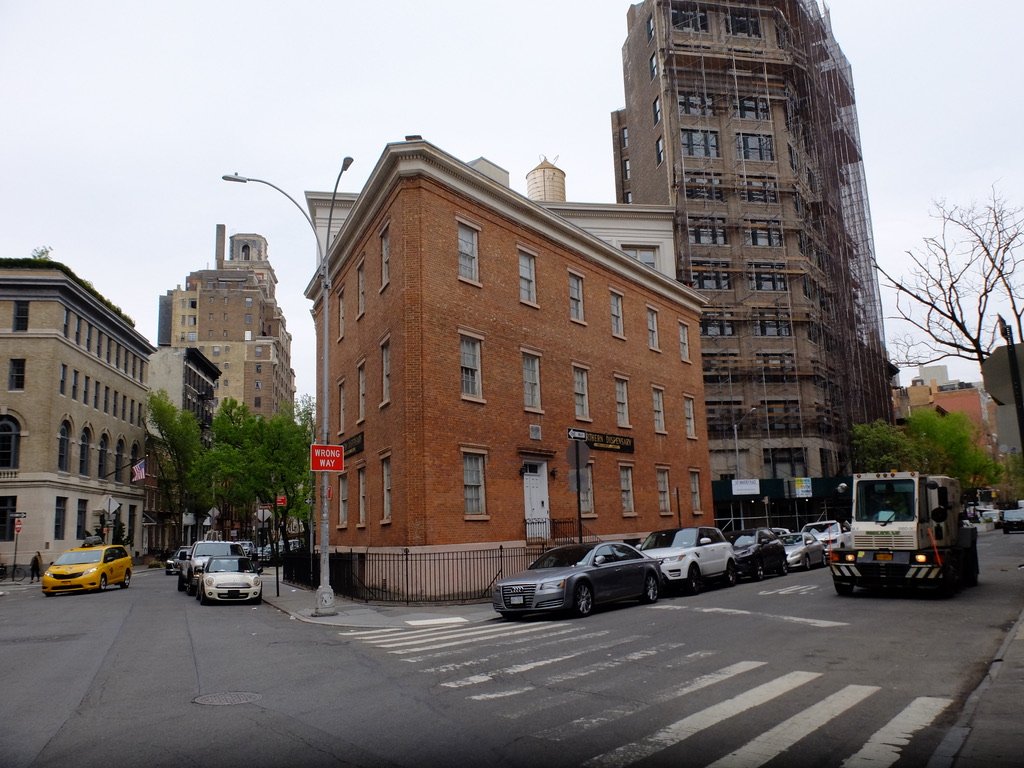
From Ted: “The Old Northern Dispensary Building that will soon see new life as part of God’s Love We Deliver operations is special. (https://www.glwd.org/)
It has two sides on one street (Waverly Place) and one side on two streets (Grove Street and Christopher Street.)”
“The Northern Dispensary was built in Greenwich Village in 1831 in what was then the northernmost part of New York City (hence the clinic’s name). The city donated a triangular plot of land for the clinic with the stipulation that it provide care for the ‘worthy poor,’ a growing population in the Village.” What caught my attention was that it was once a free dental clinic “…but its operators’ reluctance to serve people with AIDS led to its shuttering in 1988.” …until now.
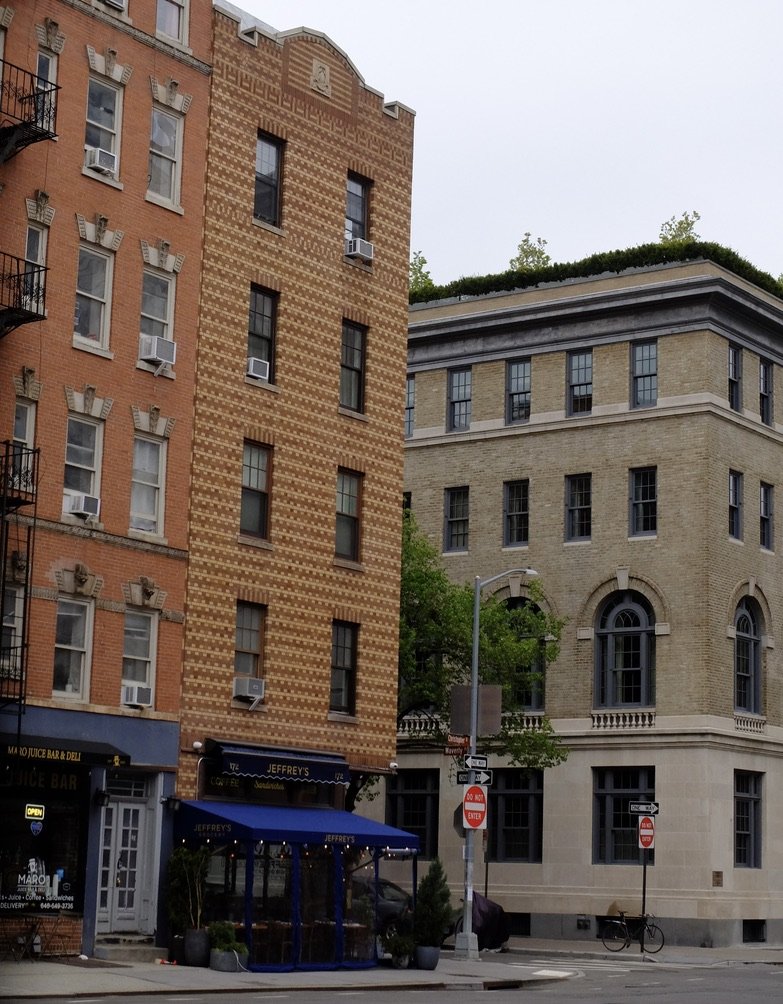
-
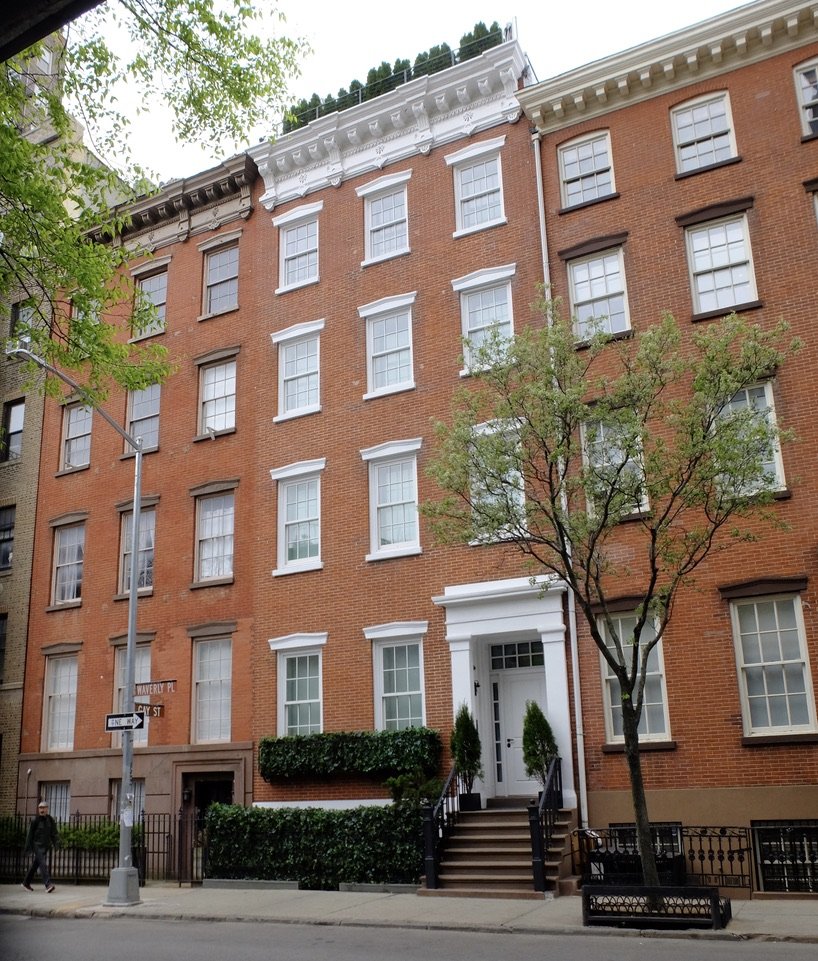
Look carefully at the street names.

-
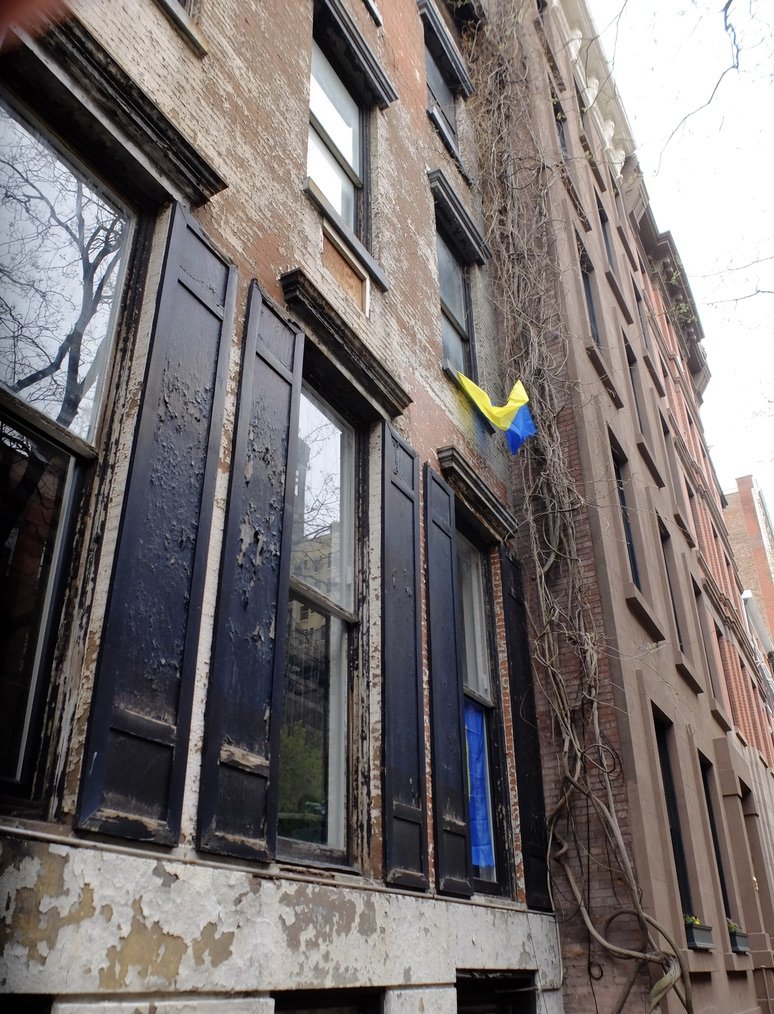
A sign of the times.
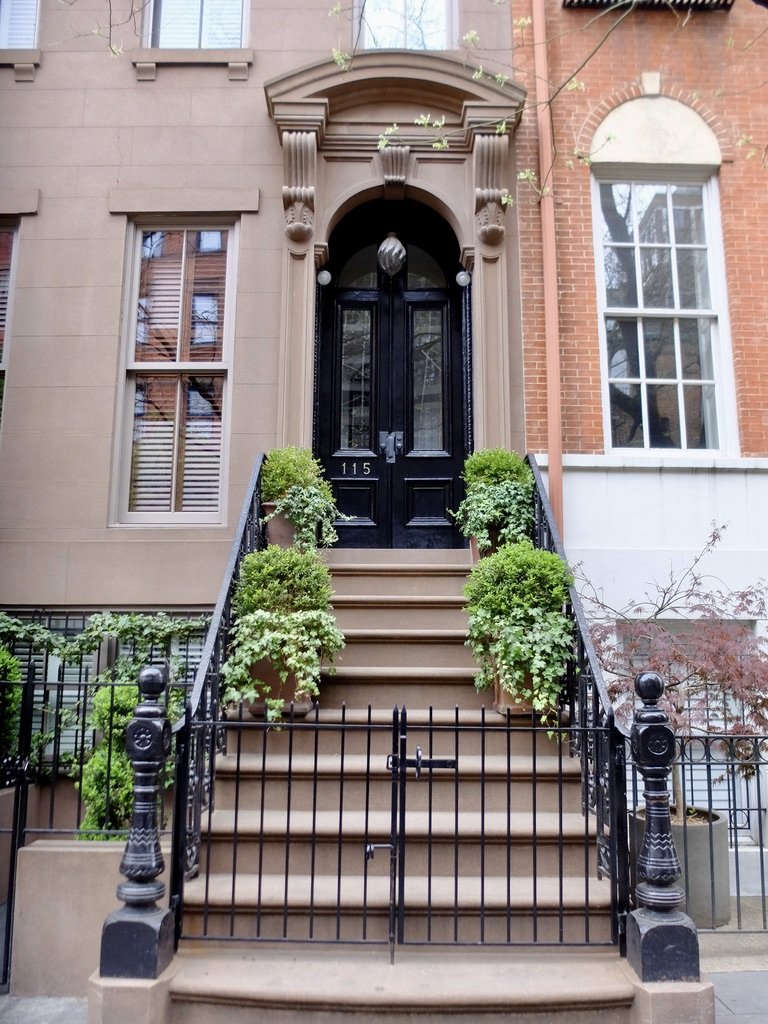
-
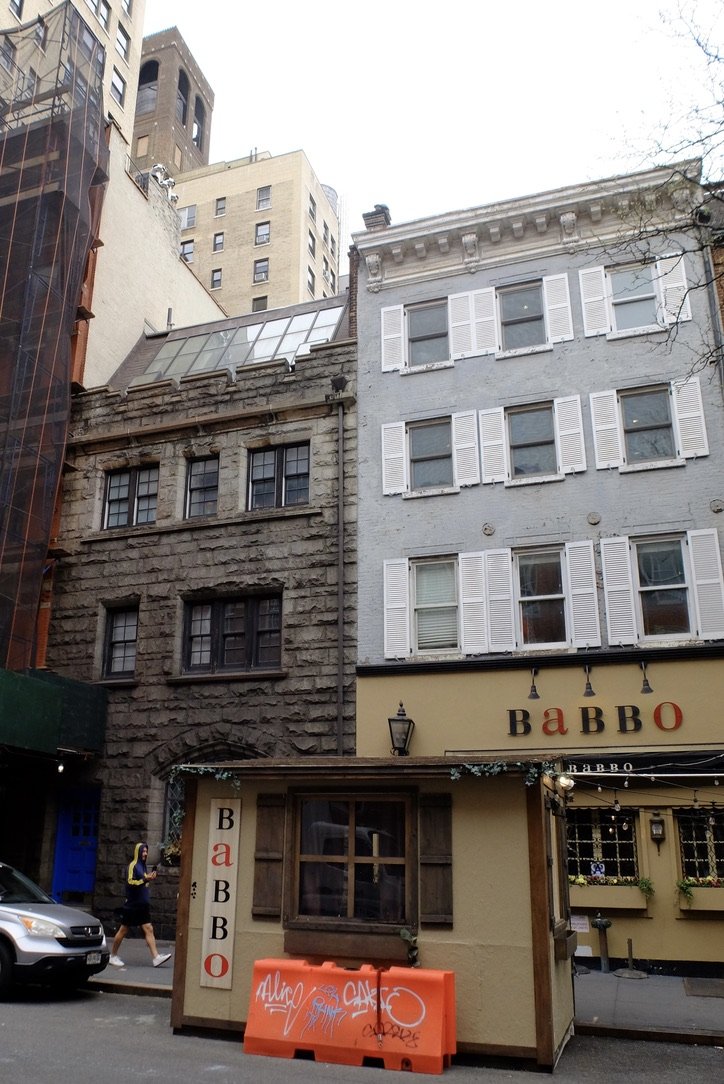
My spotter noticed this stone building with studio.
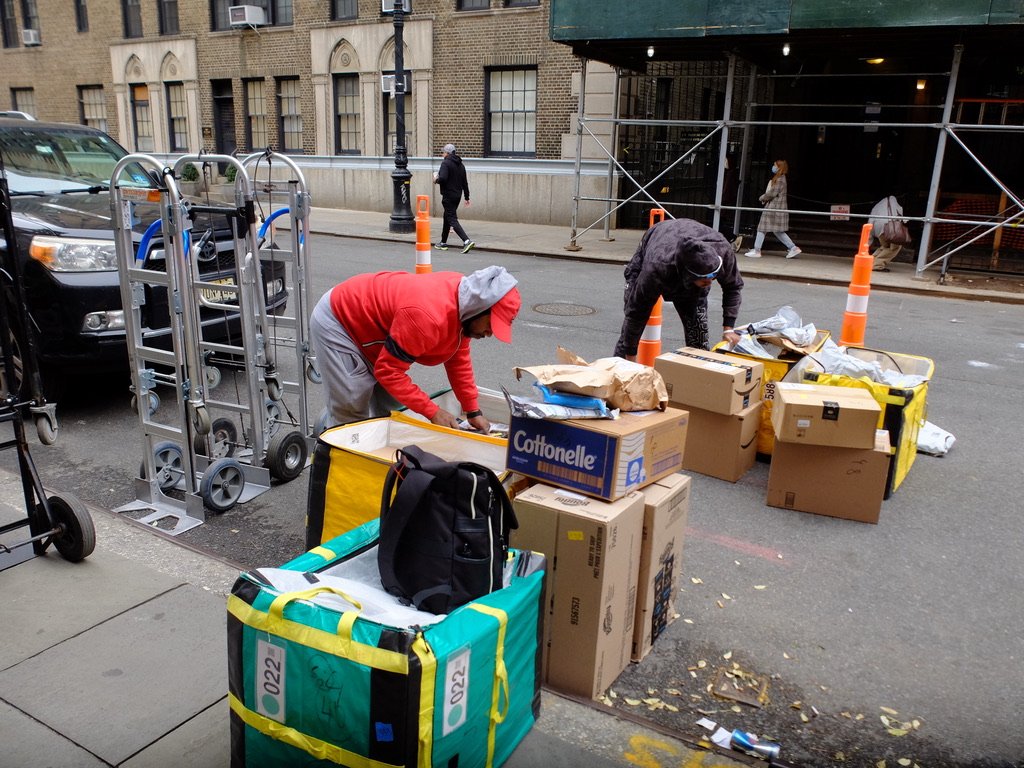
A common stie in Manhattan, Amazon street sorting.
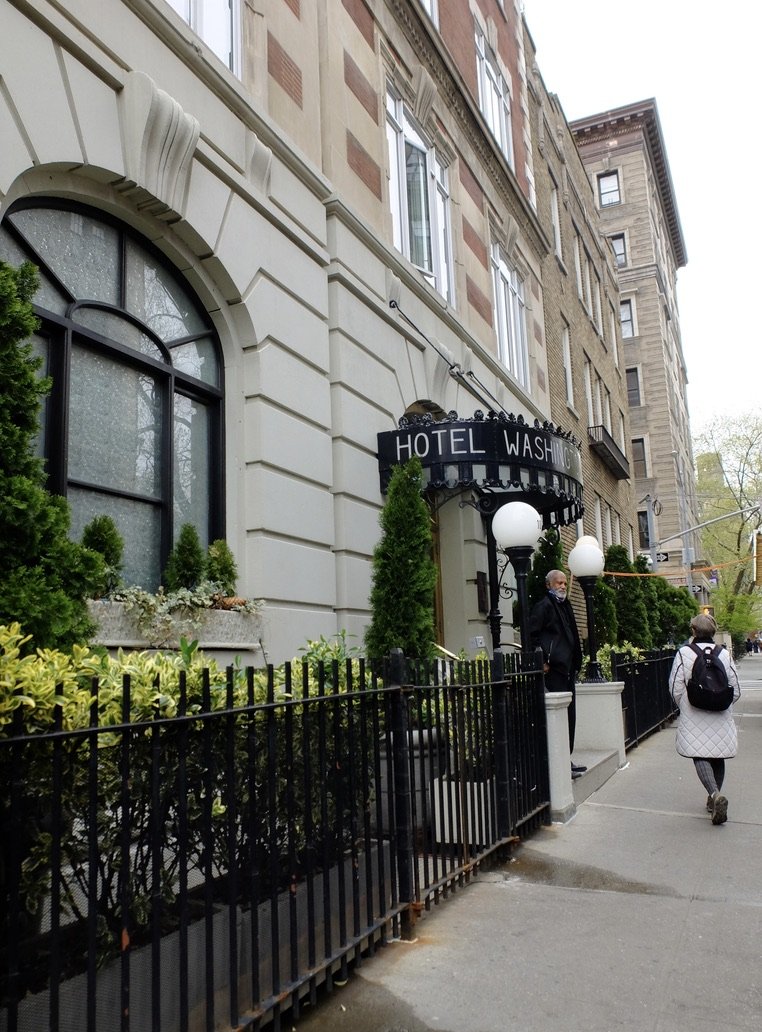
Think Joan Baez, Diamonds & Rust:
“…Now I see you standing
With brown leaves falling all around
And snow in your hair
Now you're smiling out the window
Of that crummy hotel
Over Washington Square…”
Baez was staying here.
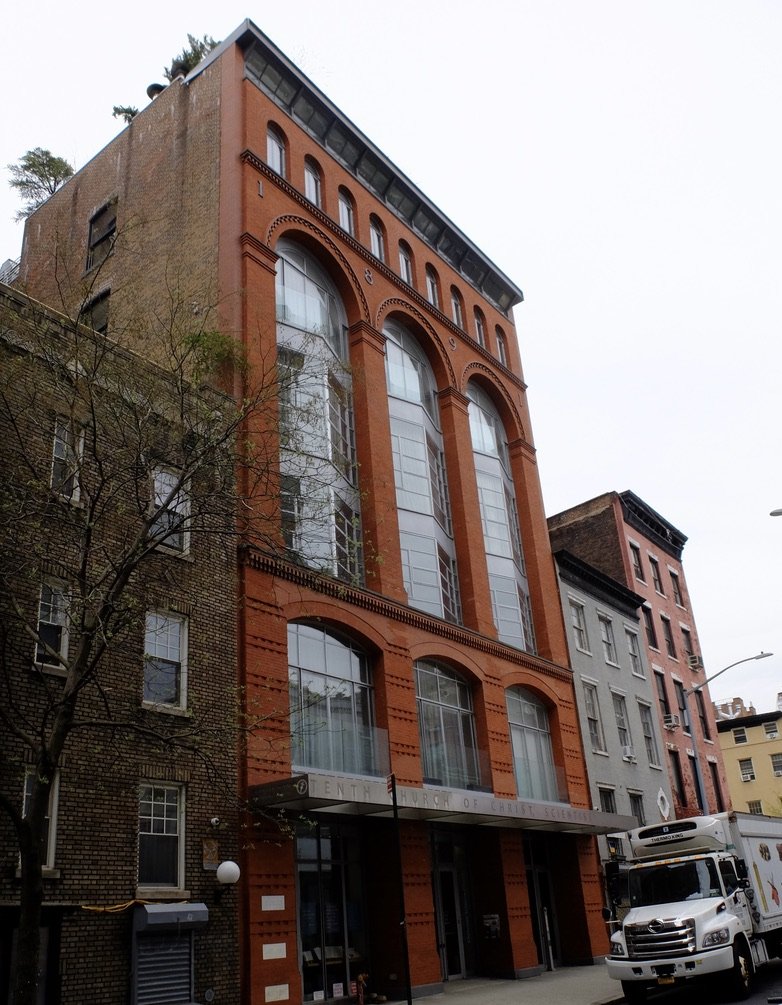
Adaptive repurposing by NYU. This part of The Village does not have the brown streets signs that denote it as a historic preservation district. NYU had objected.
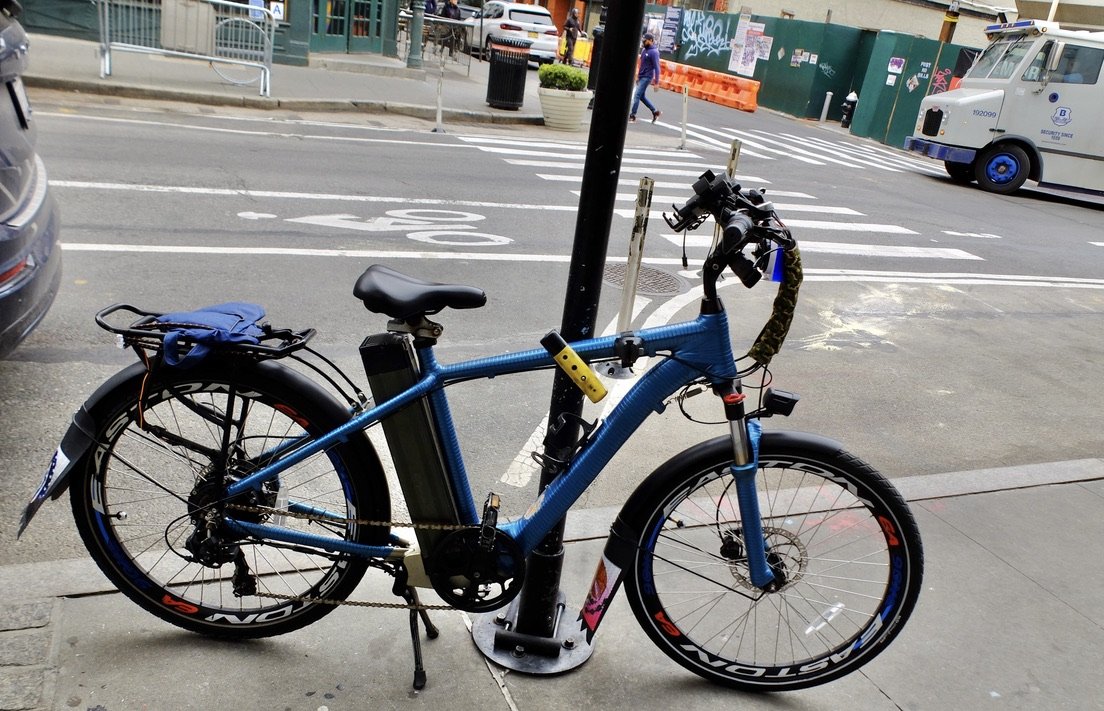
Now that's a lot of protection on that bicycle.

Washington Mews was first developed as a mews (row of stables) that serviced horses from homes in the area. Gertrude Vanderbilt Whitney lived here & her studio & school were in buildings behind to the right.
That humogatroid apartment complex blocked out a beautiful building. You can see a tip of it peeking out.

Under the NY Studio School sign is carved Museum of Contemp Amer. Art. The MET declined her collection of art as being too modern, so she housed her own museum here. Whitney Museum of American Art is now in the Meat Packing District.
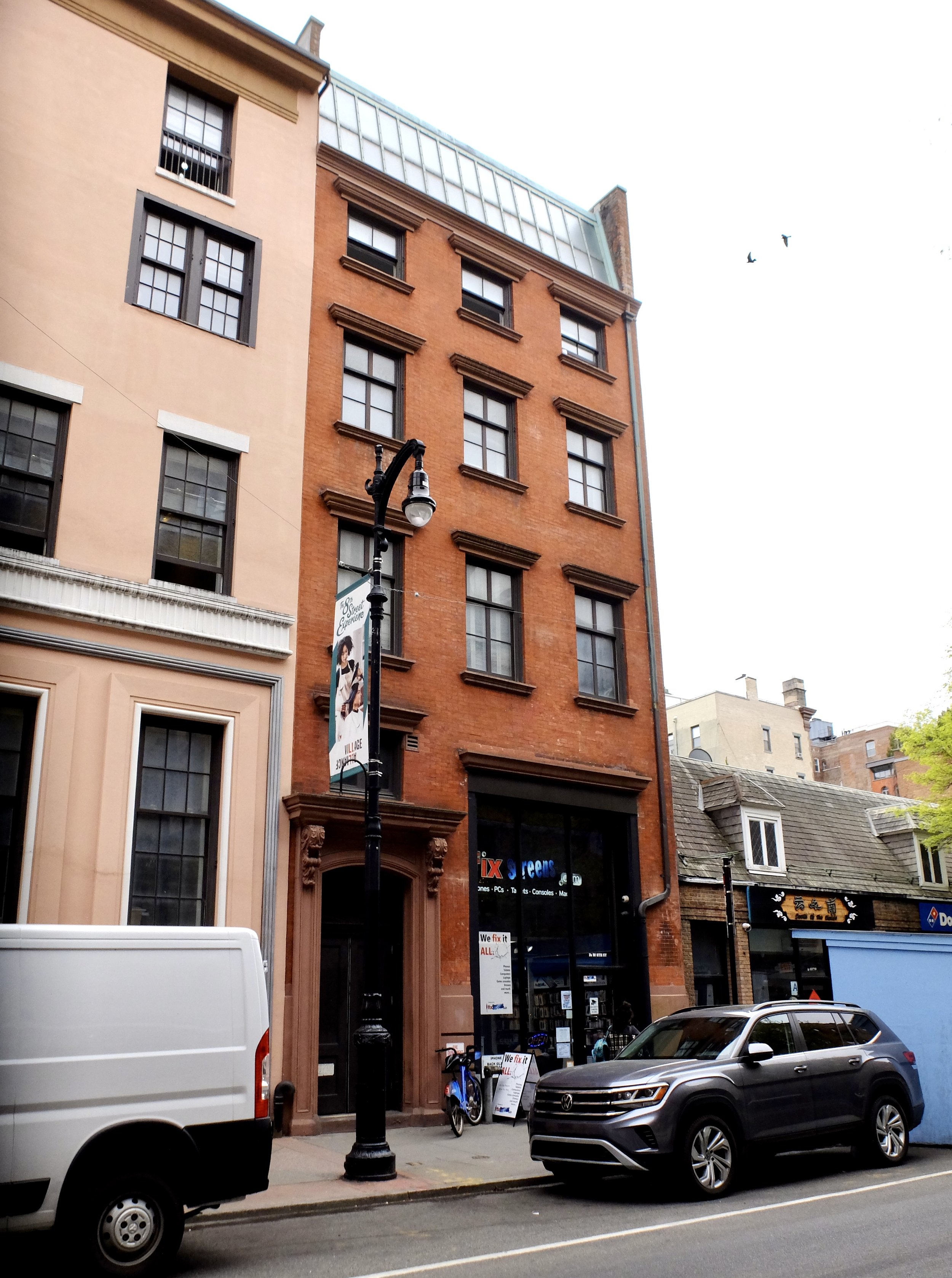
Vanderbilt lived in this building, with the studio above.
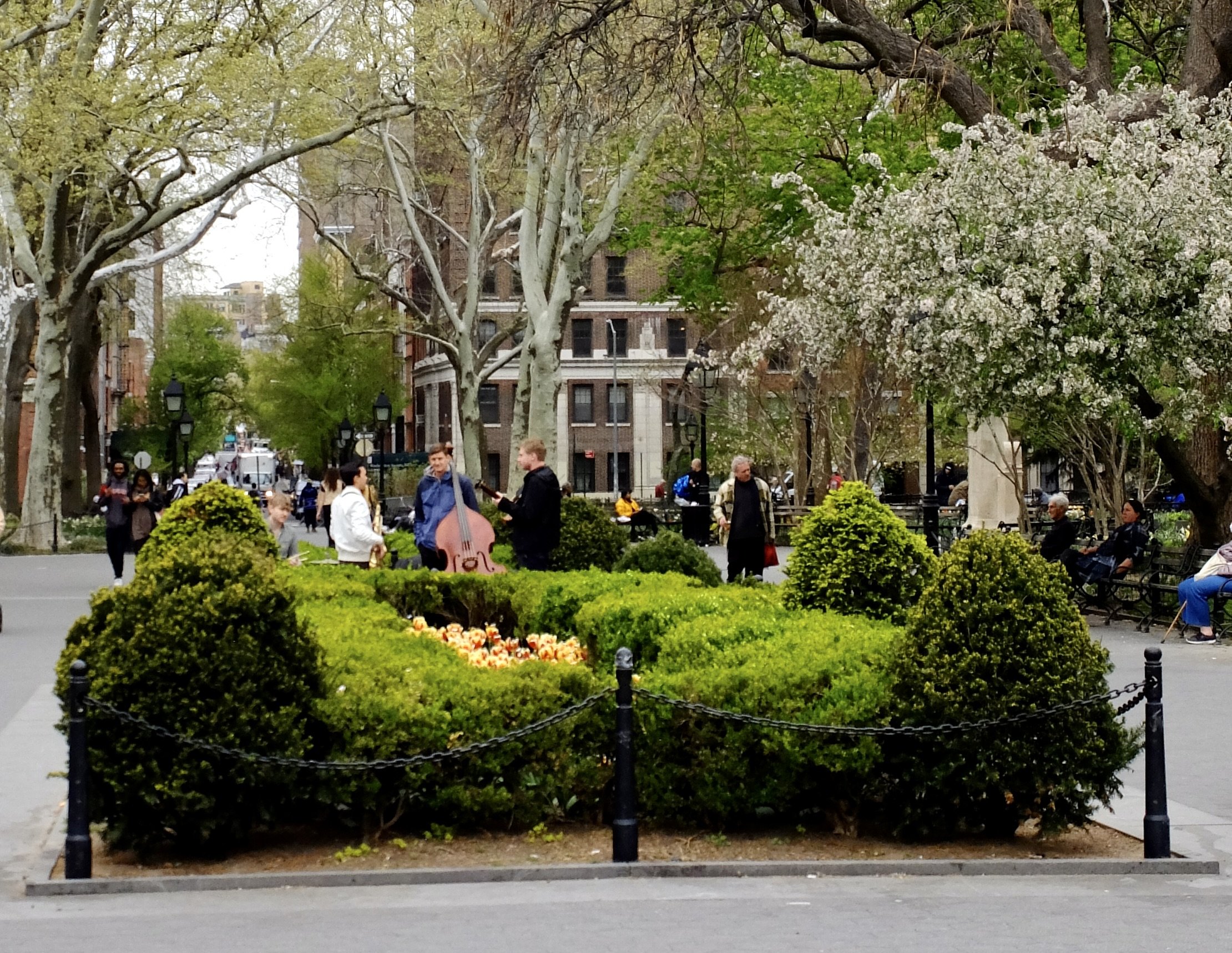
Still musicians...
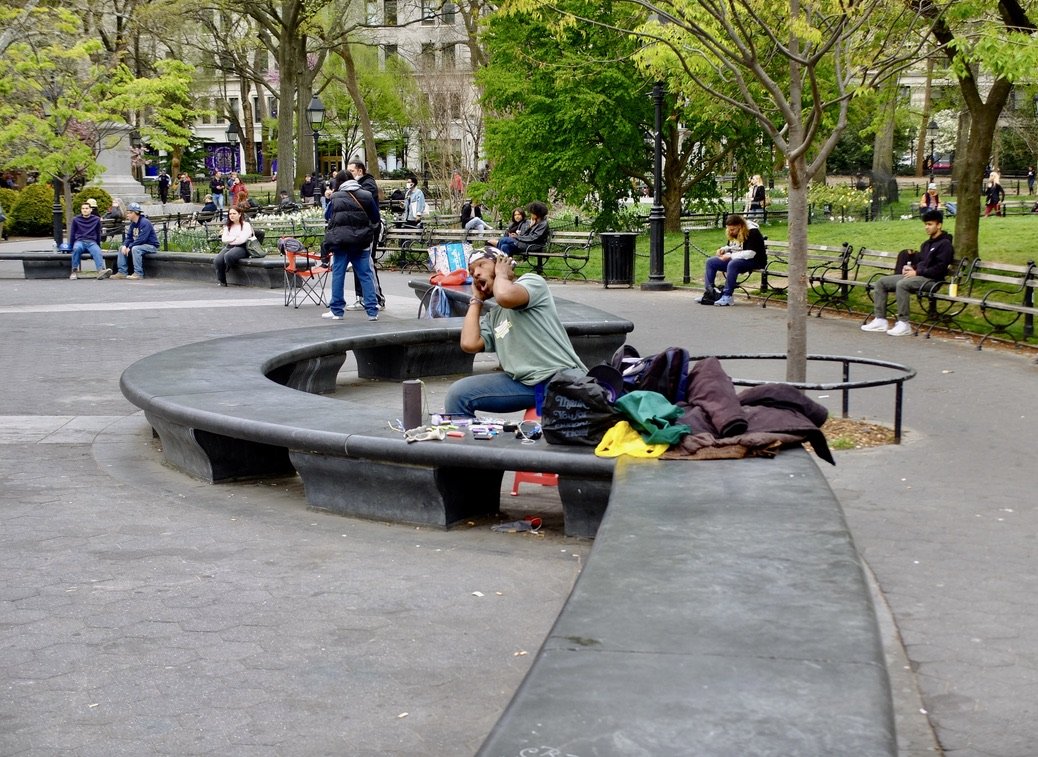
...& crazies in Washington Sq. Park.
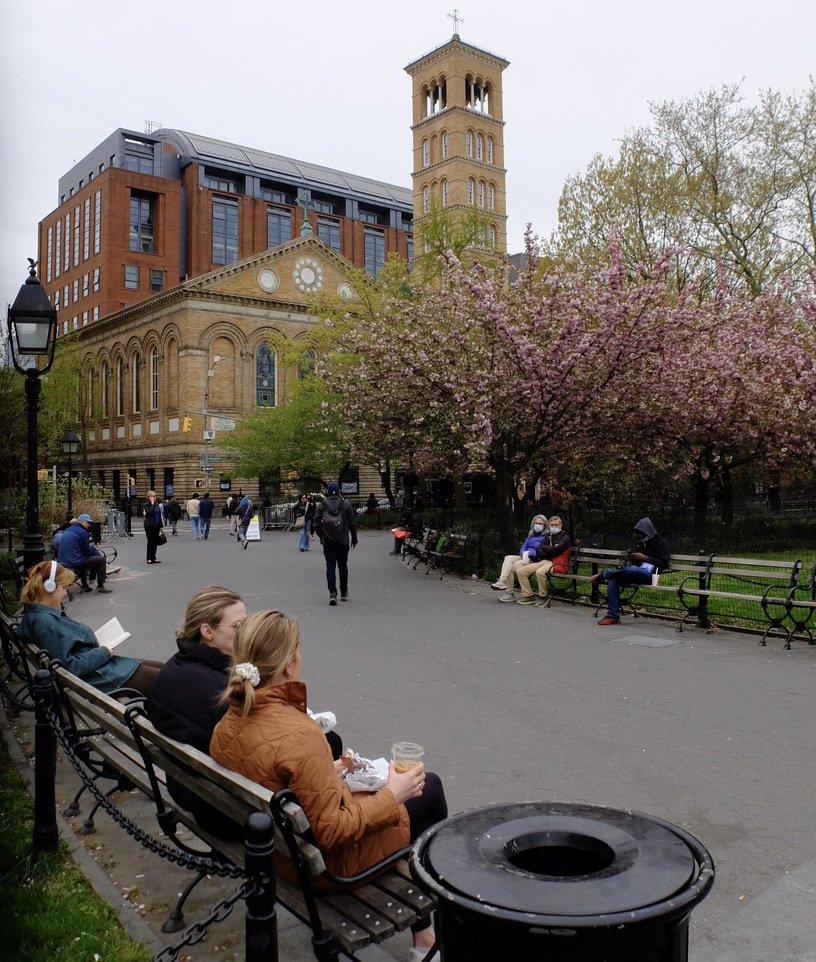
Judson Memorial Church. The campanile was completed in 1896 & dominated the village. Thereafter, new buildings concealed their water towers to mimic the style of the campanile. Who knew?? Ted did!
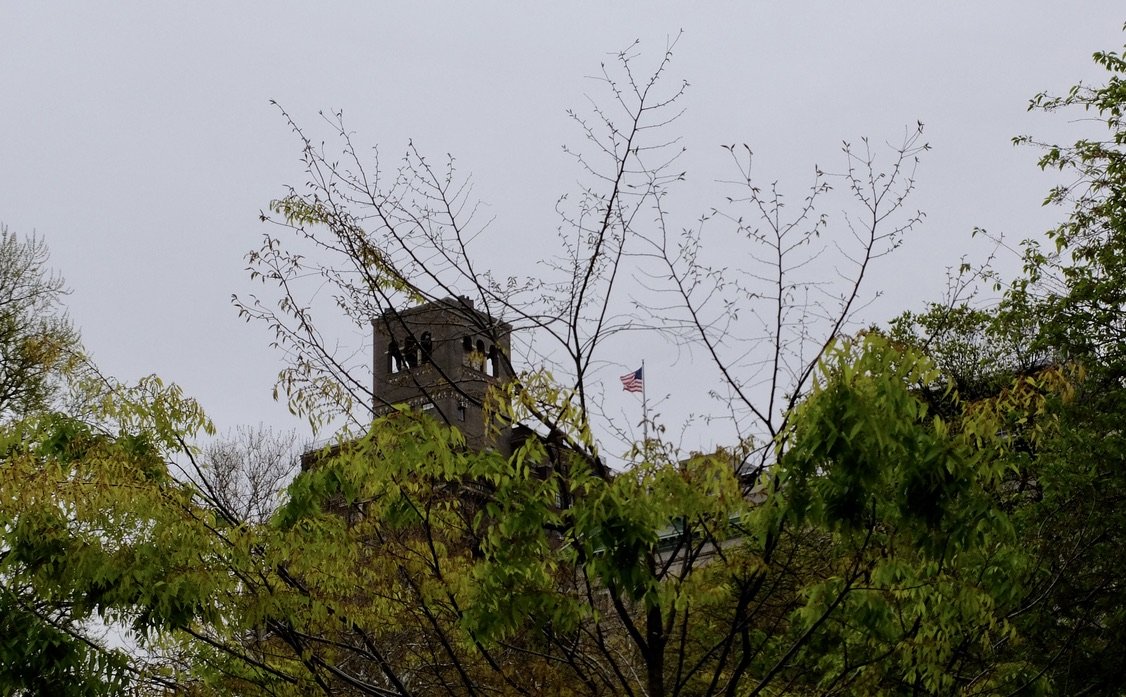
As here...
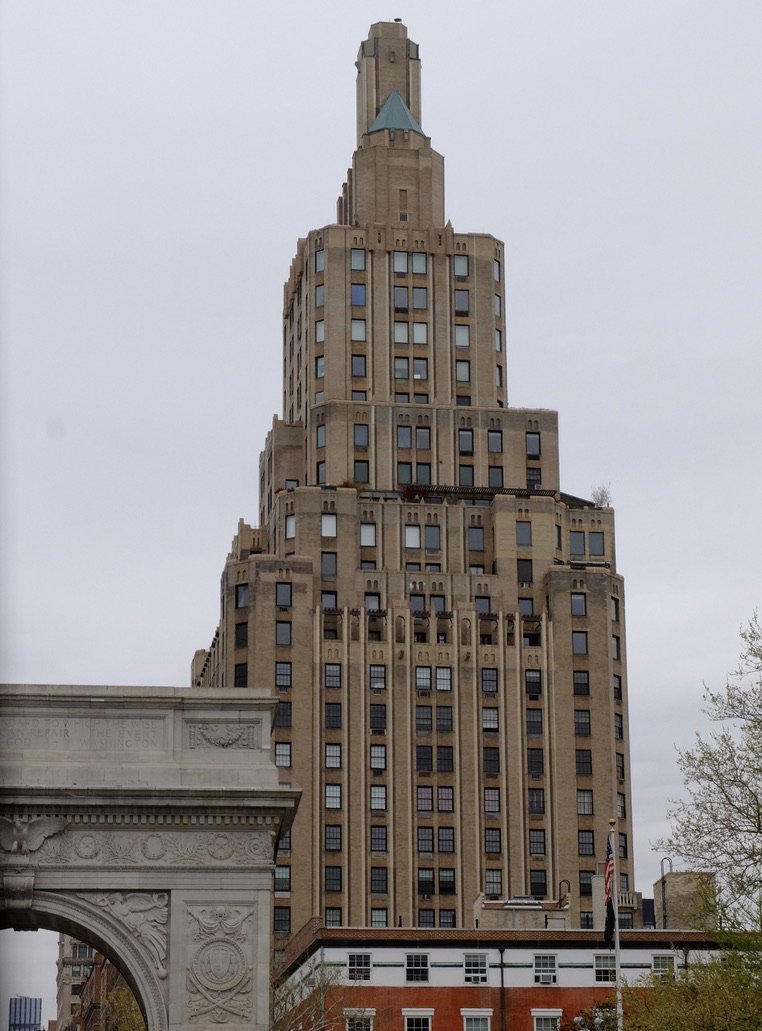
...and here...
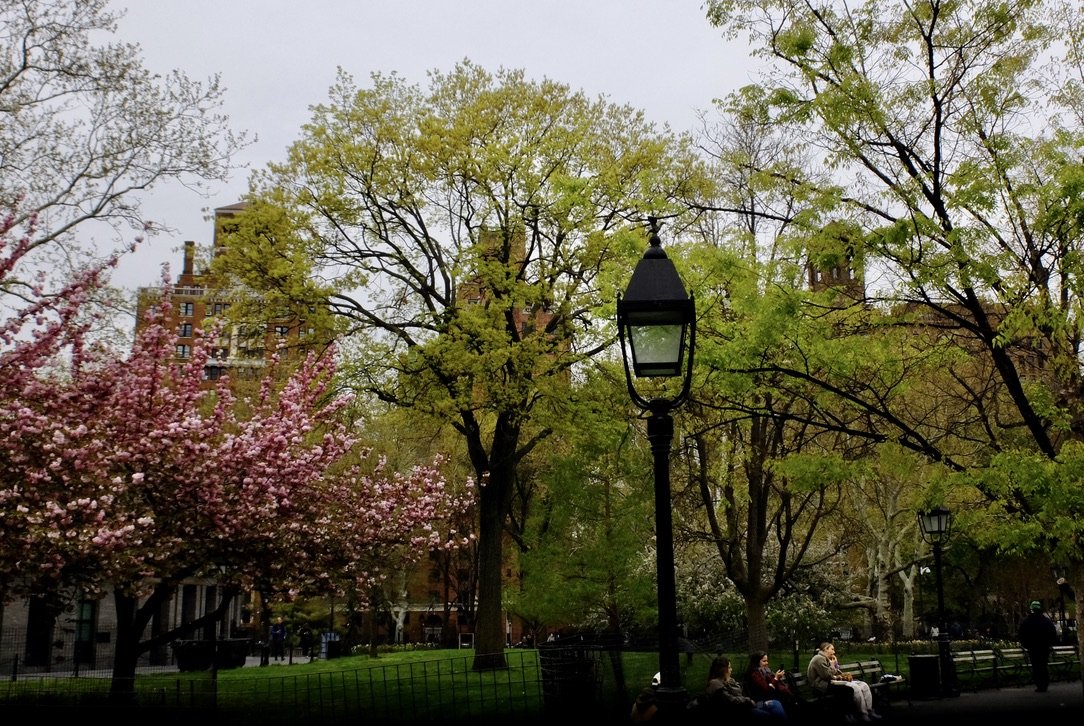
...and here.
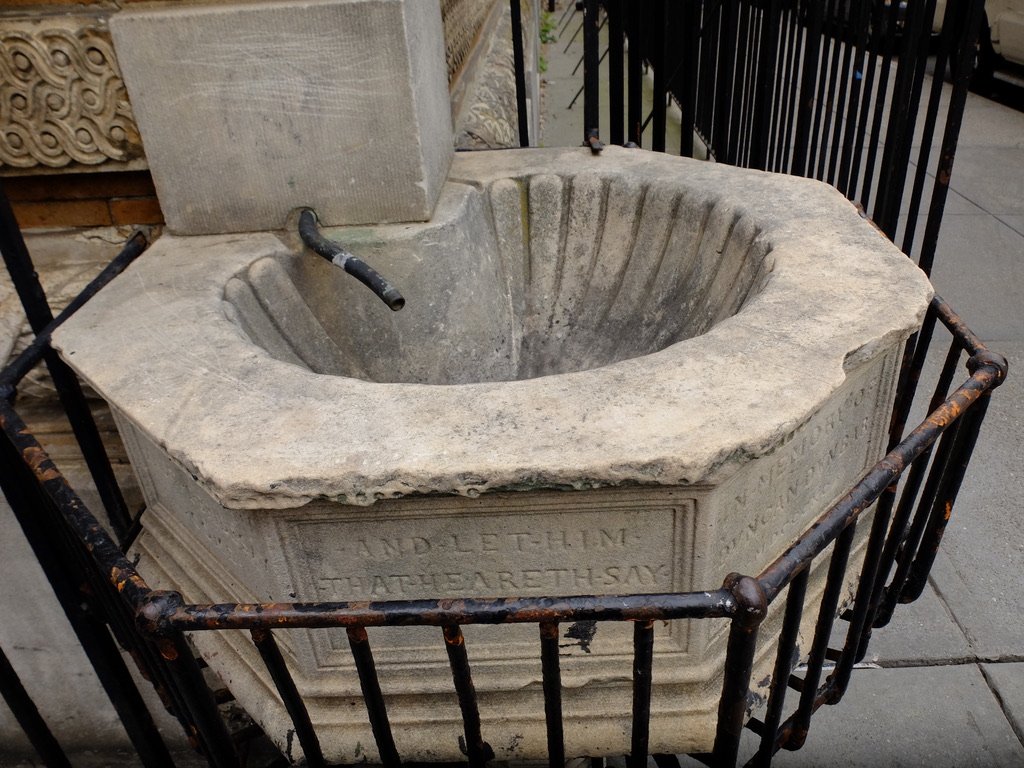
The church provided a supply of cold water here for The Village residents. In the summertime, the water in the tenements would be very hot.
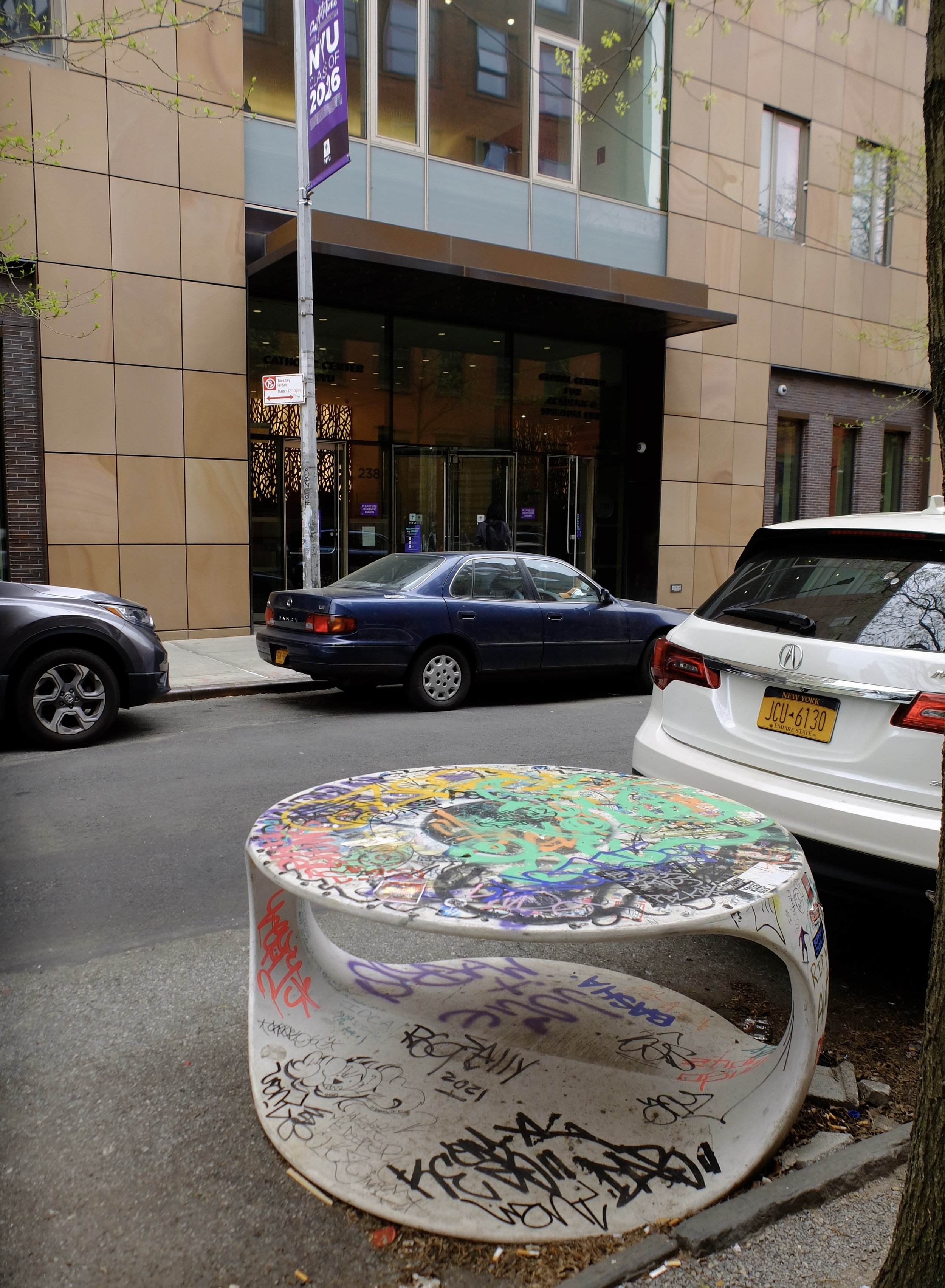
Who knows? Ted had no idea.
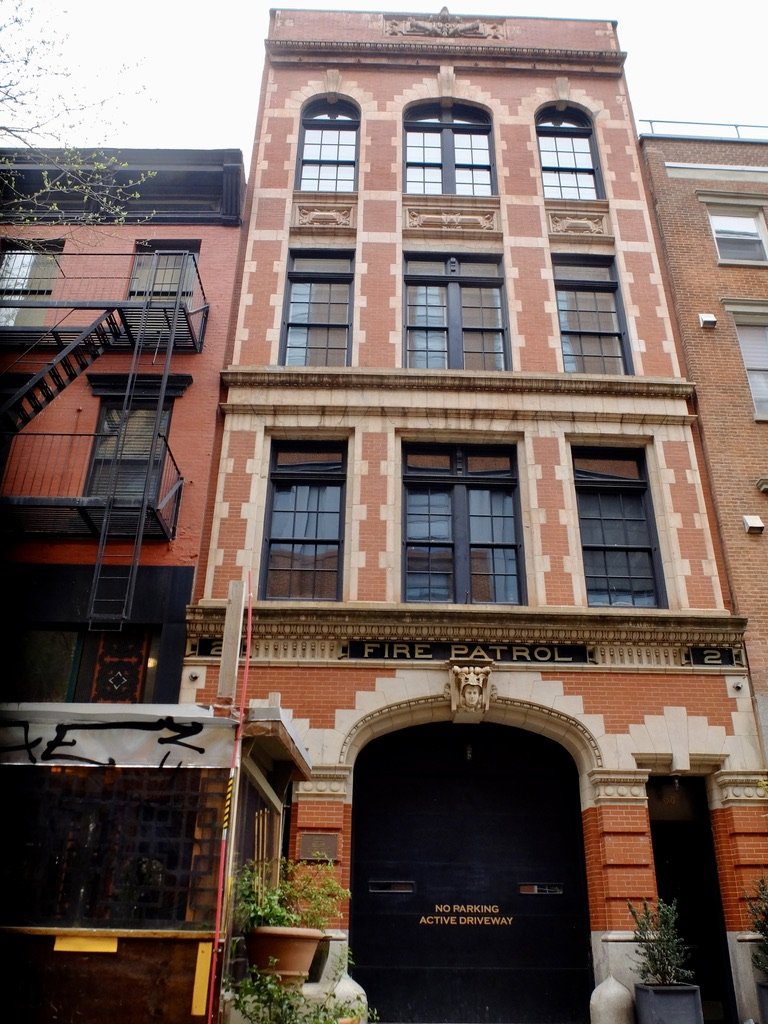
“The New York Fire Patrol (FPNY) was a salvage corps created by the New York Board of Fire Underwriters which operated from 1839 until October 15, 2006. Their original mission was two-fold: to discover fires and to prevent losses to insured properties.” Anderson Cooper purchased this building & spent oodles of cash to renovate it into a home.
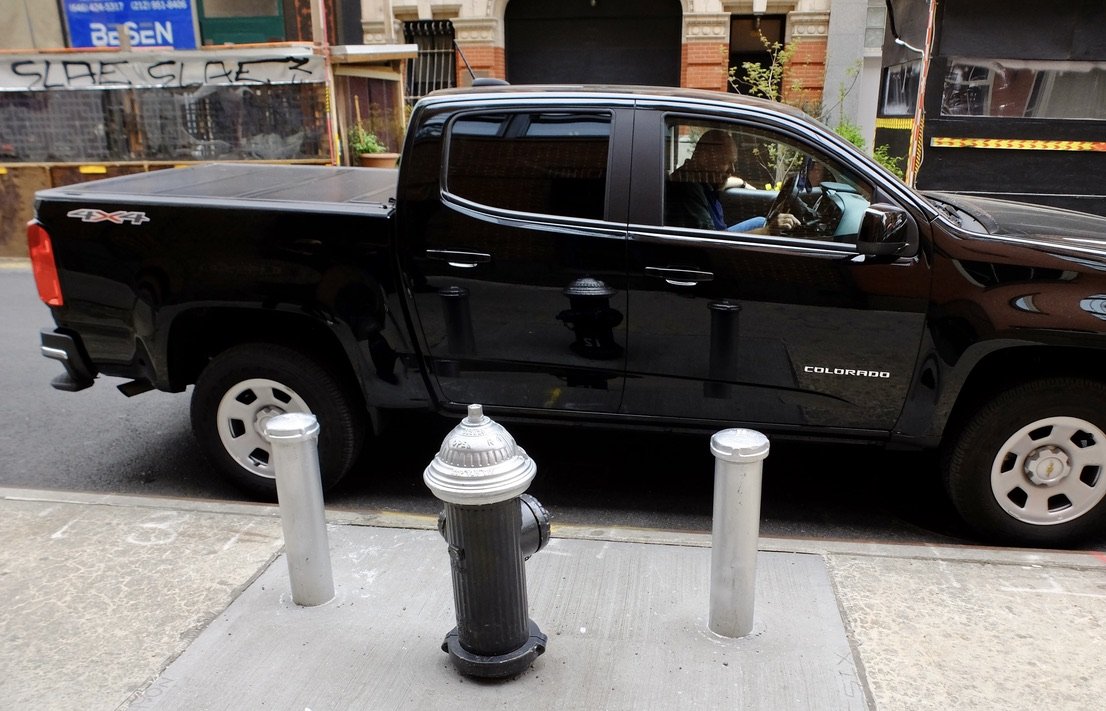
Just look at that freshly painted fire hydrant & accompanying stanchions! No grafitti yet but then this is in Greenwich Village.
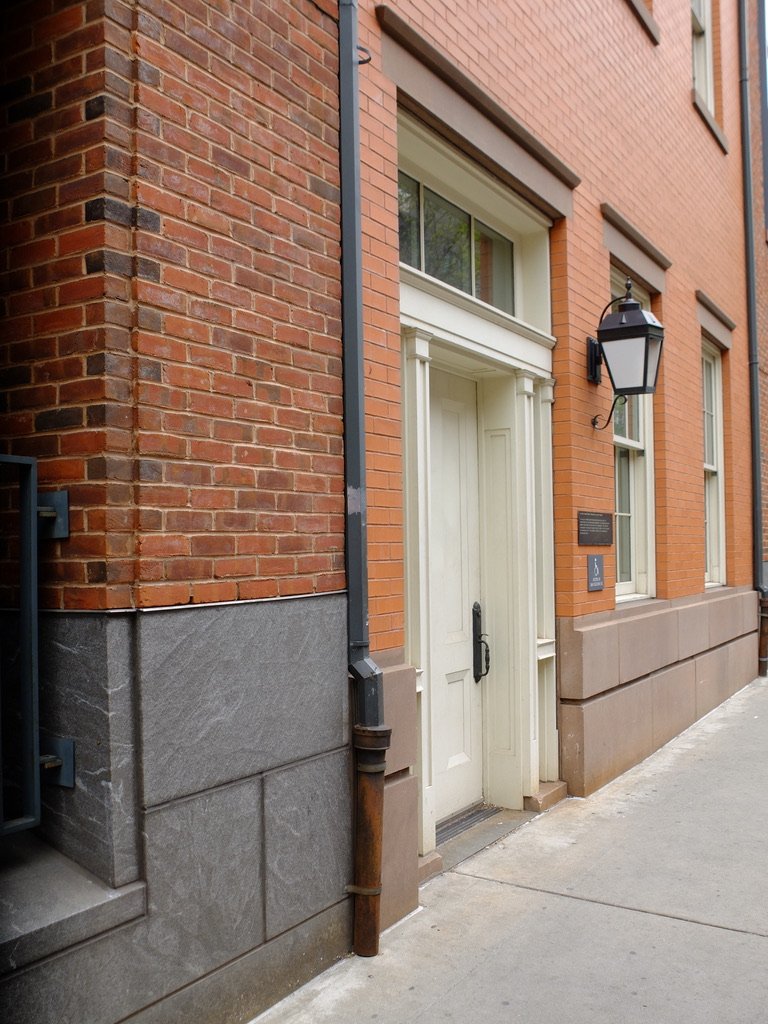
Edgar Allen Poe lived here. NYU reluctant;y "restored" the house. Much of the front brick is fake.
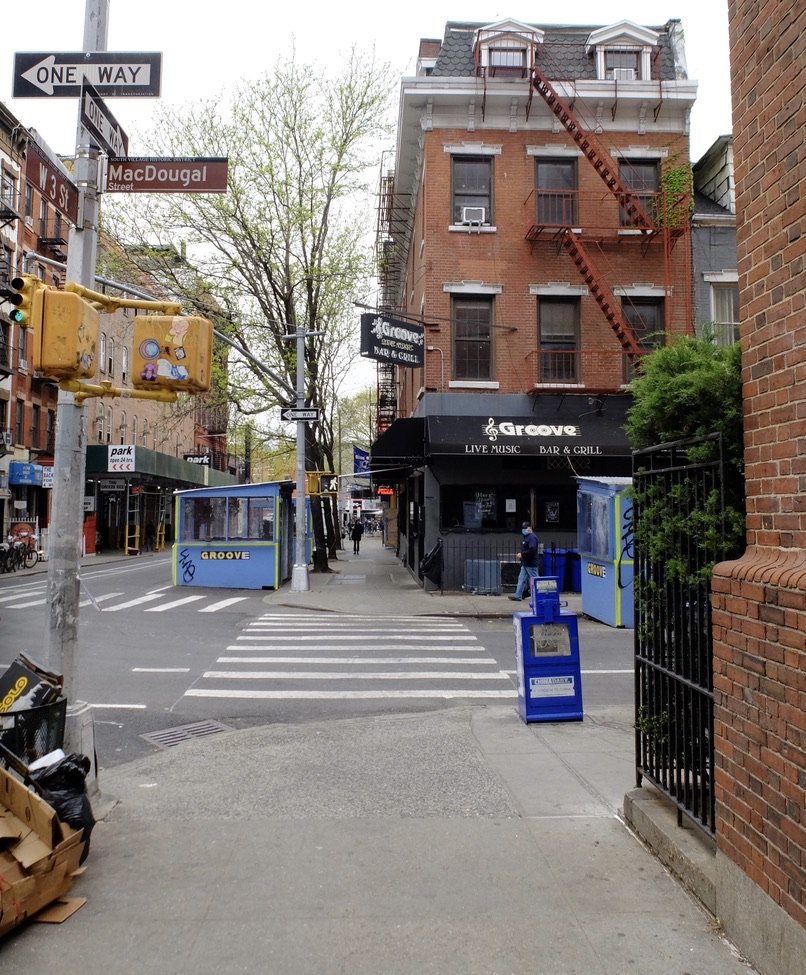
-
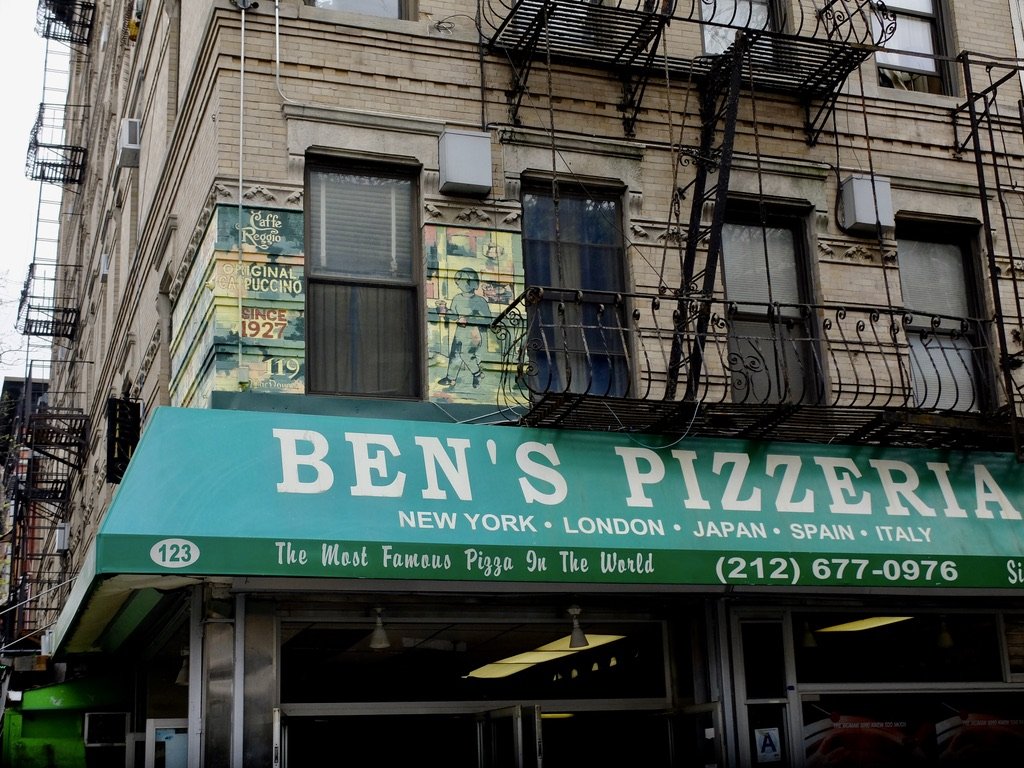
Look above "Ben's."
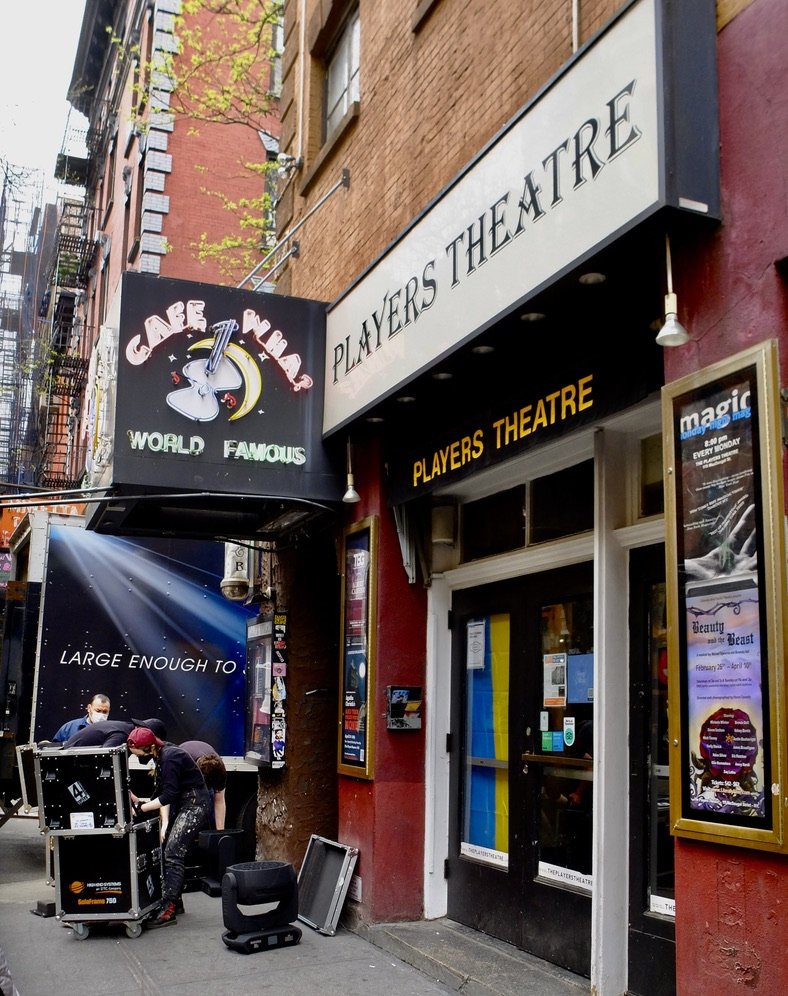
"... the name comes from an exclamation made famous by his Russian Jewish grandmother. With her broken English, Manny’s mother would growl 'Wha?' when at a loss for a comment or answer."
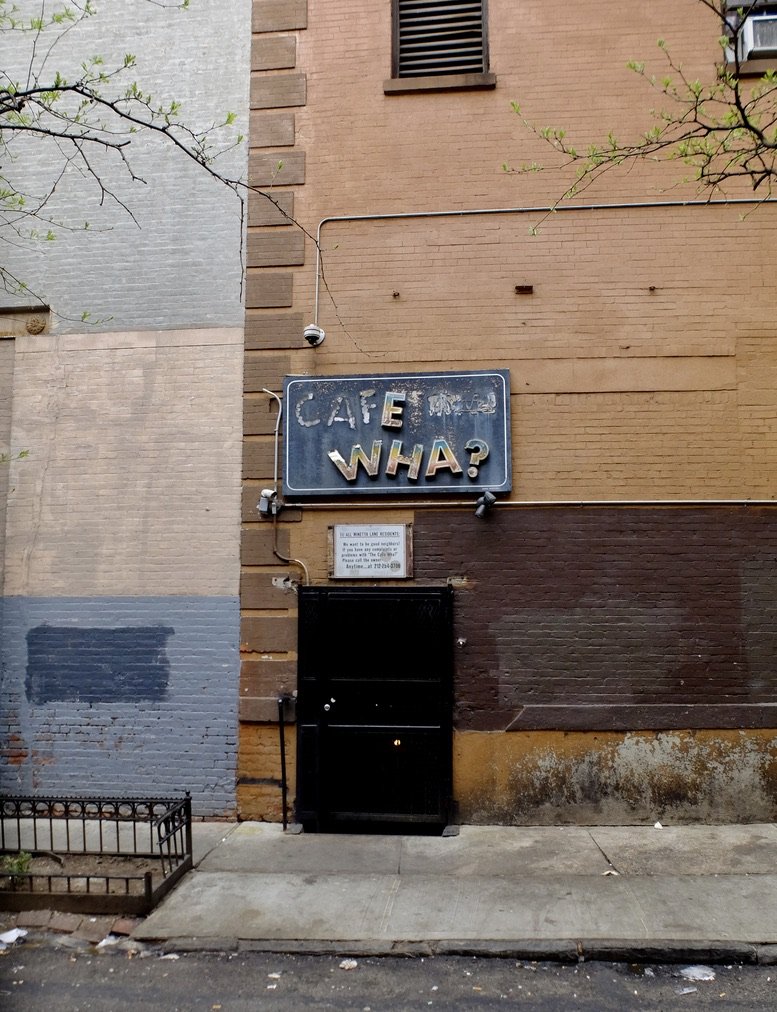
Be nice to the neighbors...
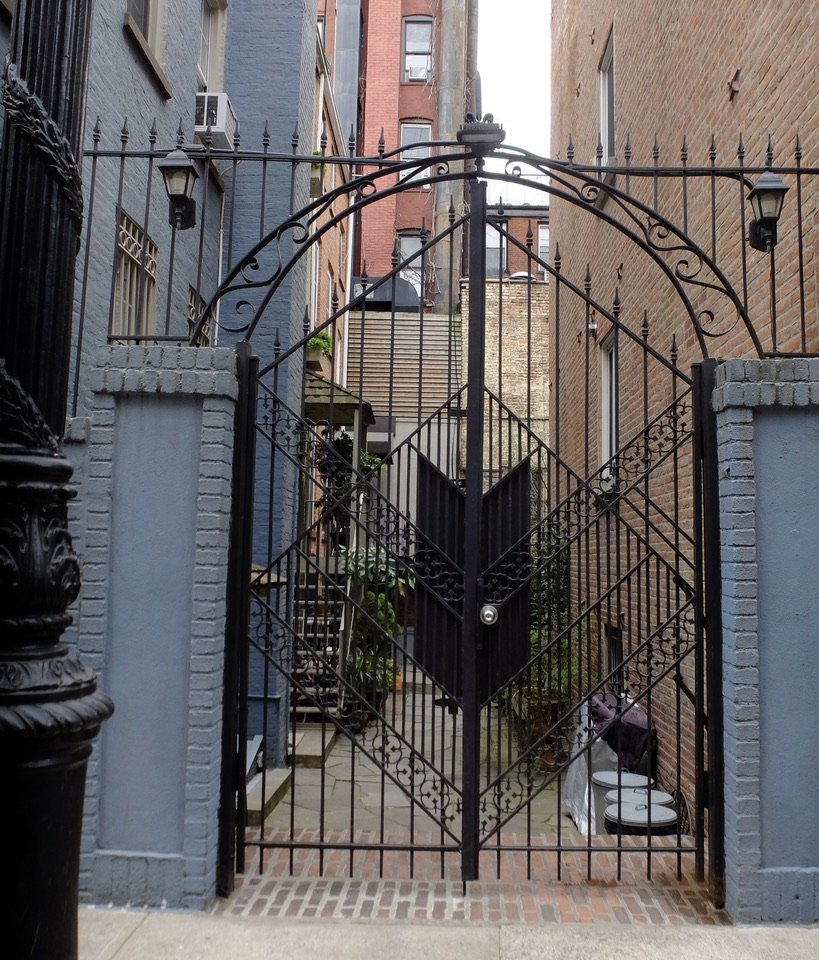
-
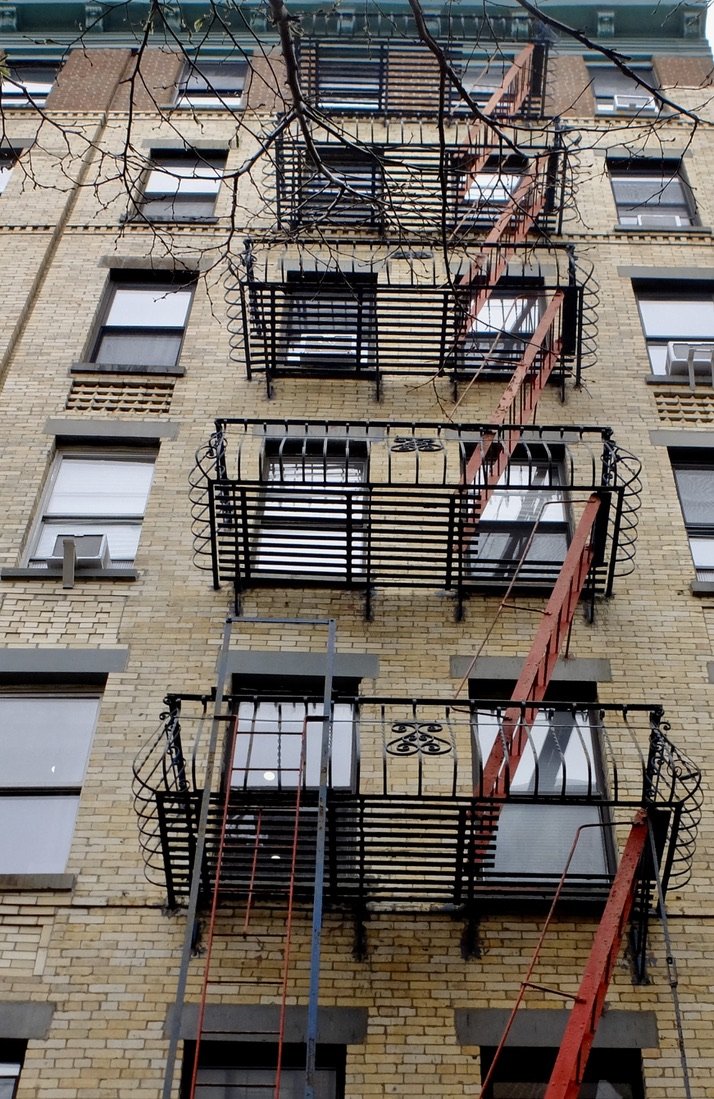
A two tone fire escape.
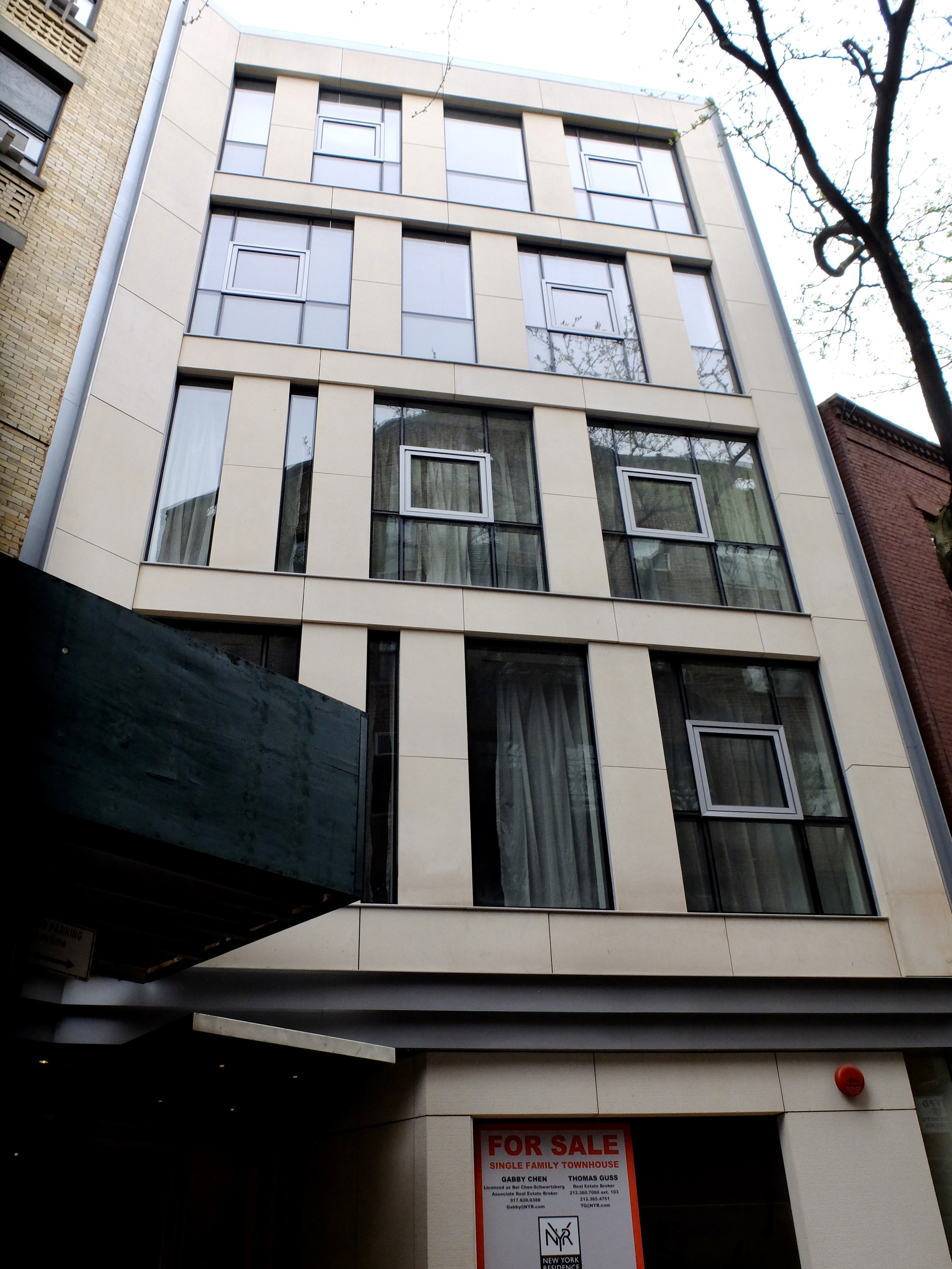
What happens when an area is not a historical preservation district. At least there is off street parking.
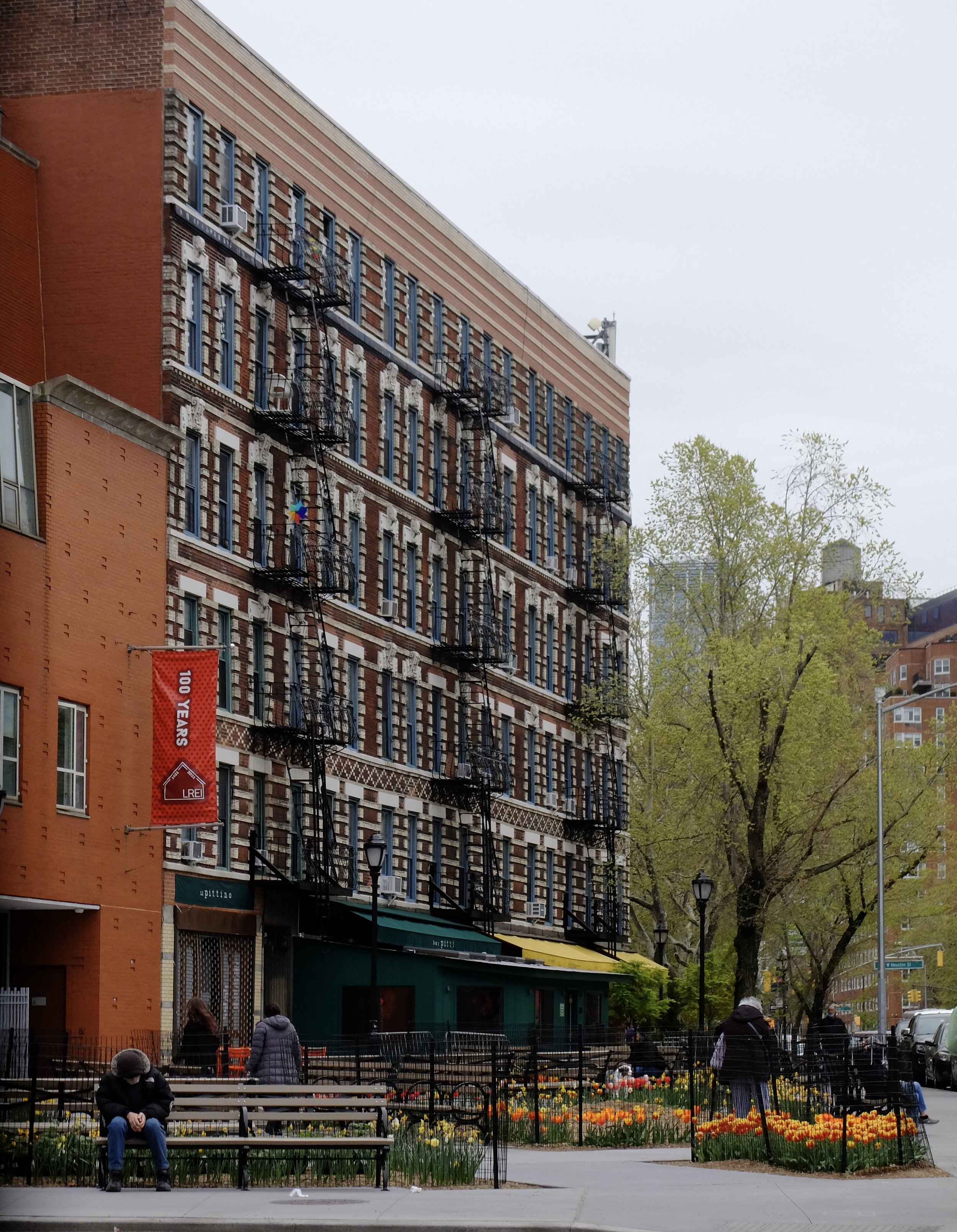
-
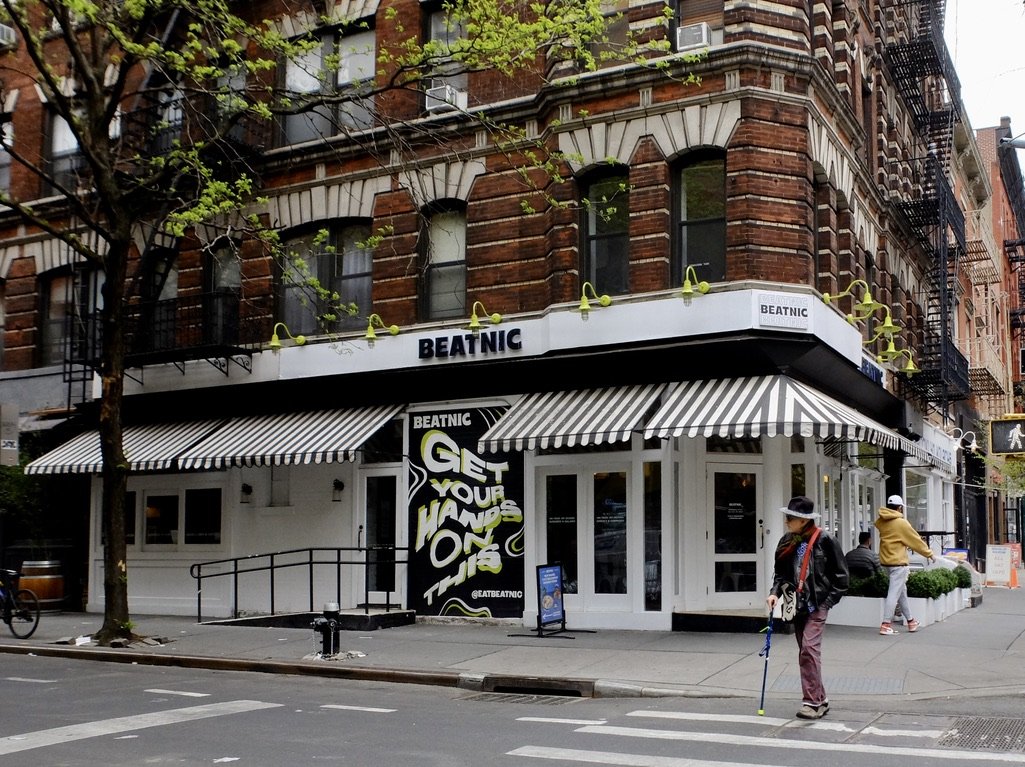
A walk down Sullivan St. to our lunch destination.
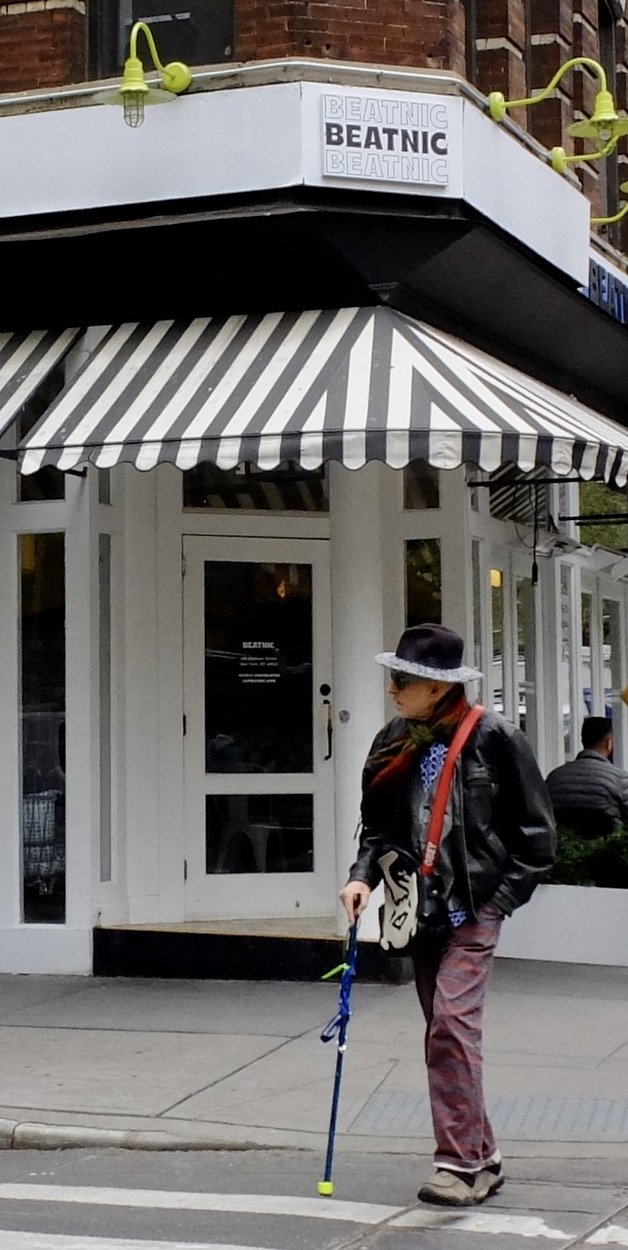
-
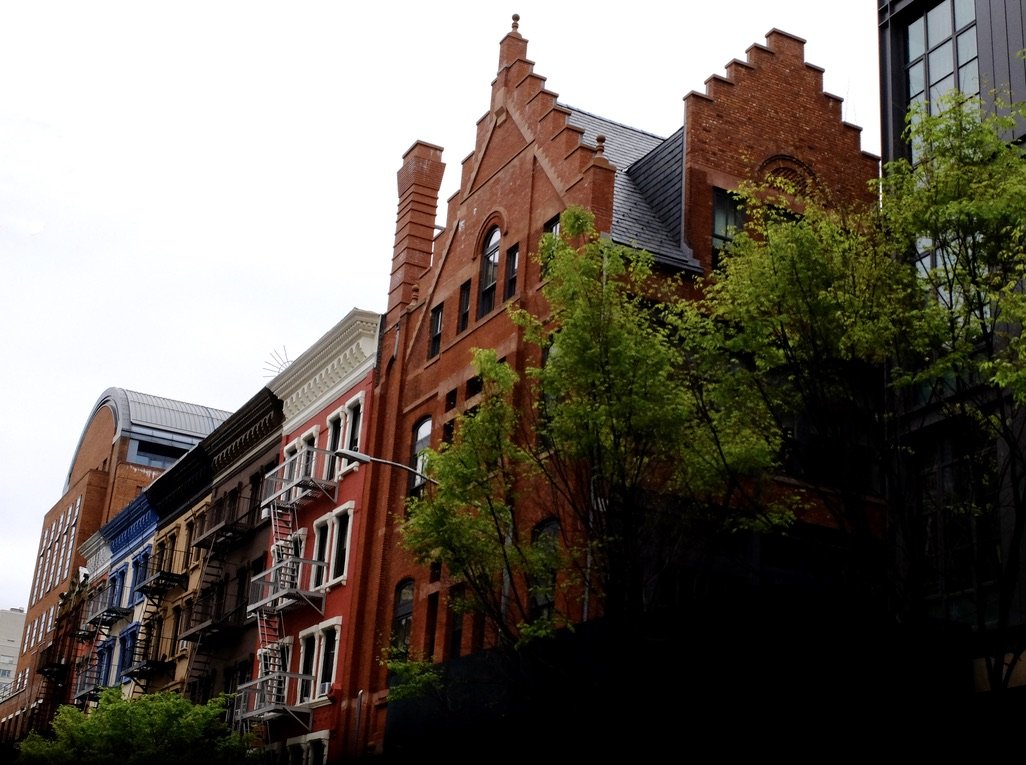
The building on the left is NYU Law School.
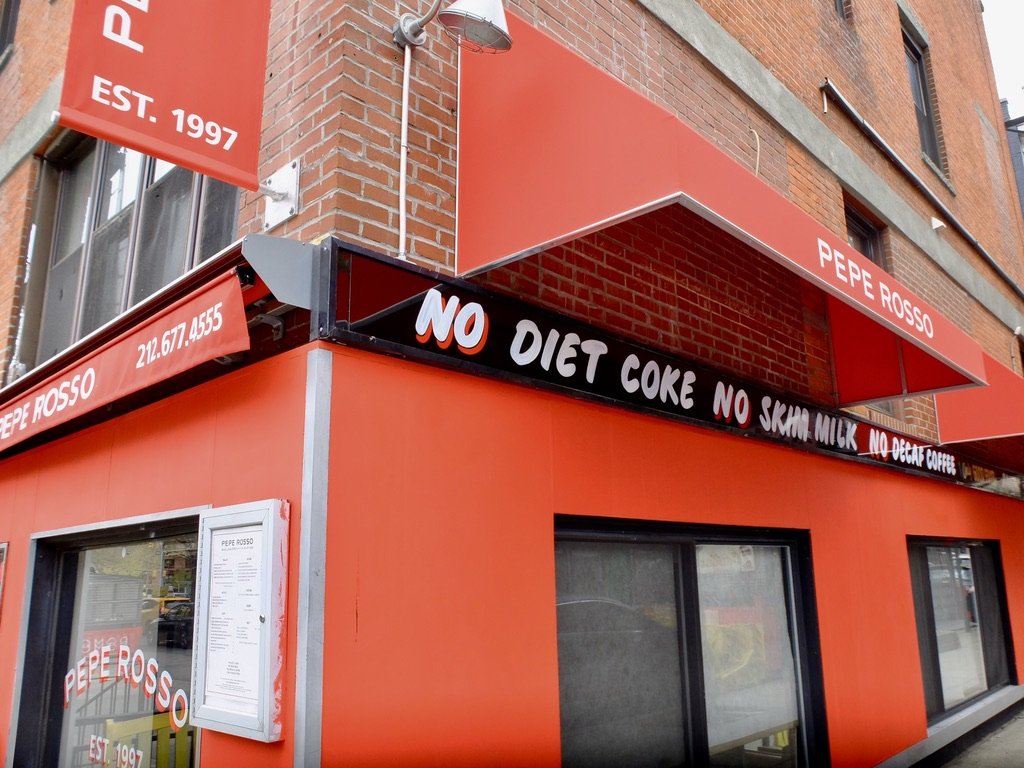
-
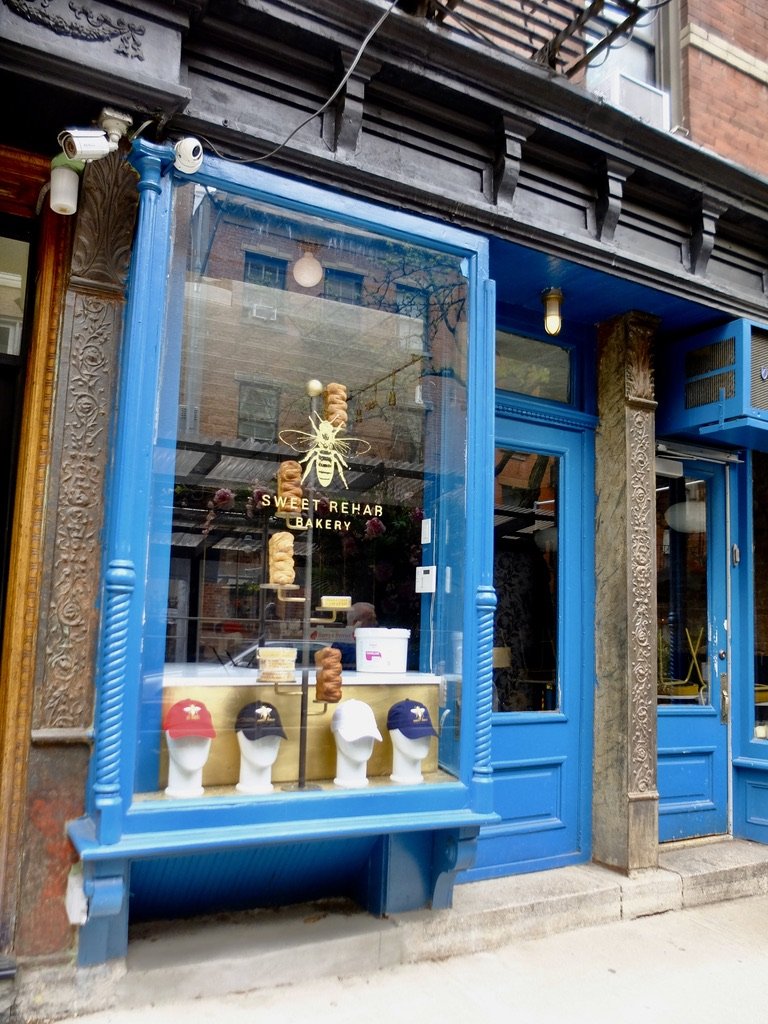
-
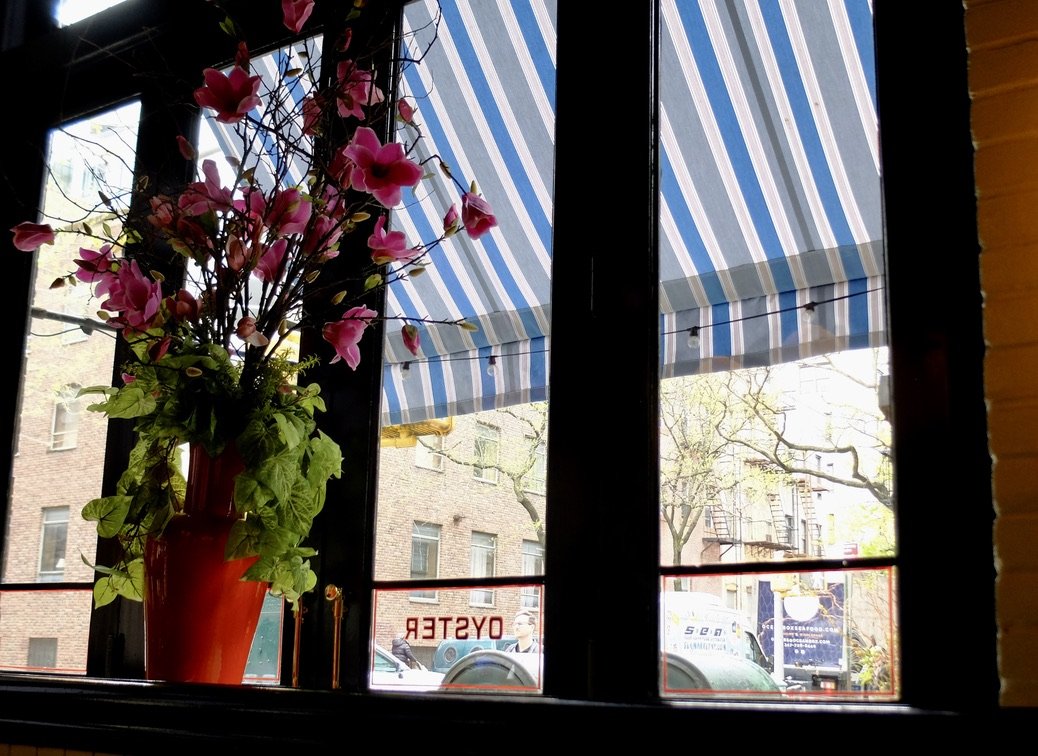
The Dutch restaurant.
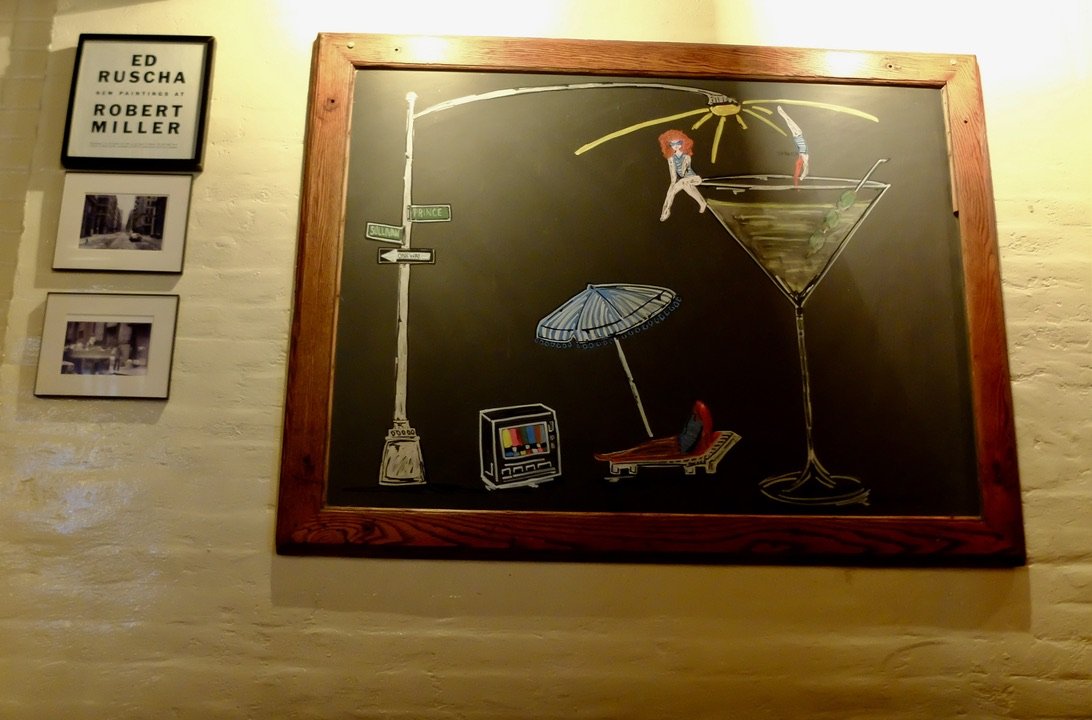
We've eaten here twice in the past.
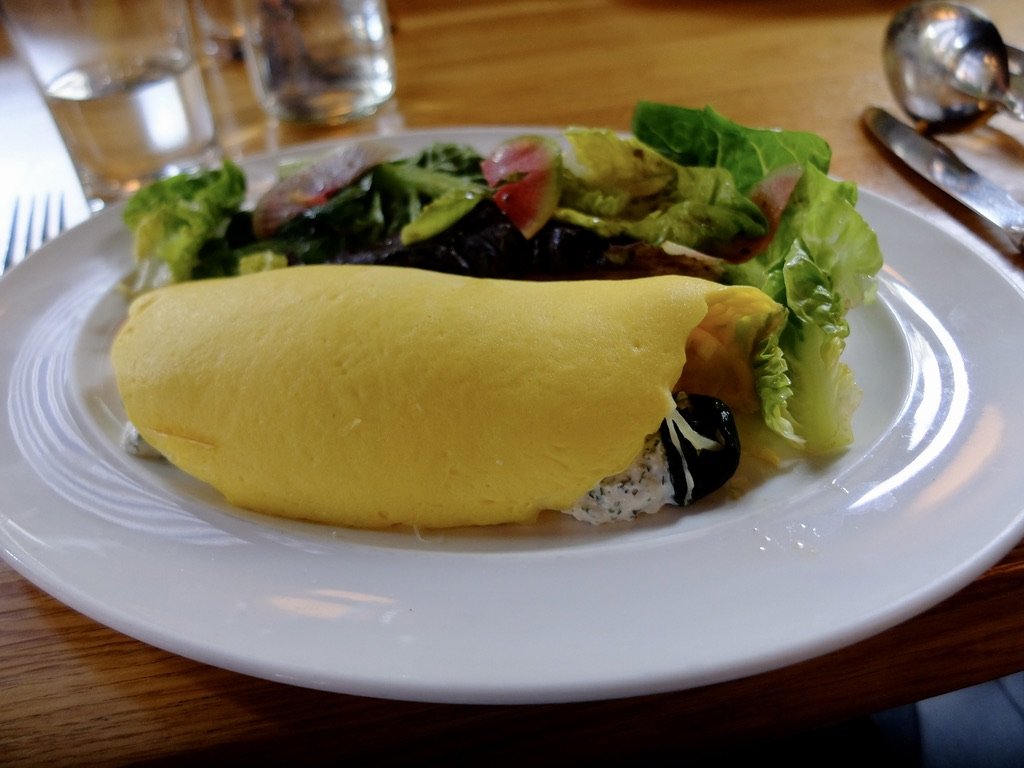
Presentation was still beautiful but the taste didn't match. The oyster po' boy sliders were quite good though.
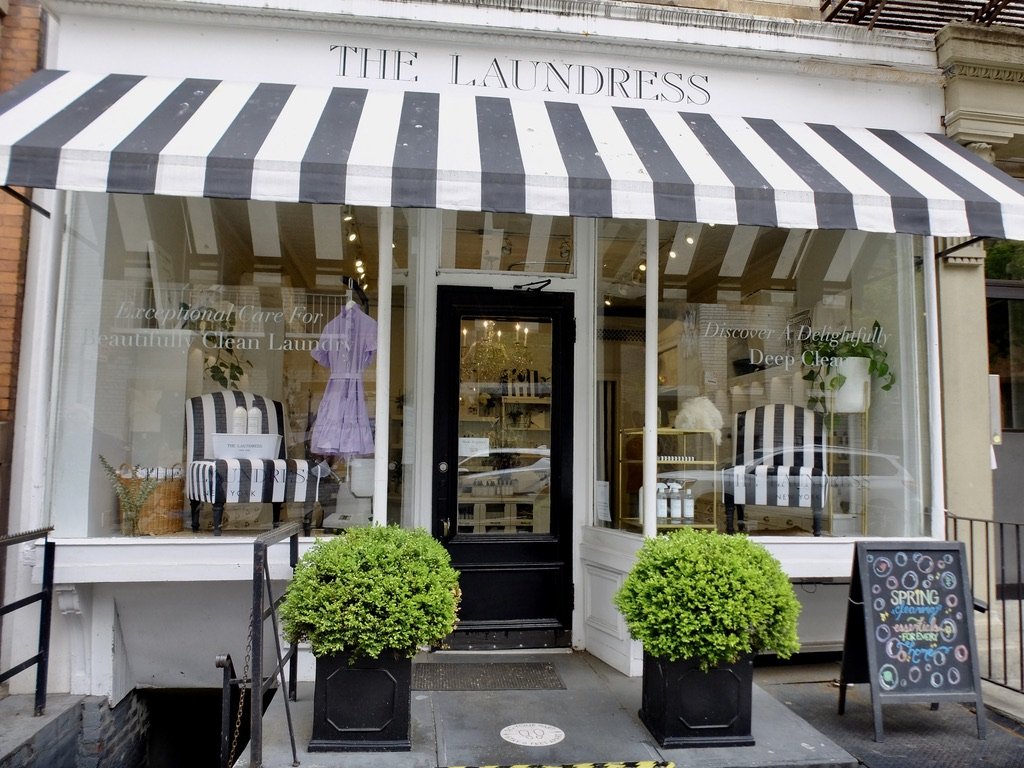
Walking to subway station to return to B'klyn. This laundry/dry cleaning shop was so magnificent that I wanted to take off my clothing & leave it here...
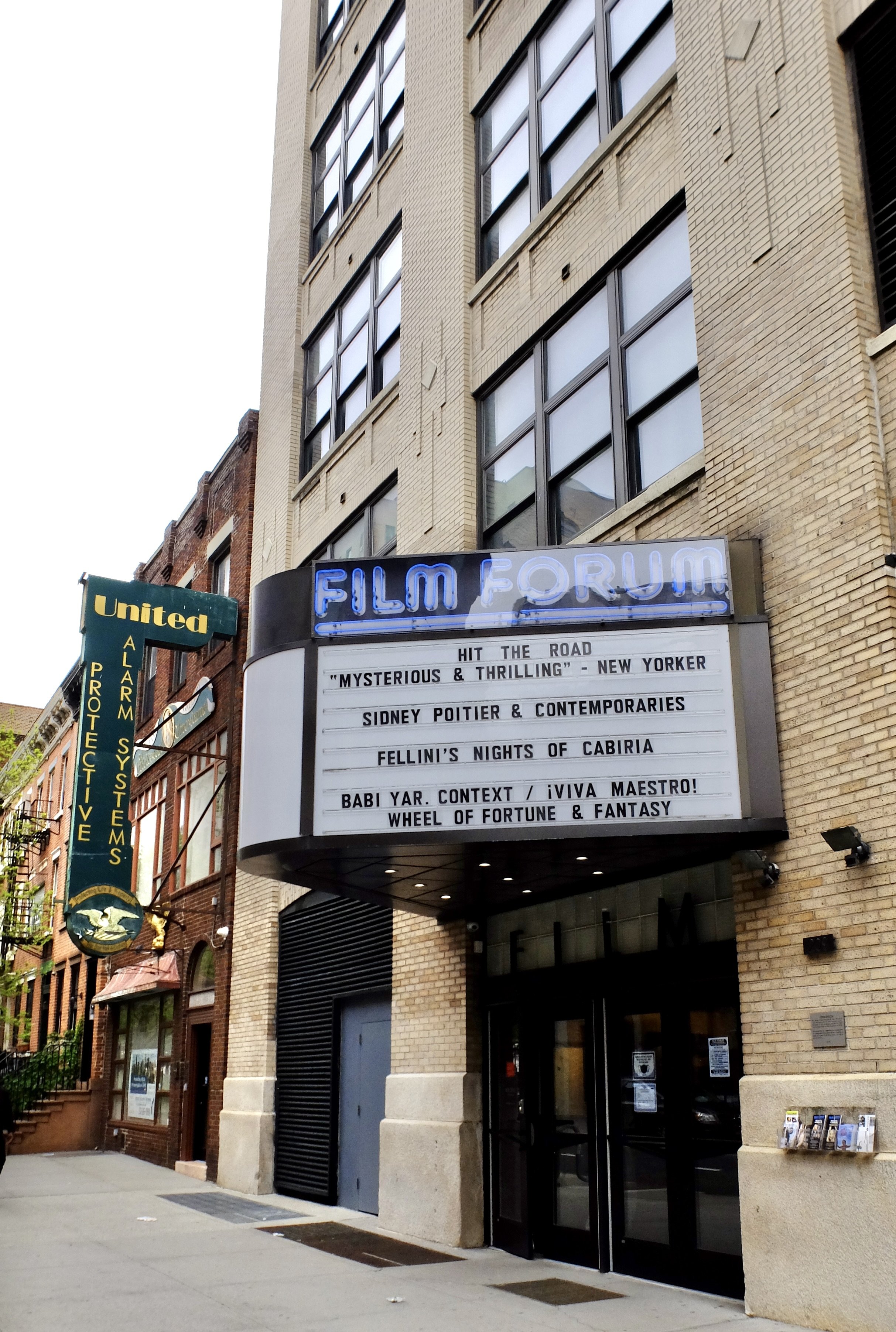
-
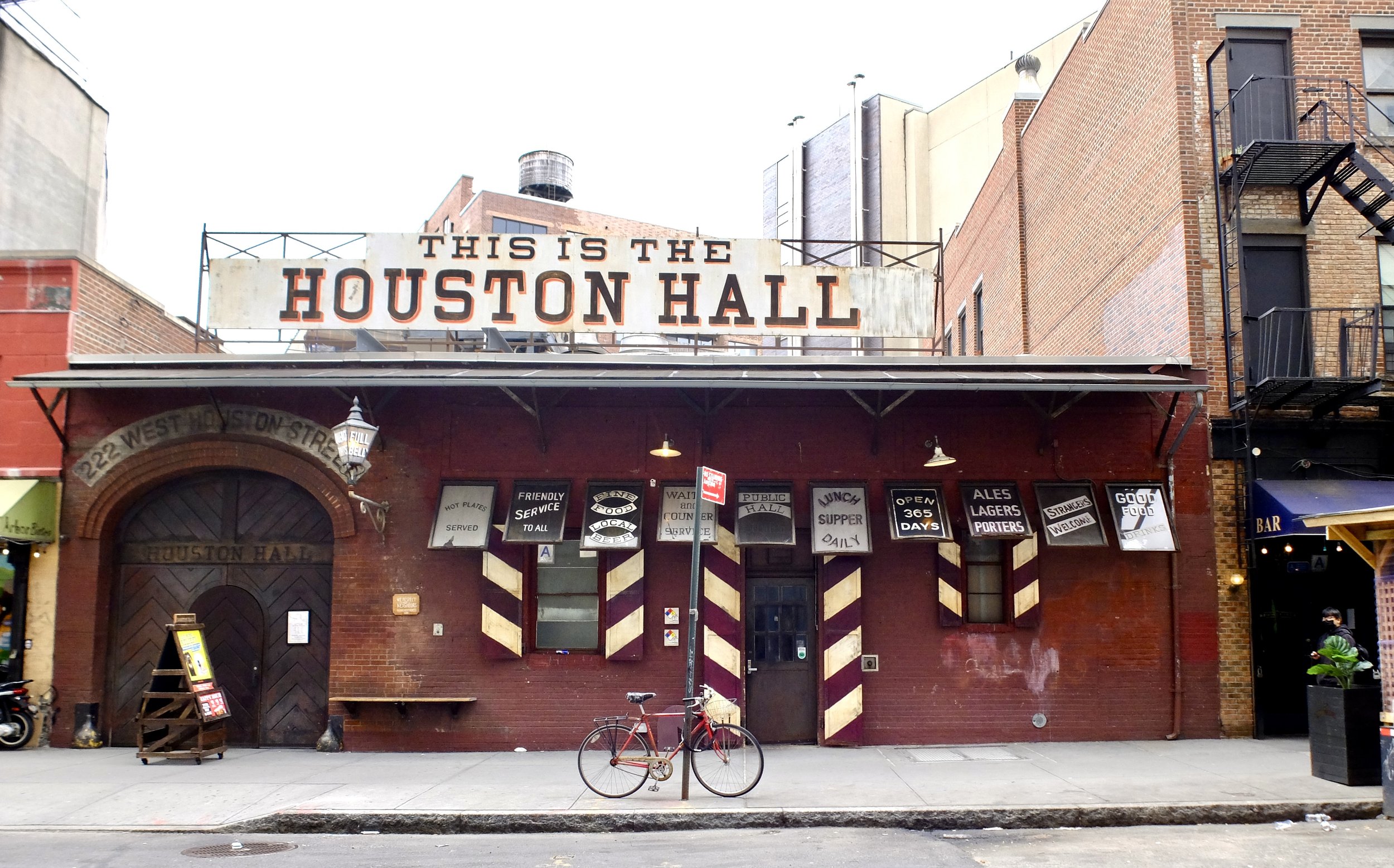
-
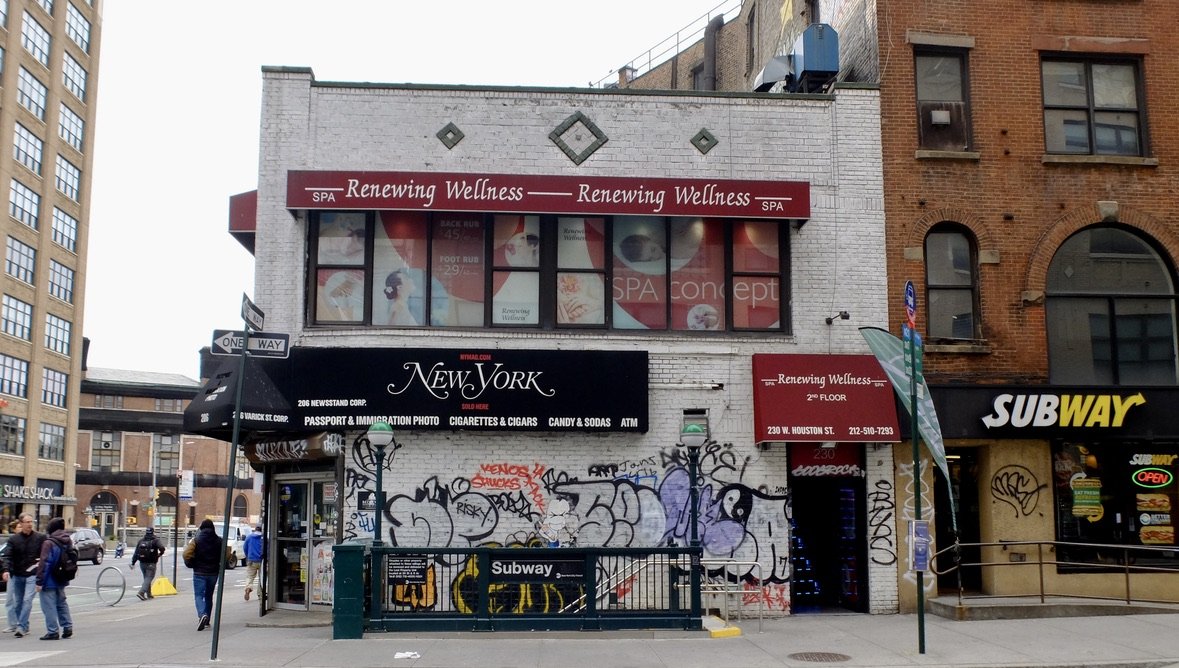
Can you find the subway entrance?
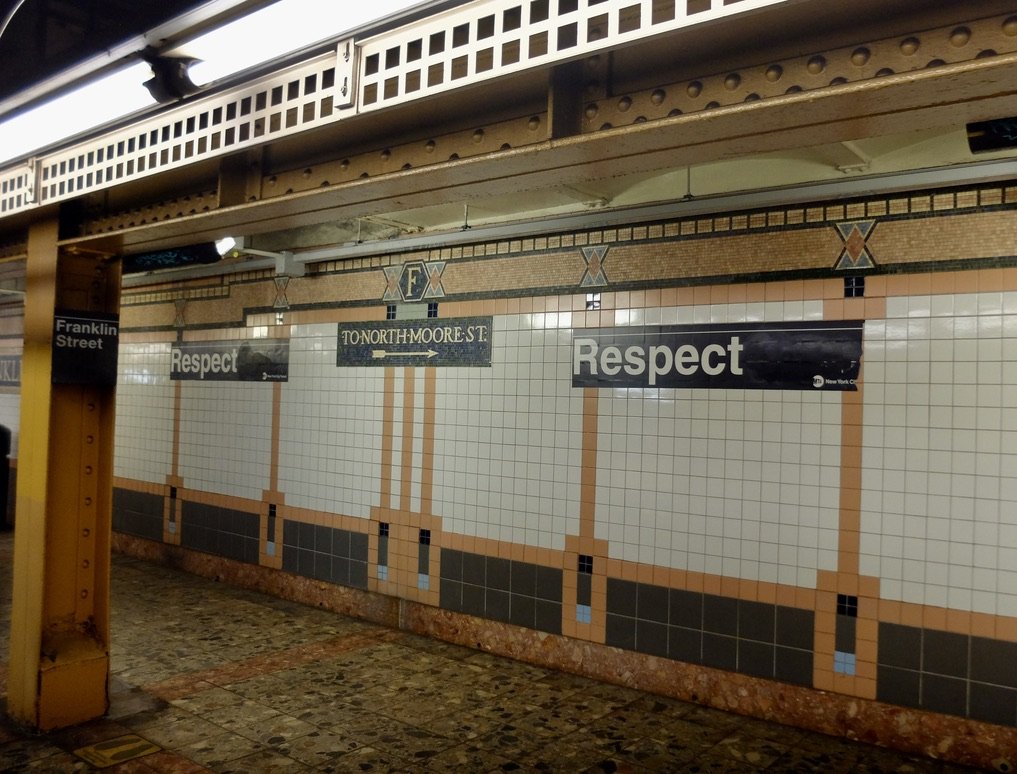
Installed by the MTA after Aretha died in August 2018.
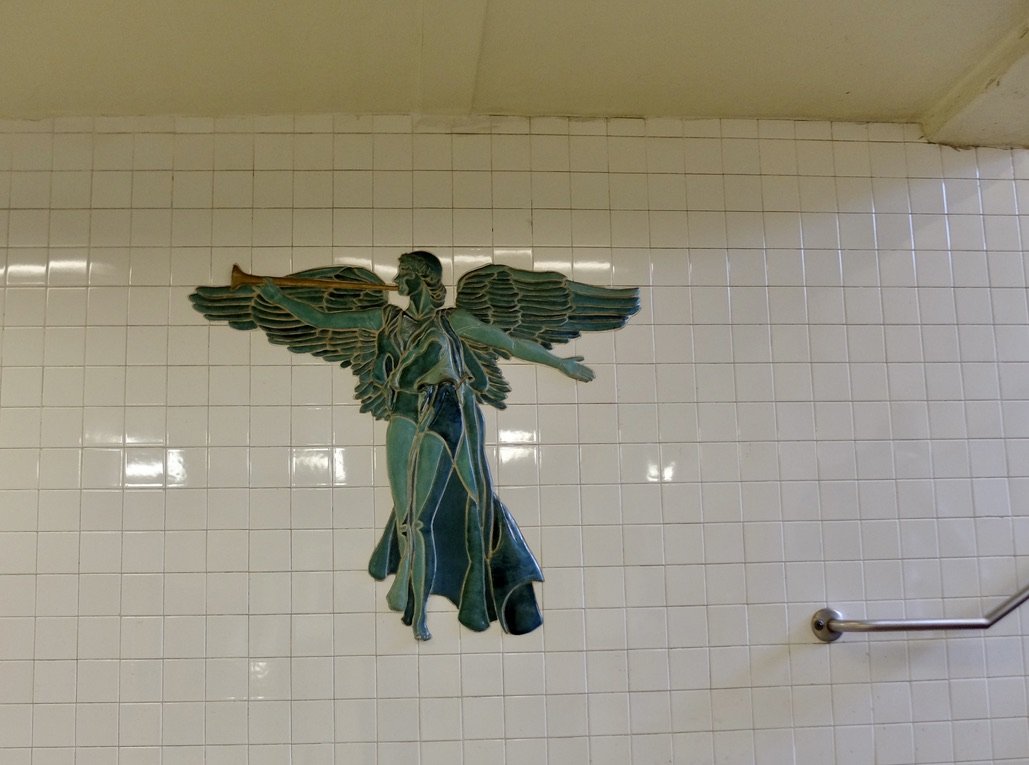
Grand Army Plaza subway station in Brooklyn. We had never before exited this station.
